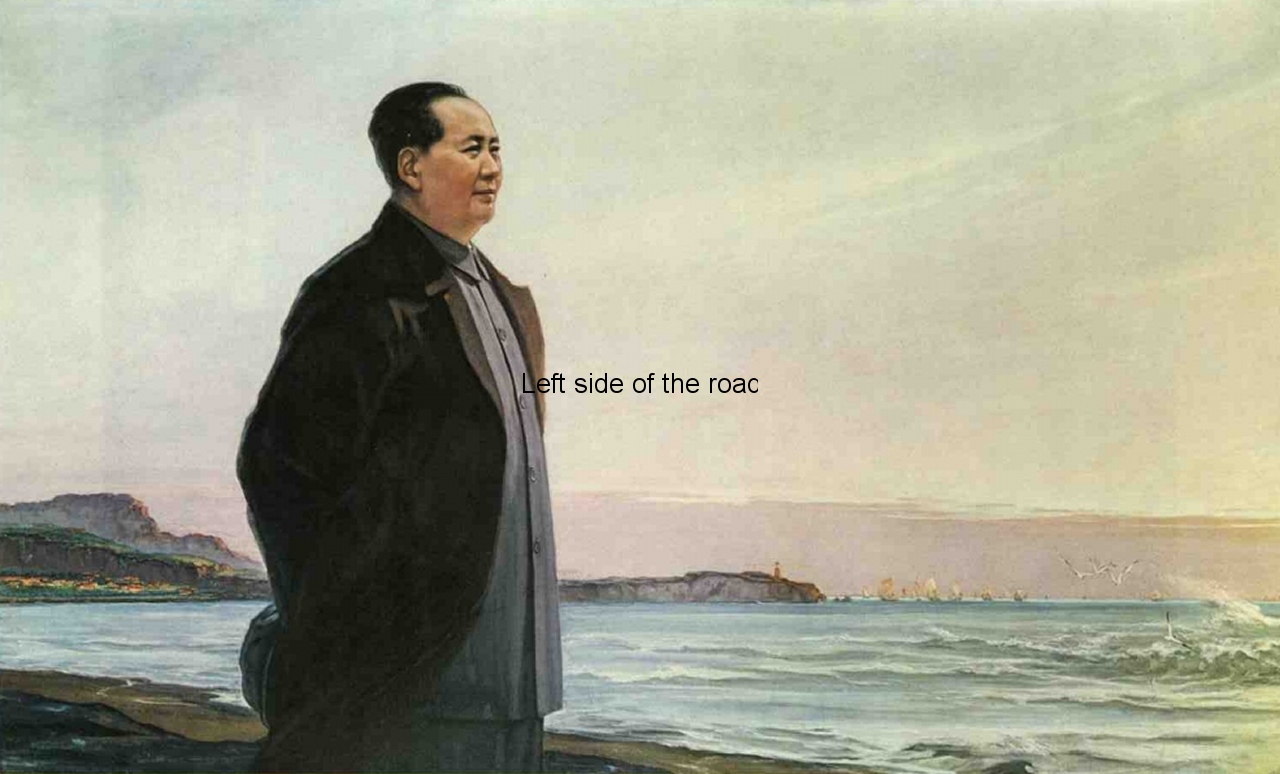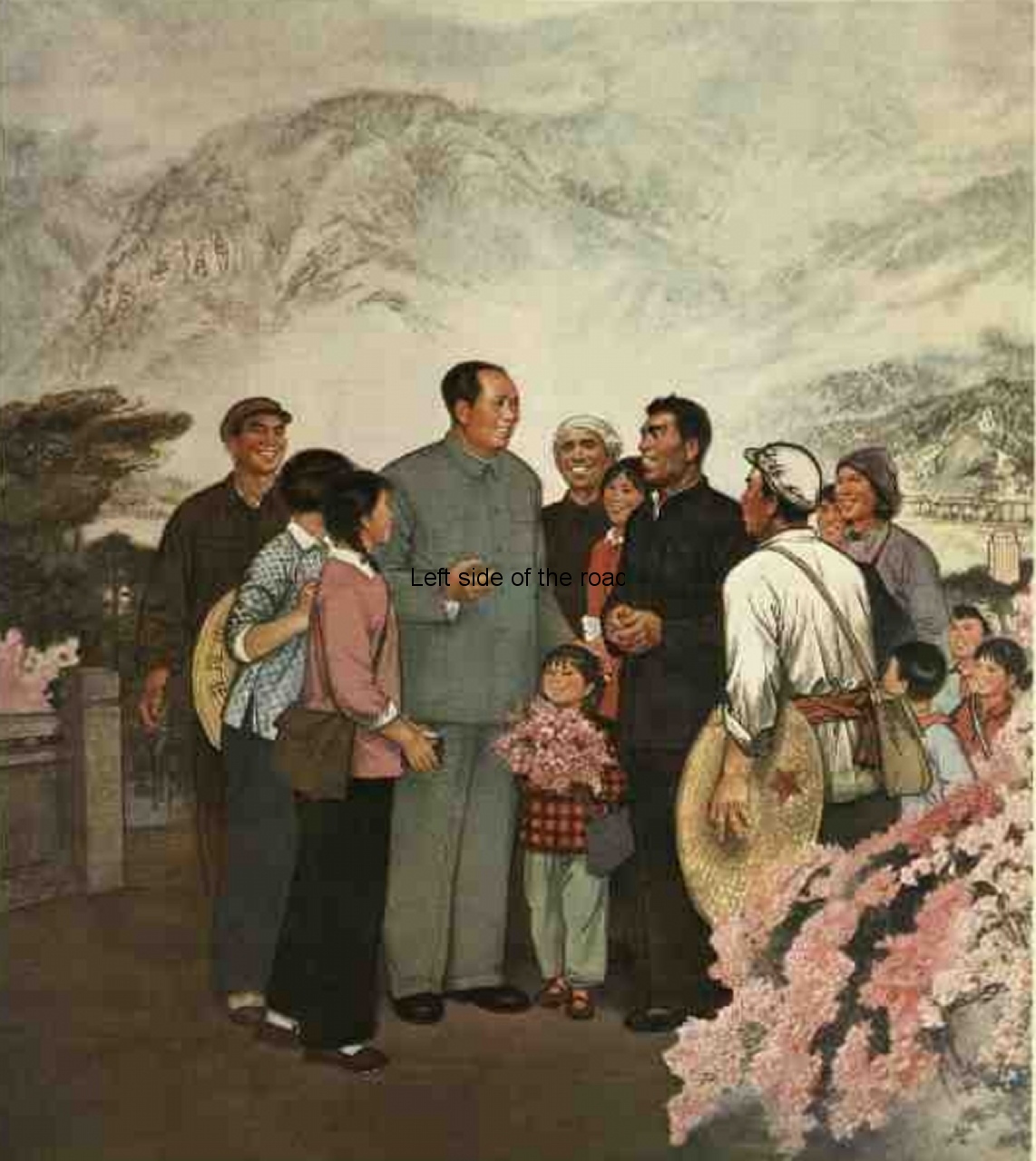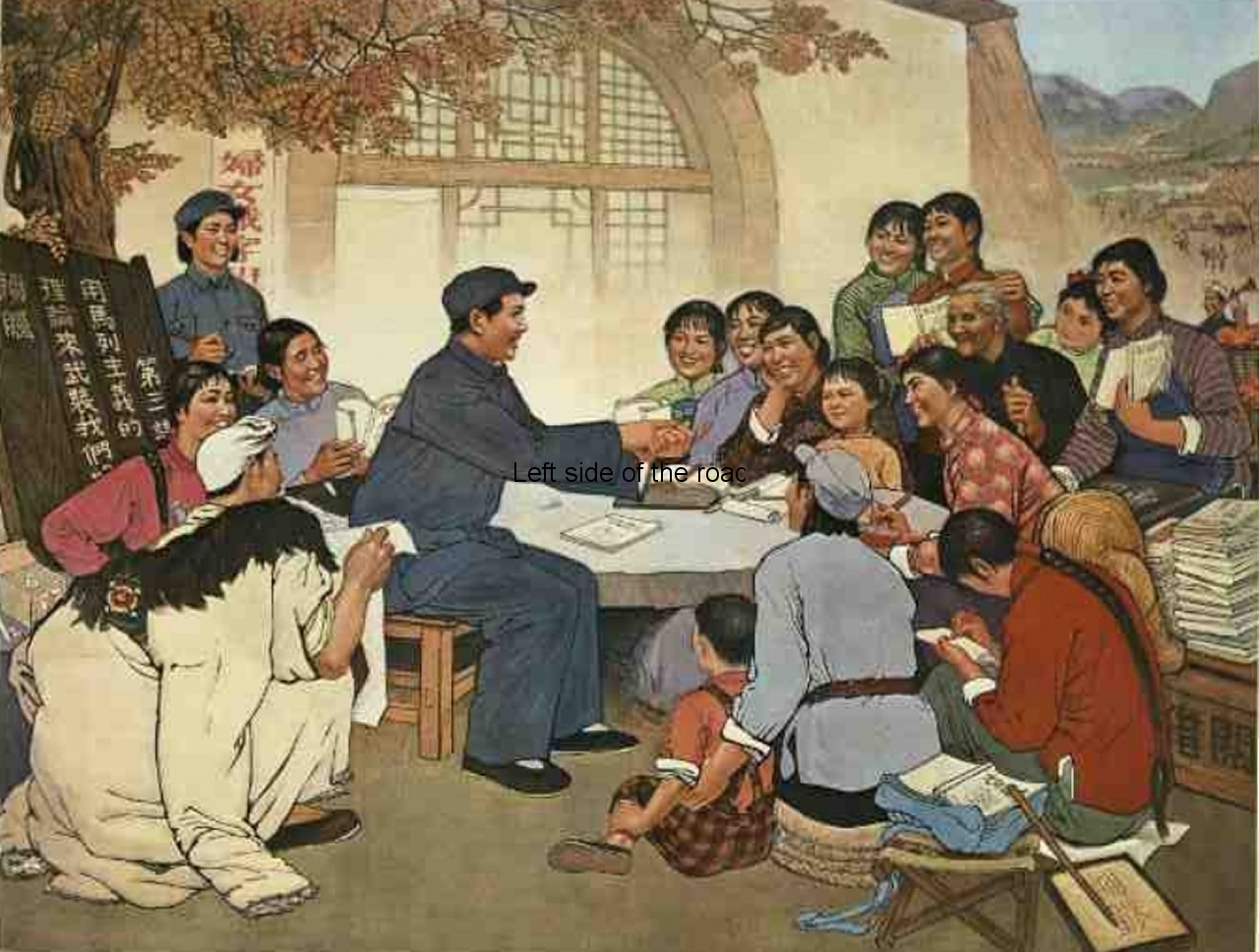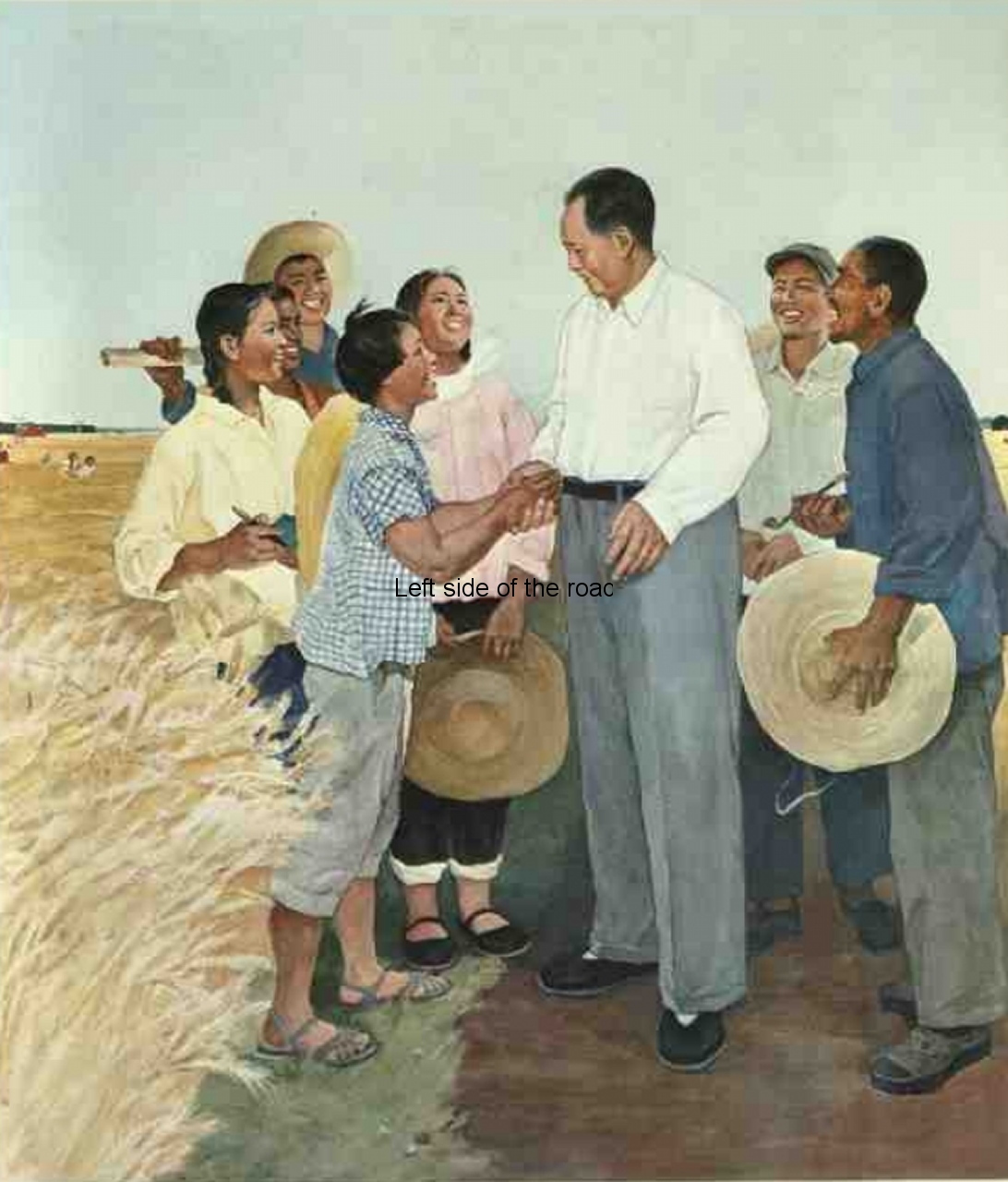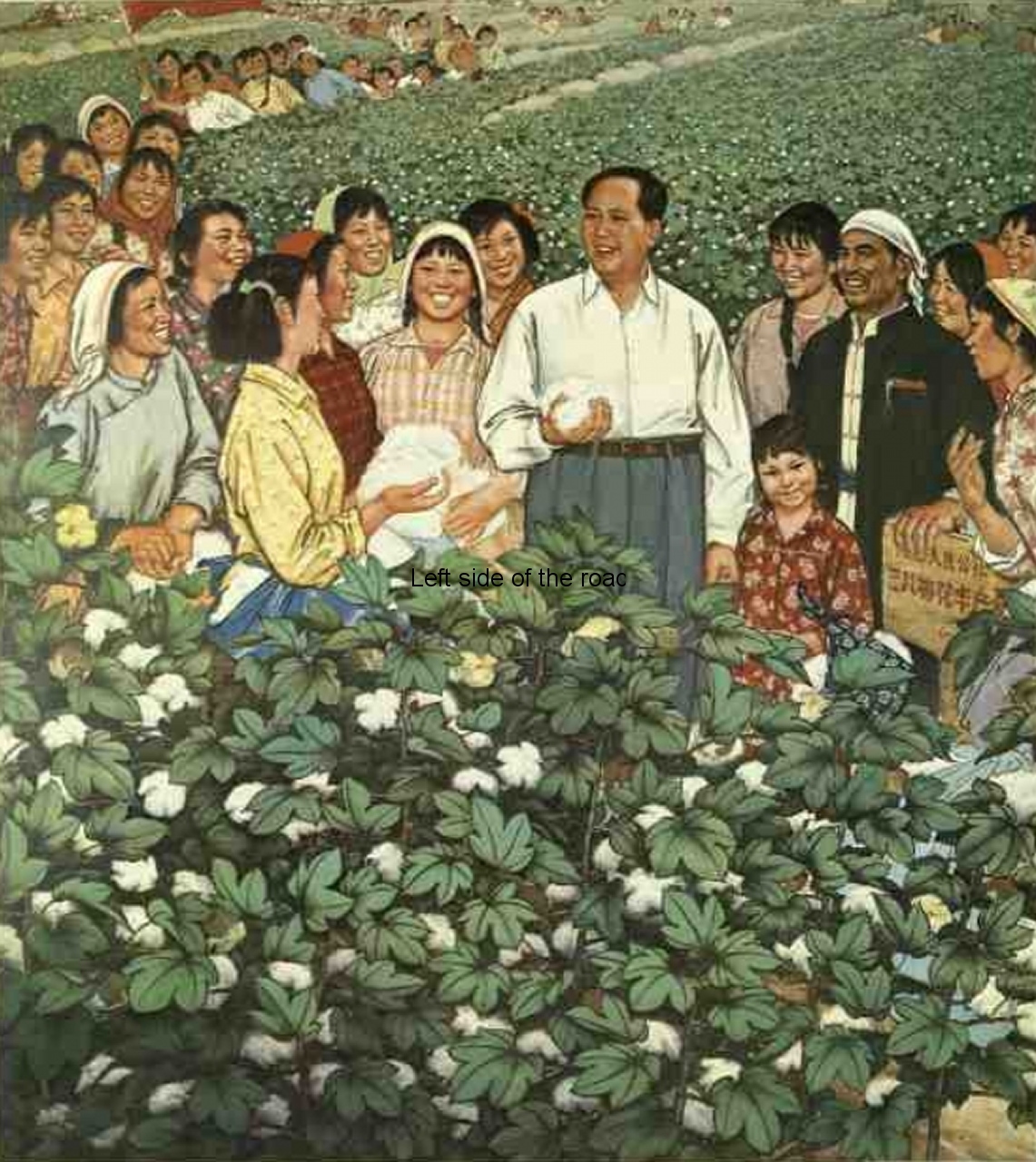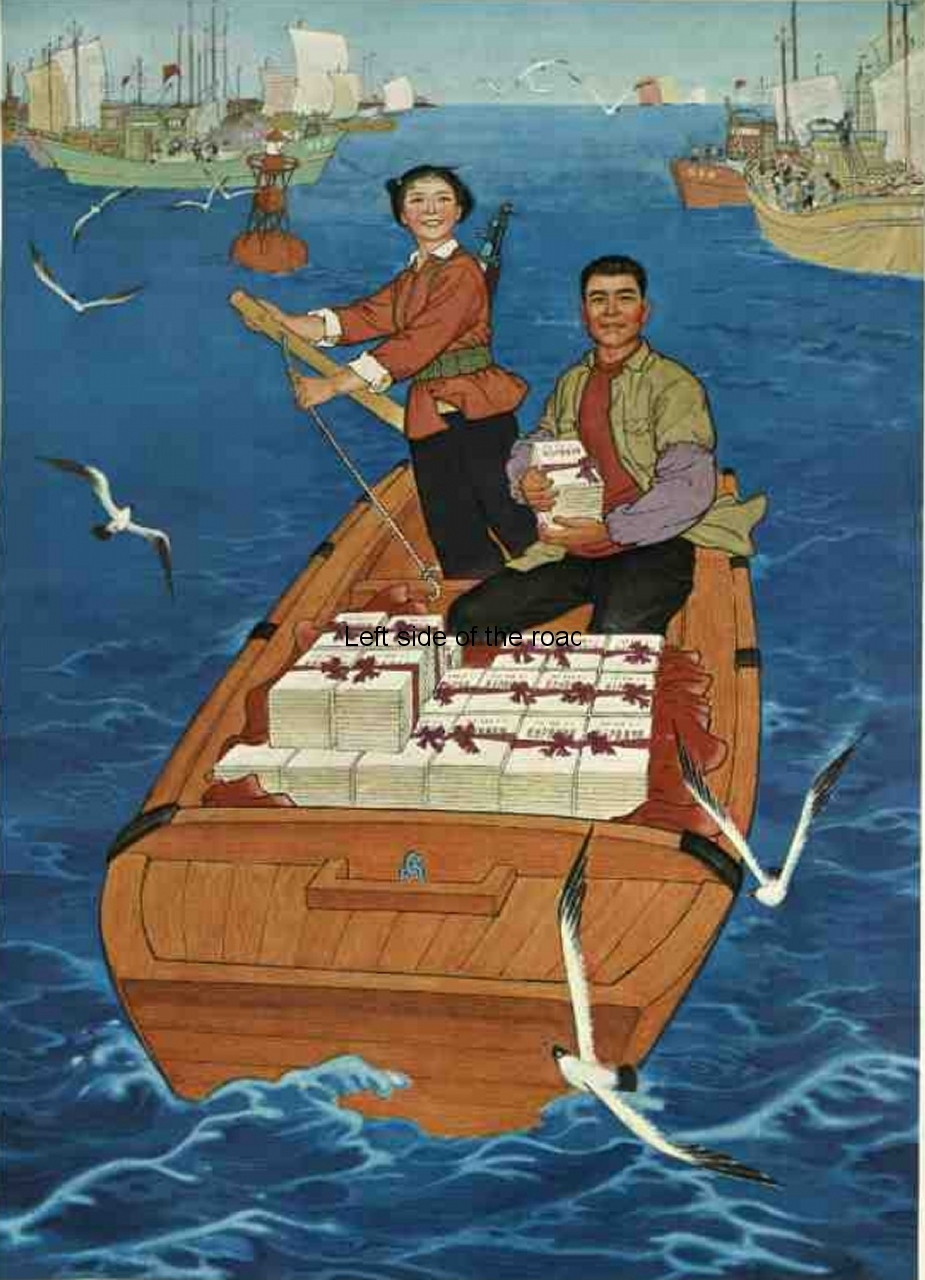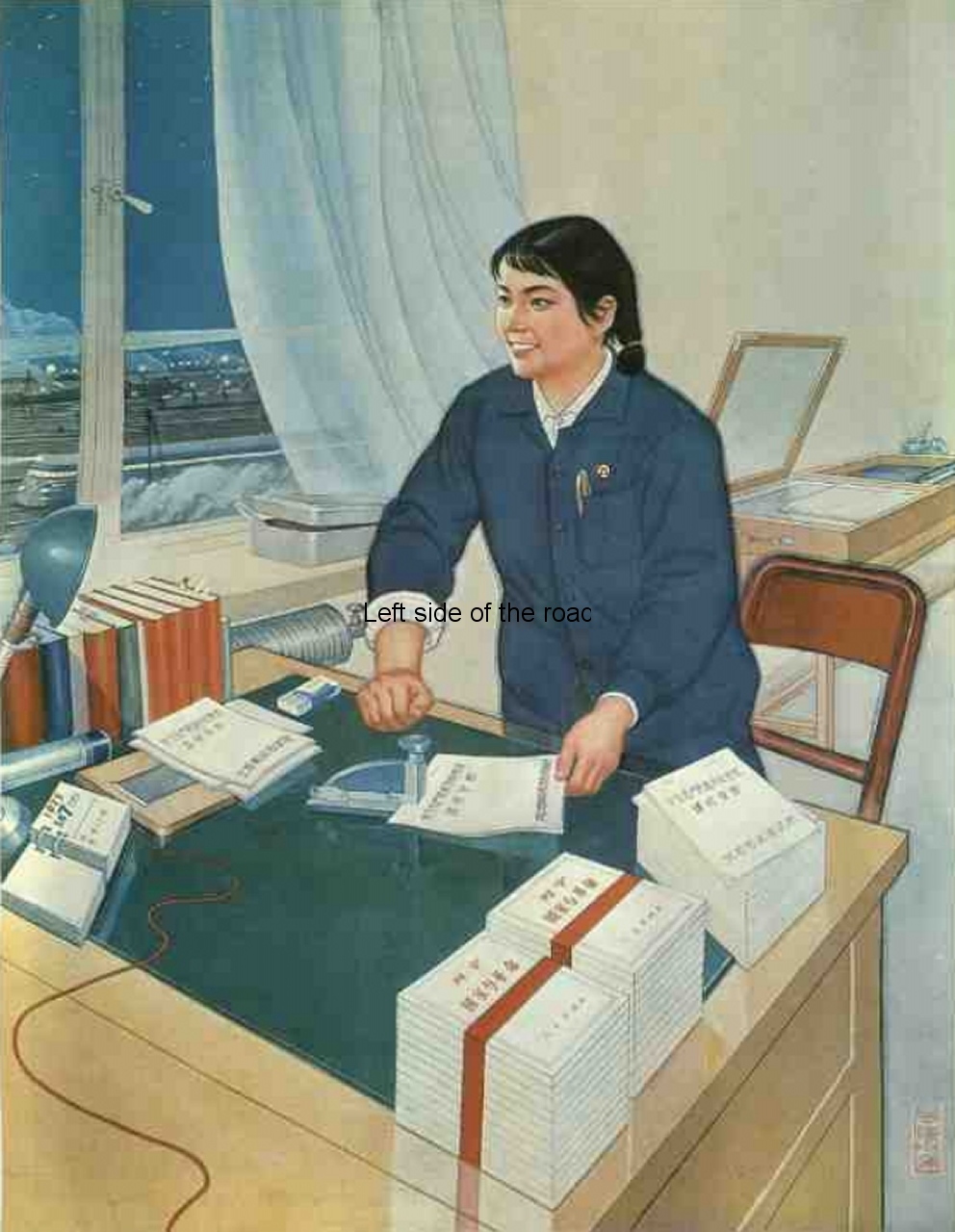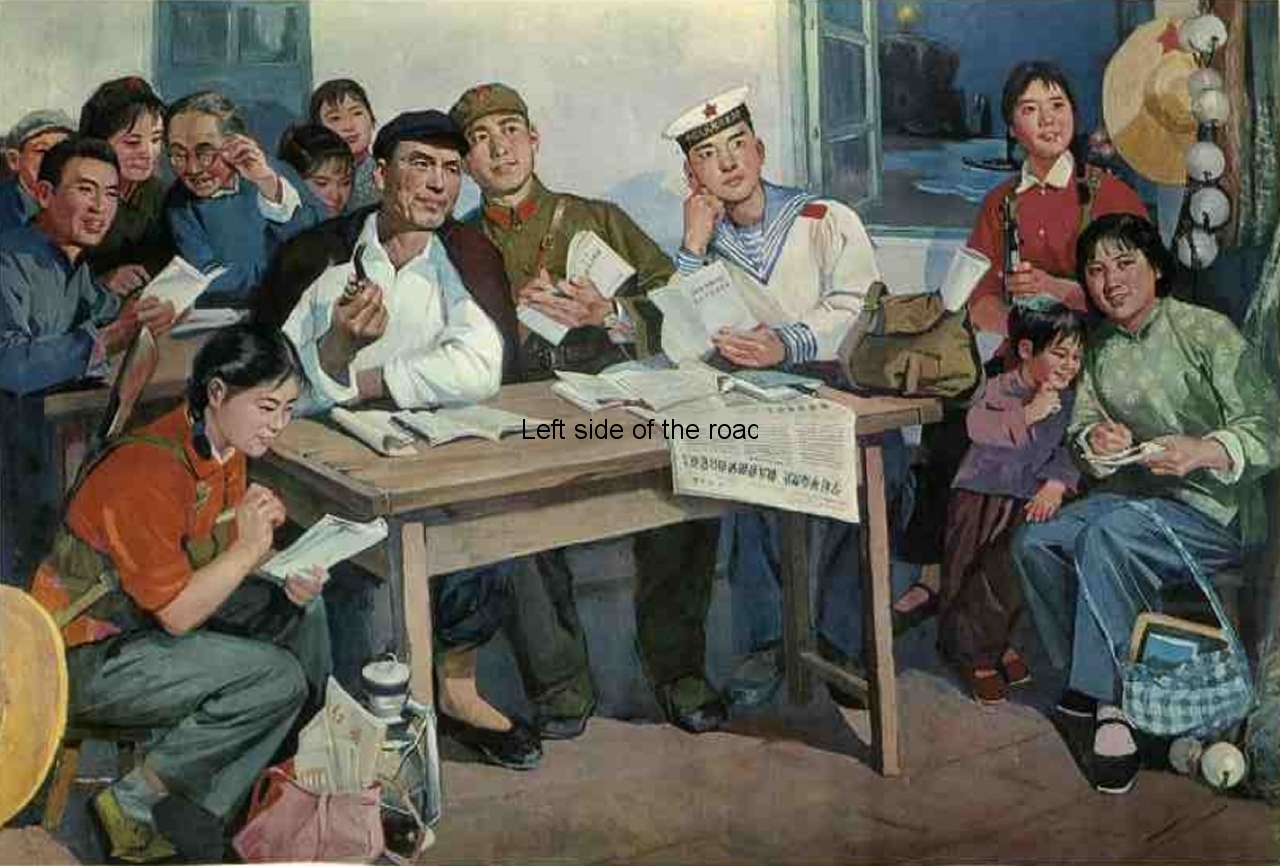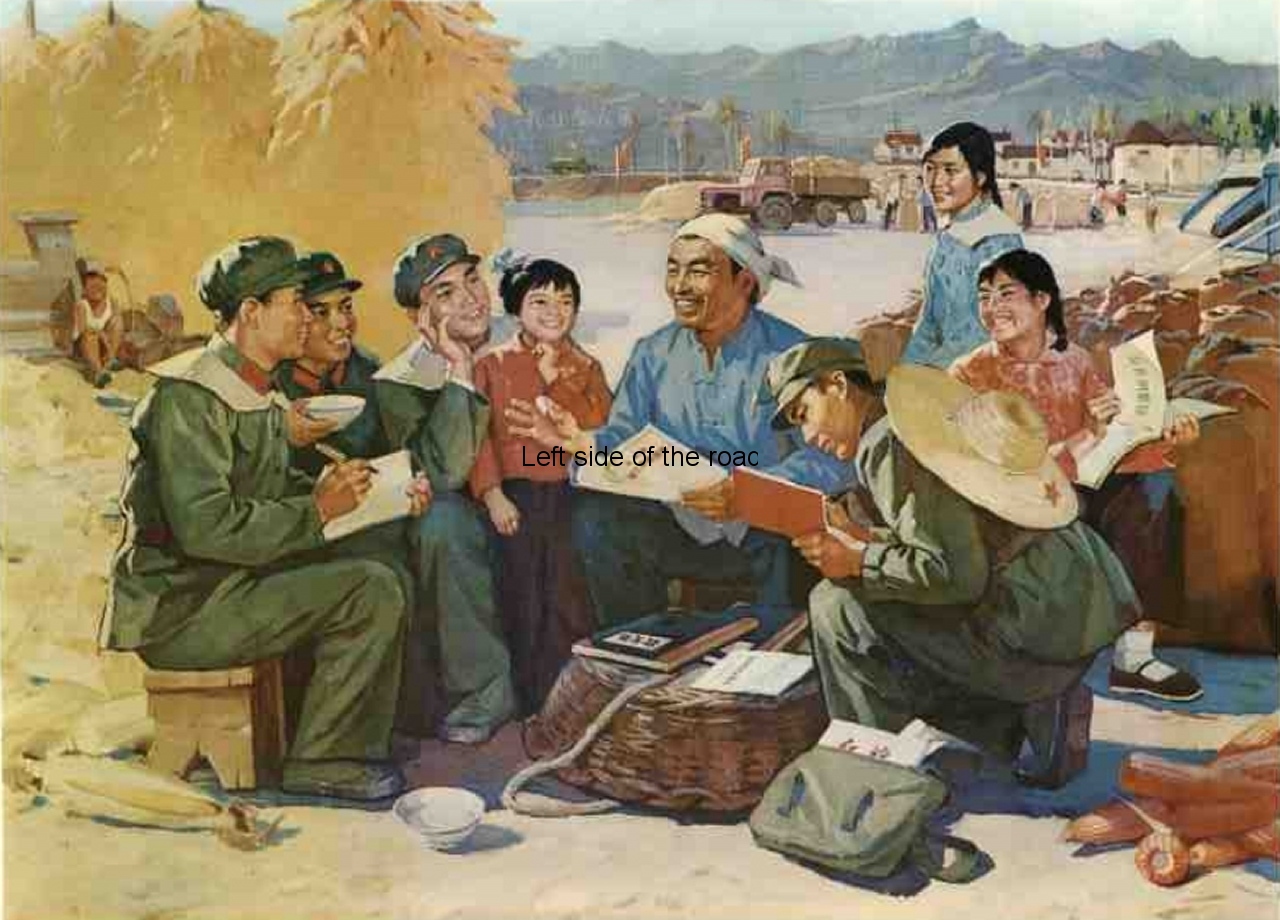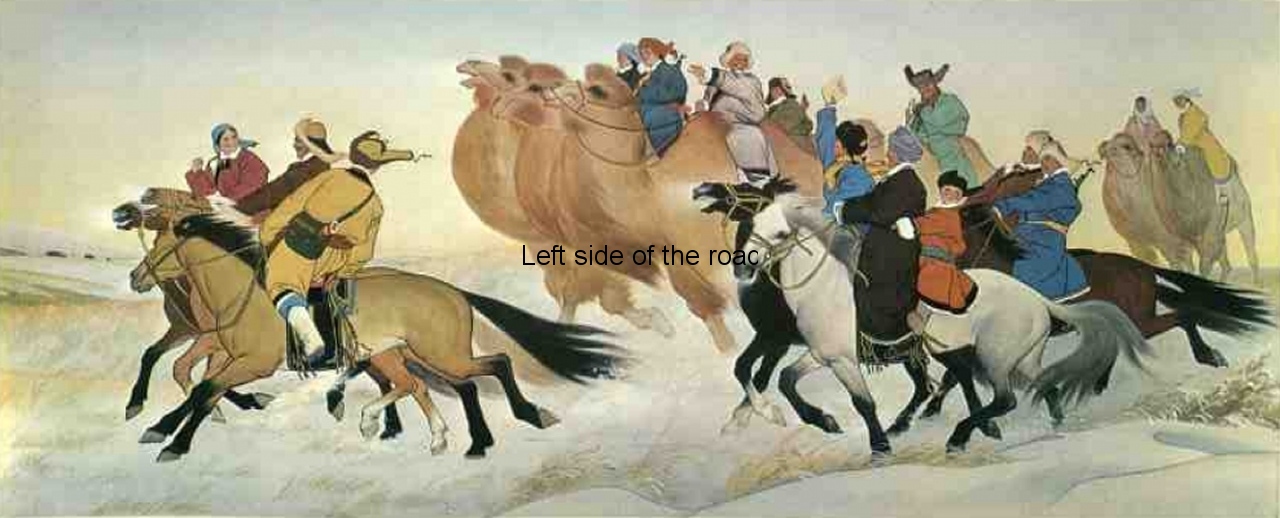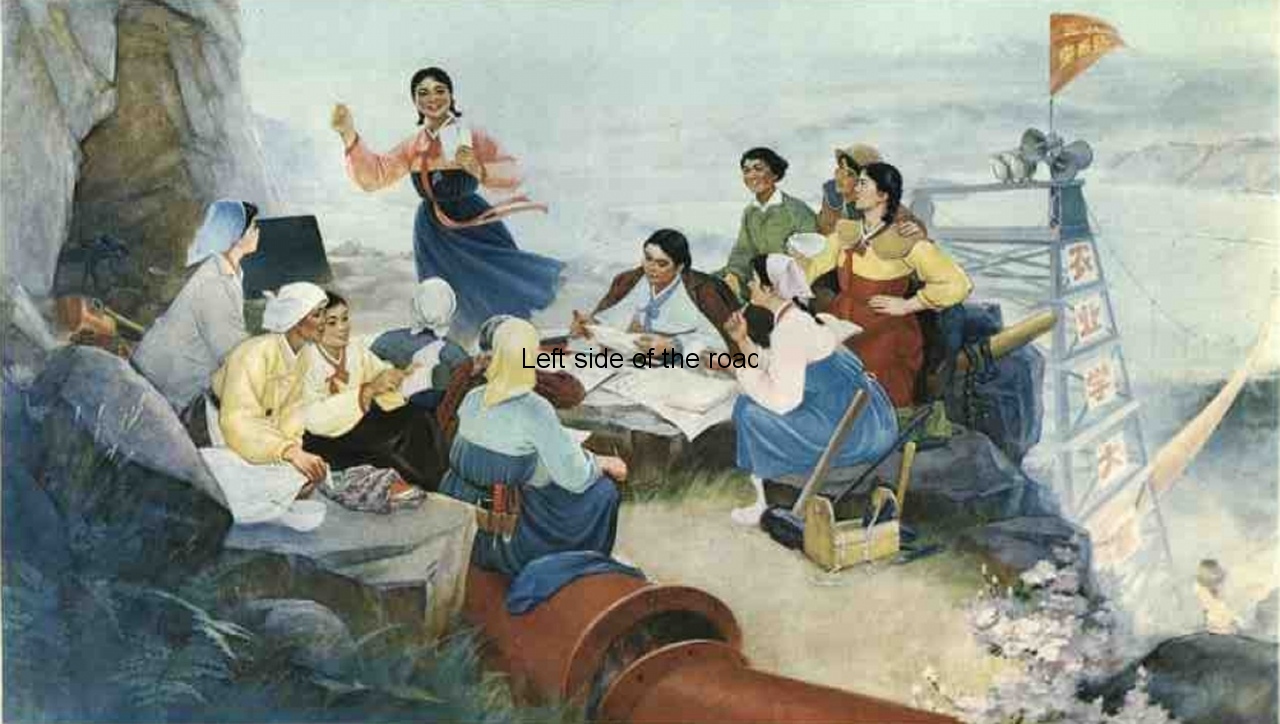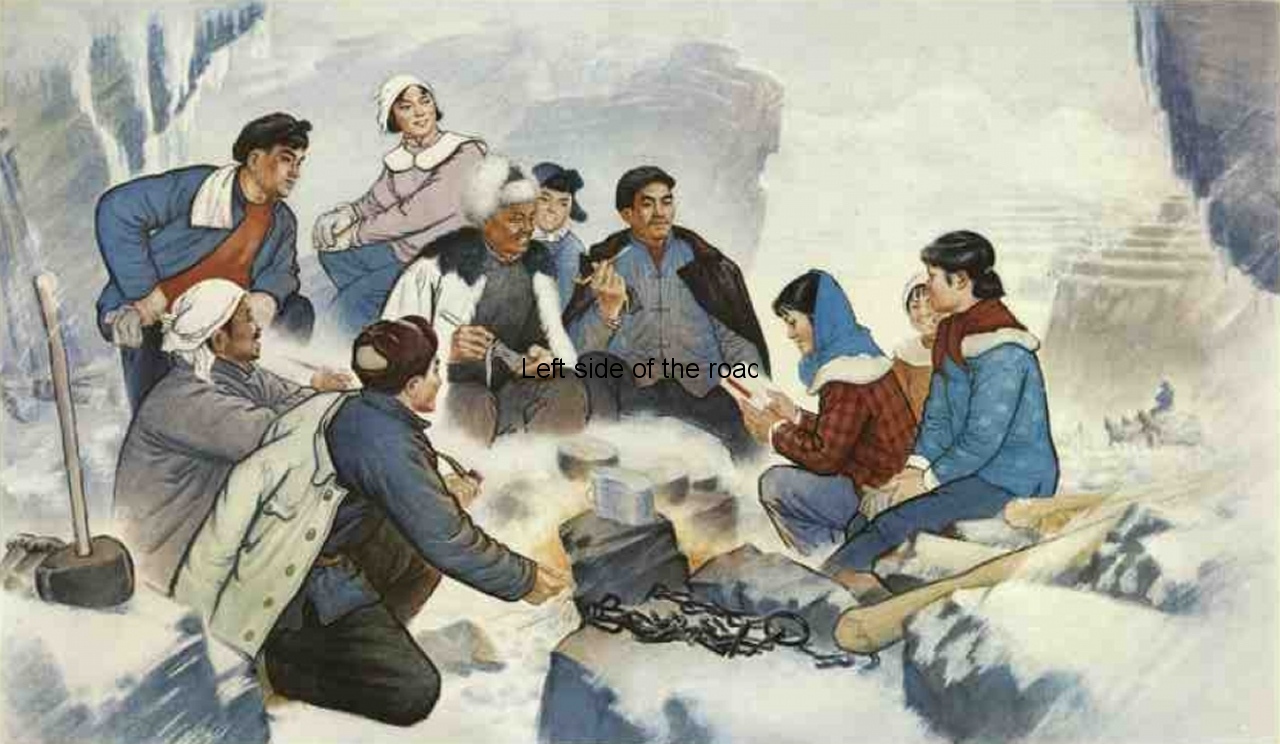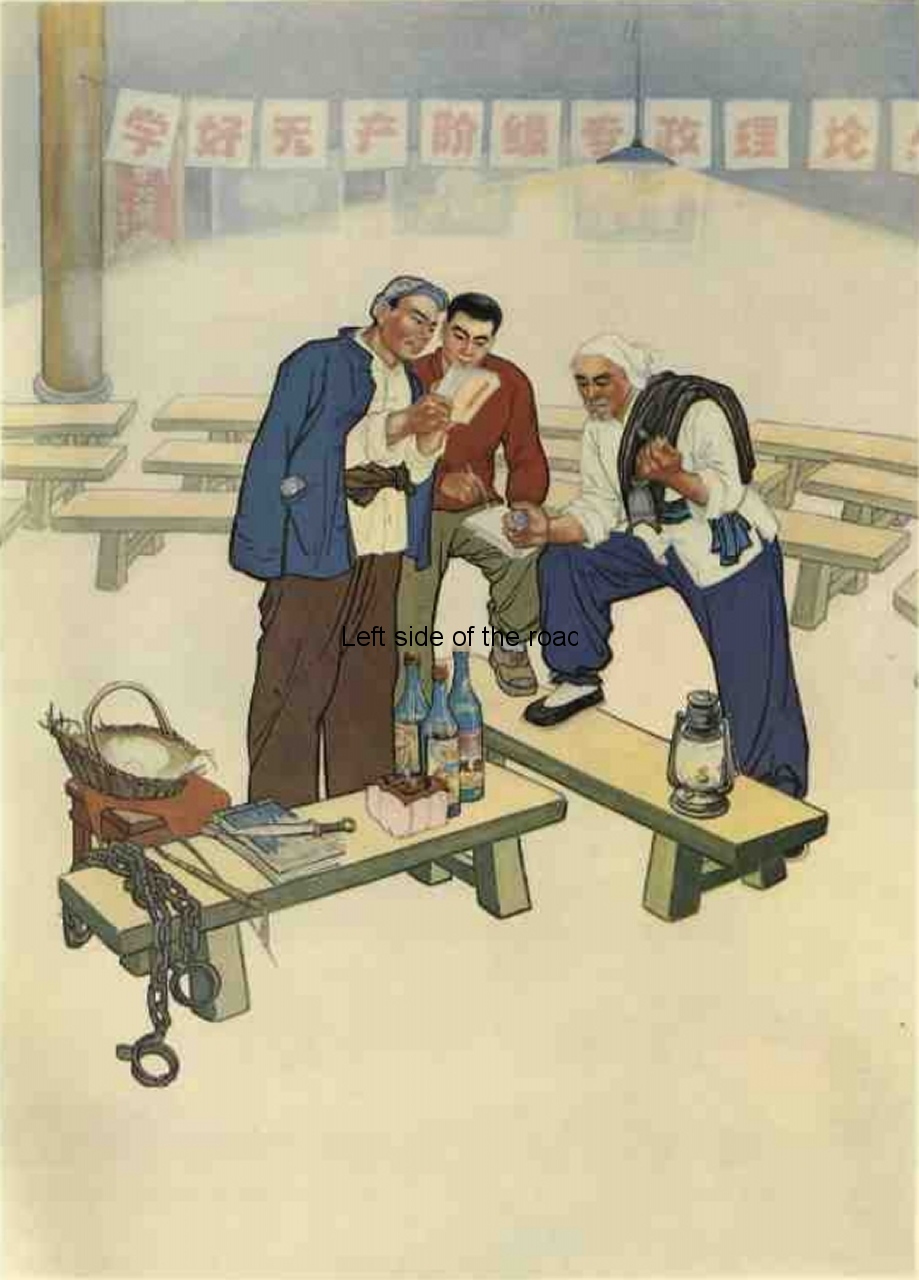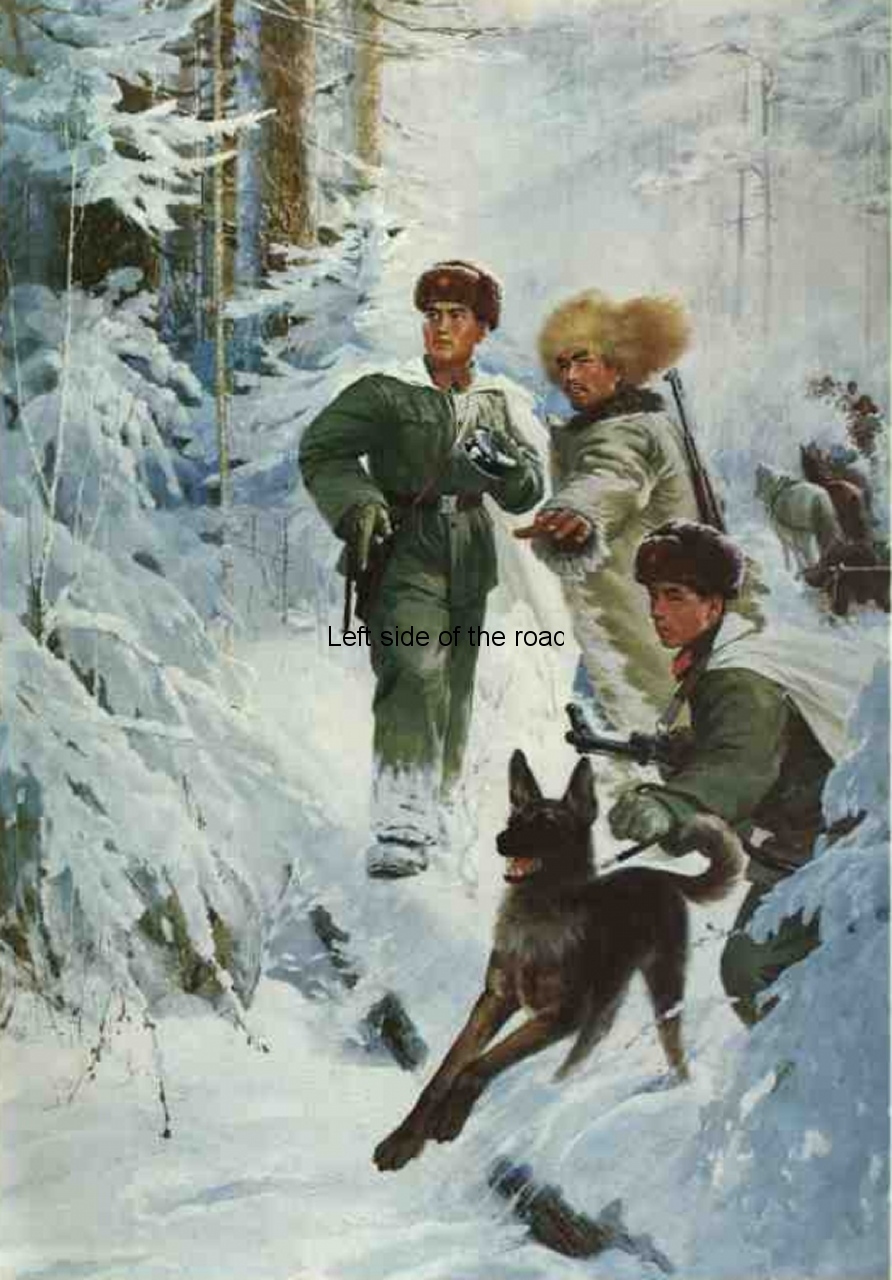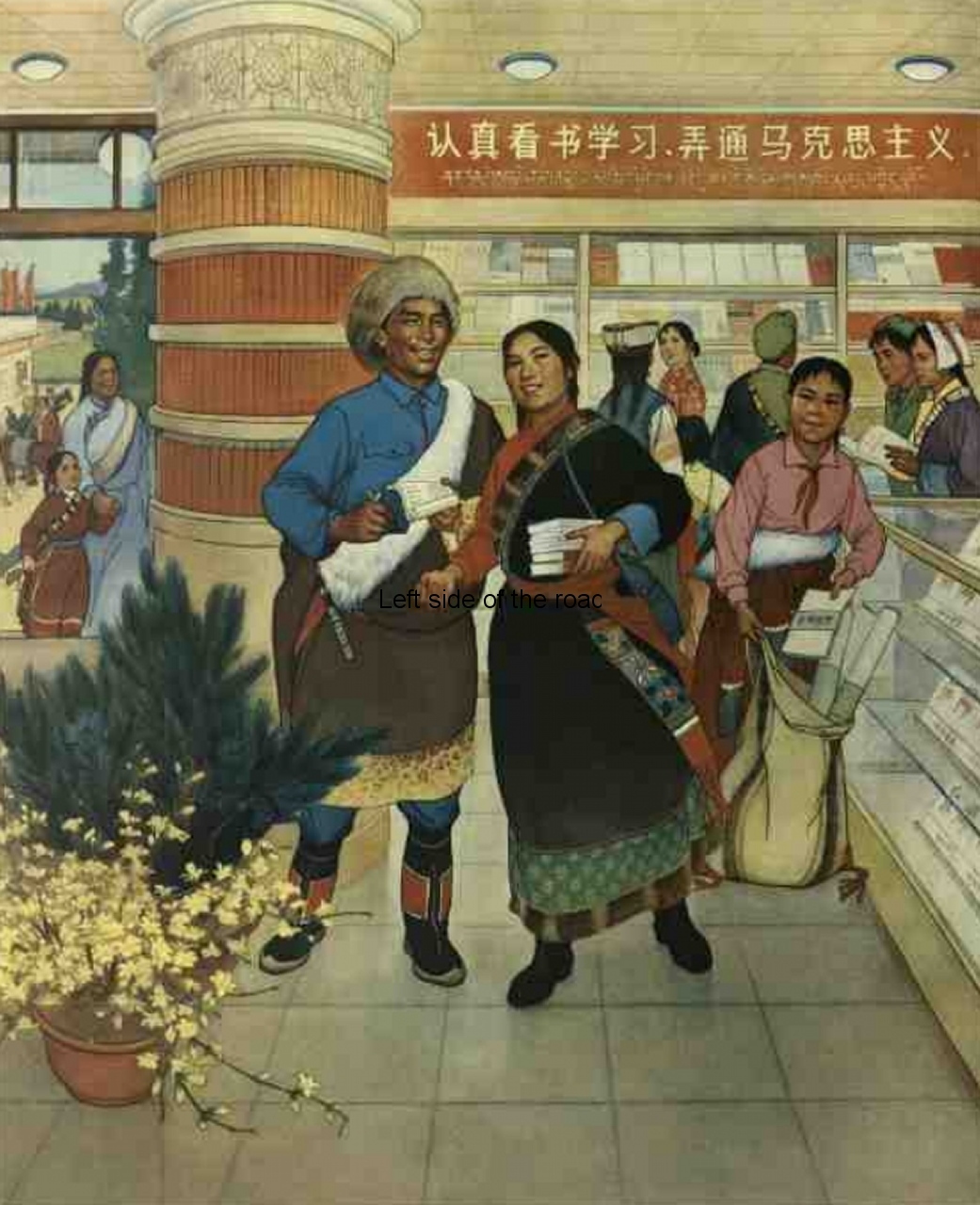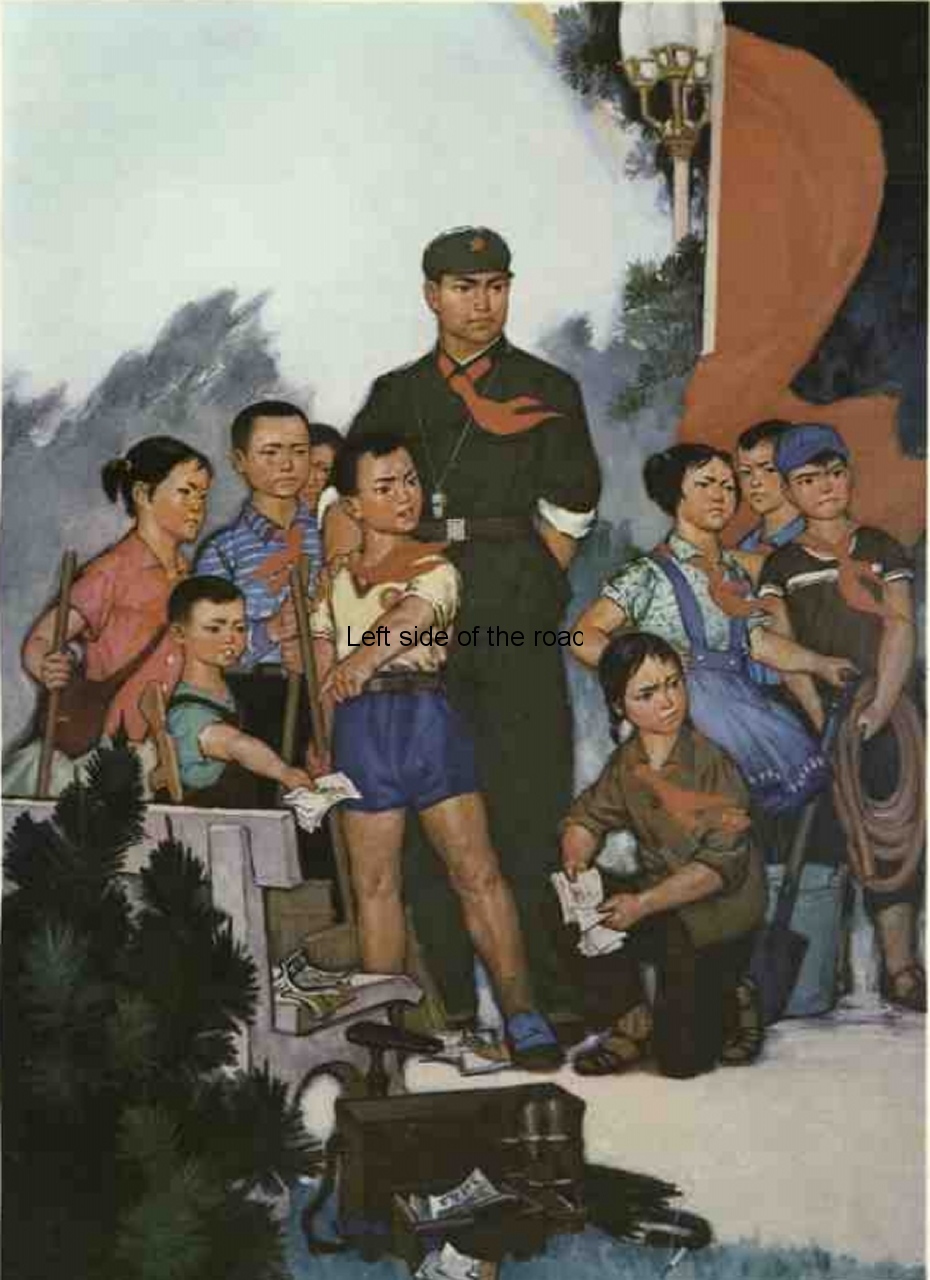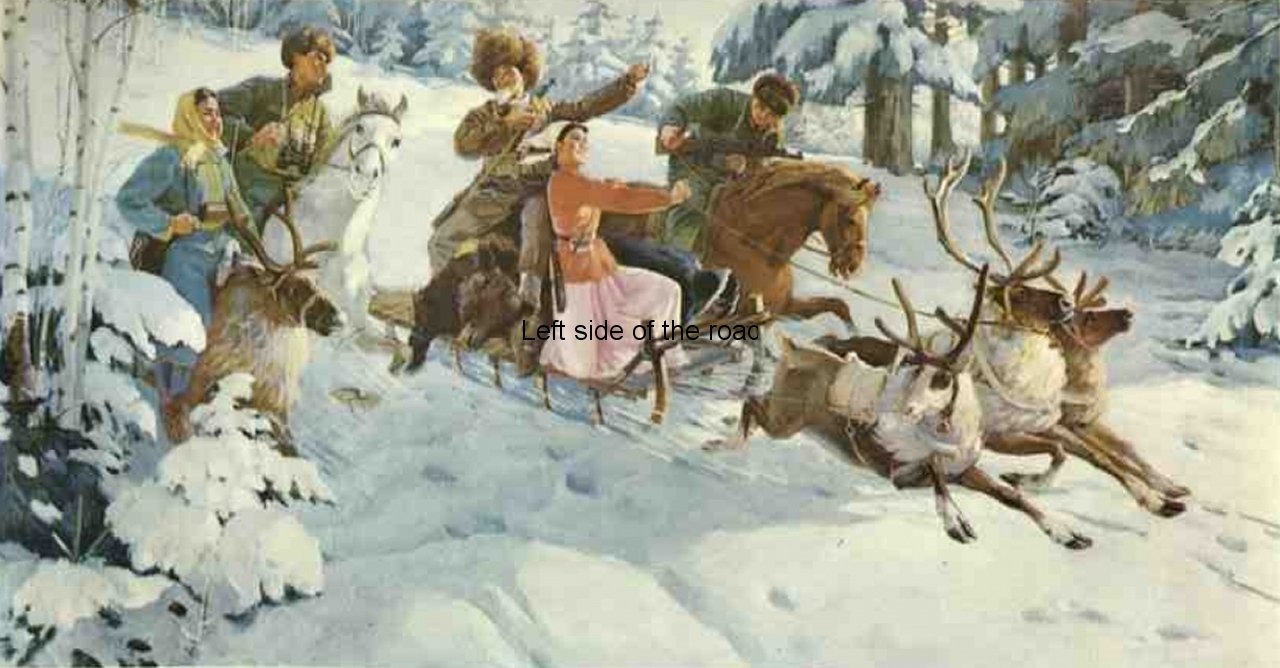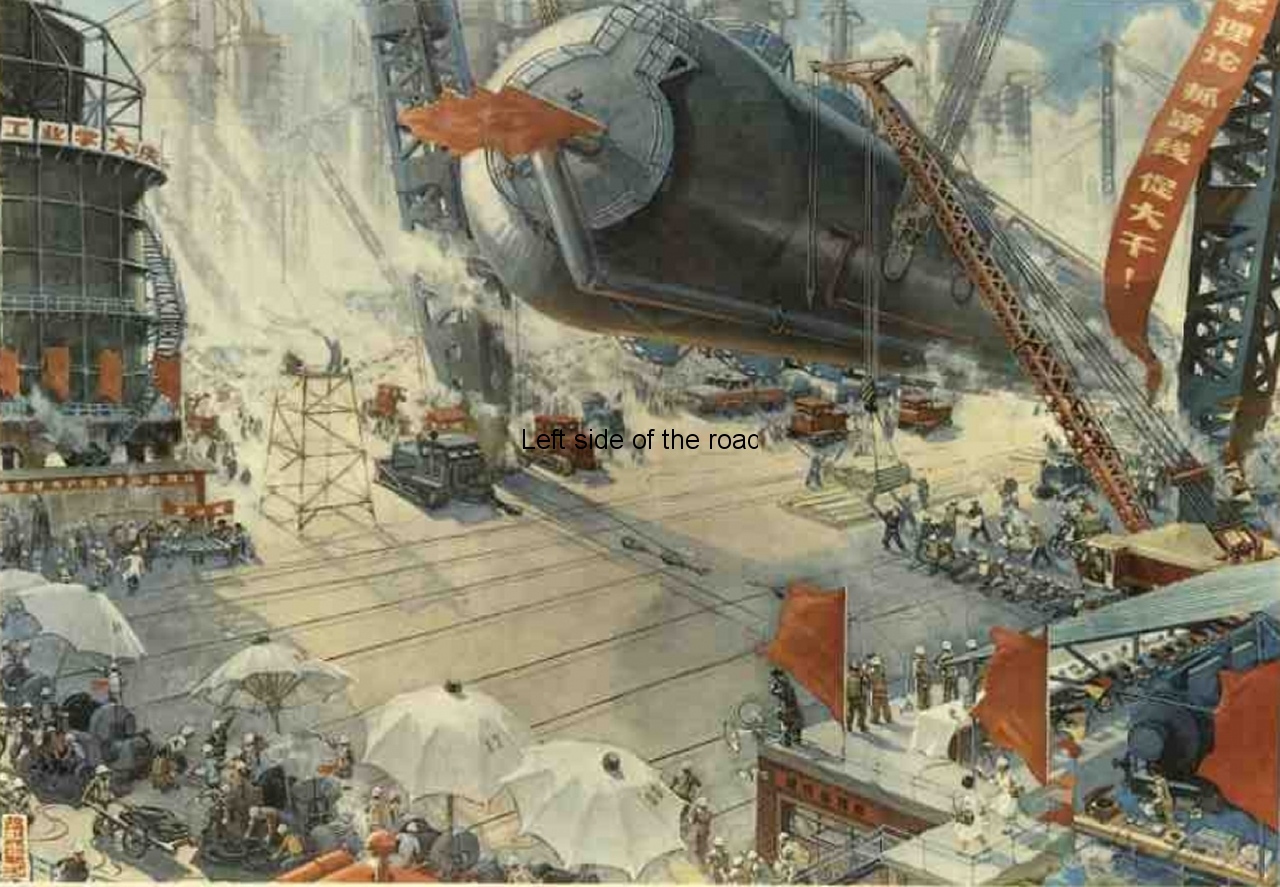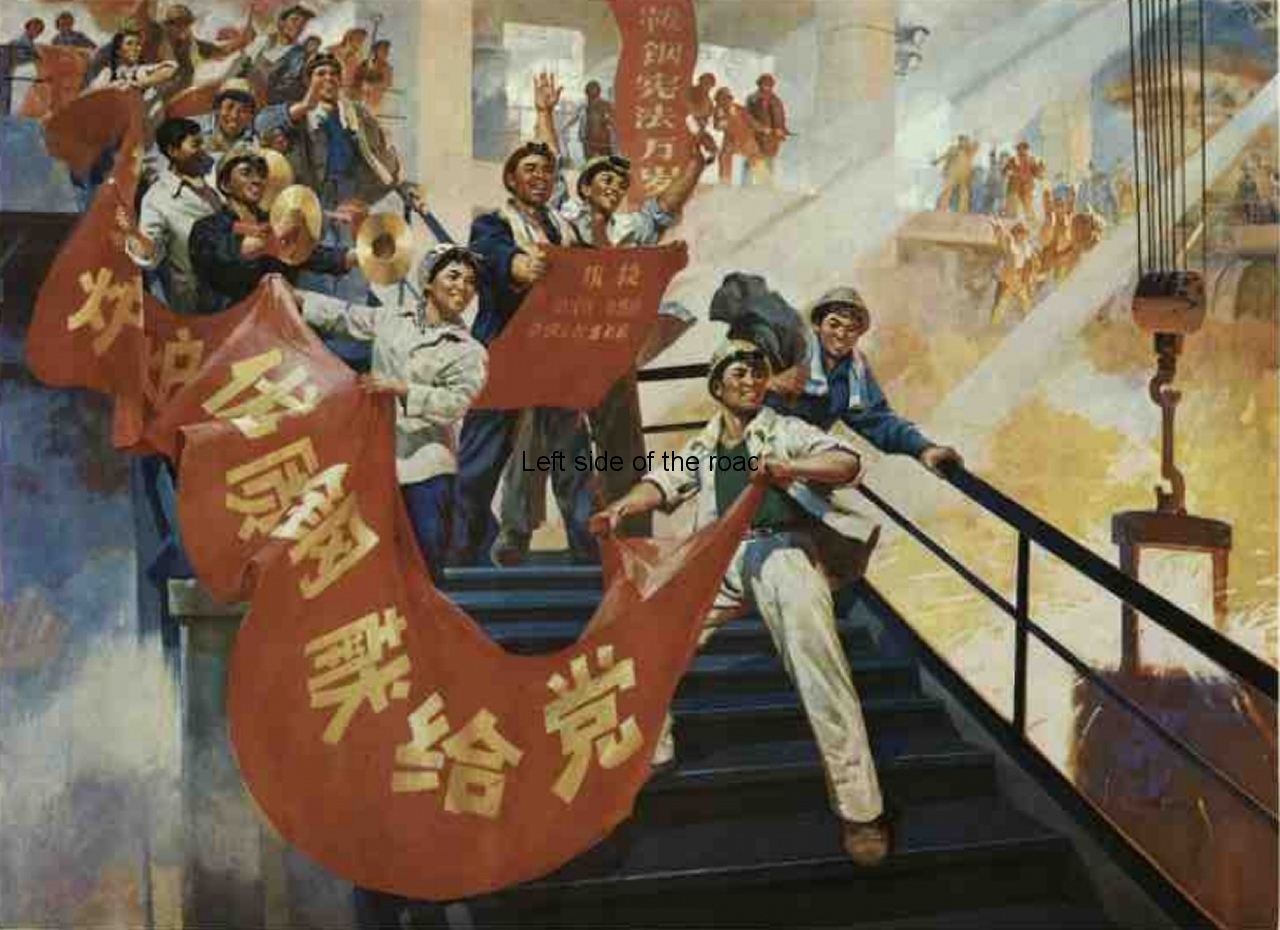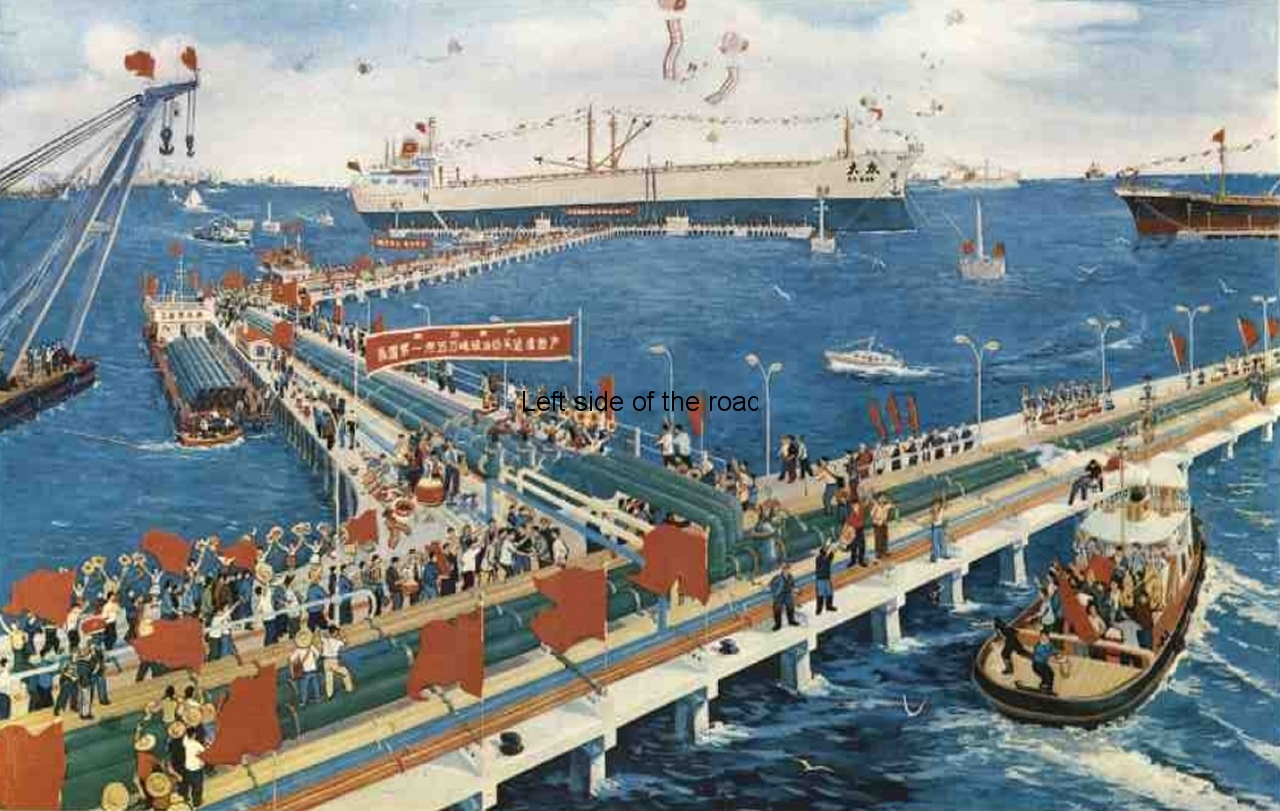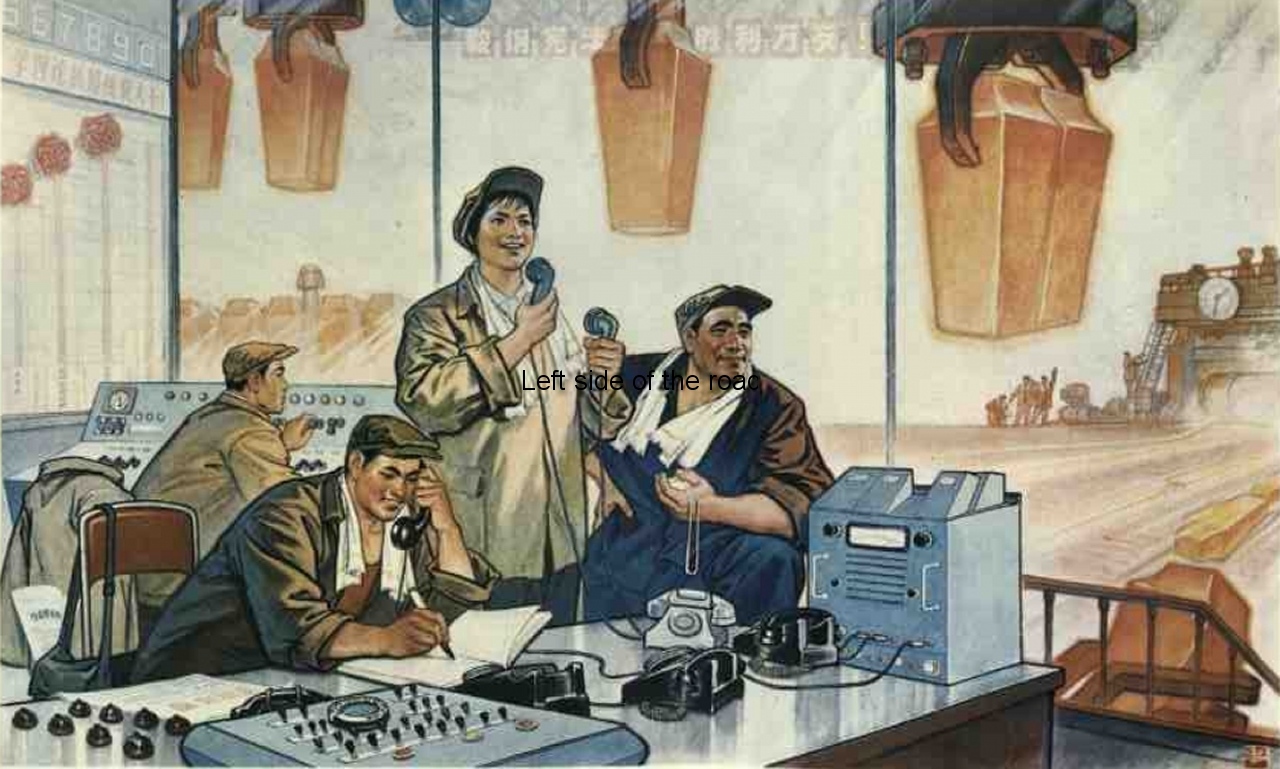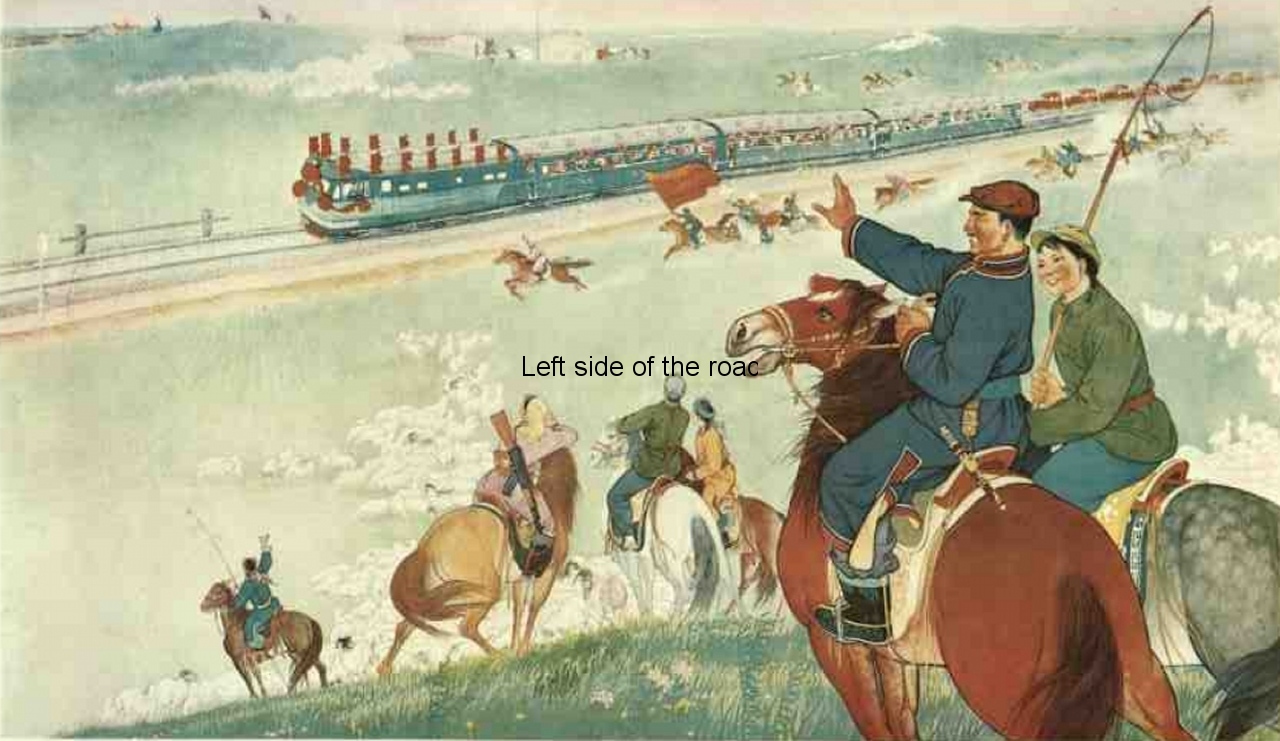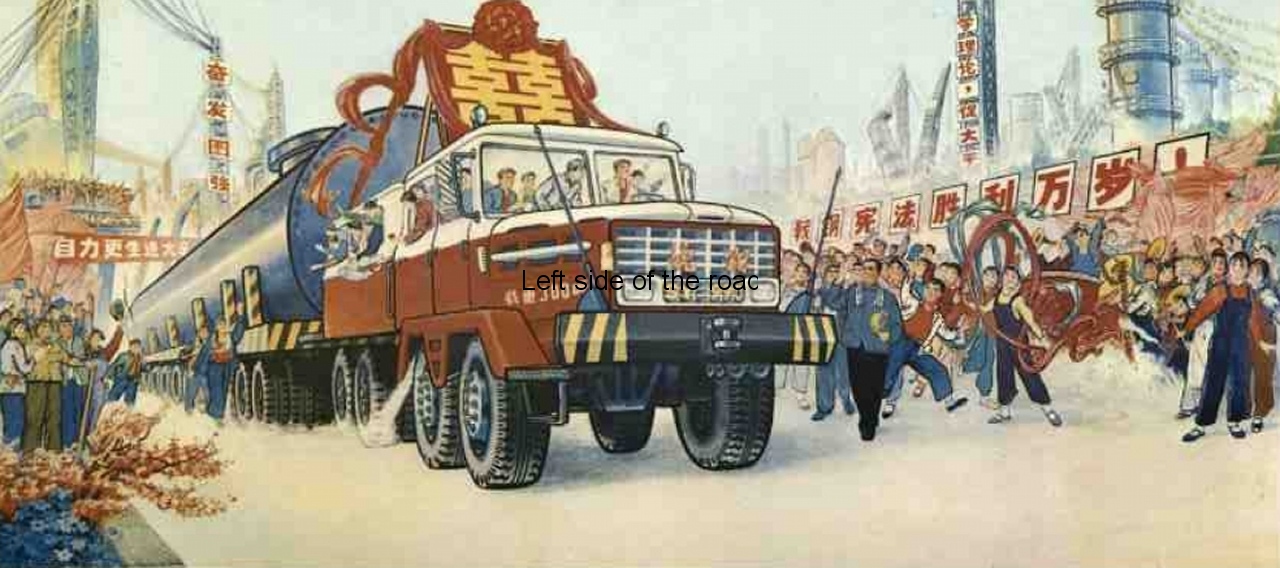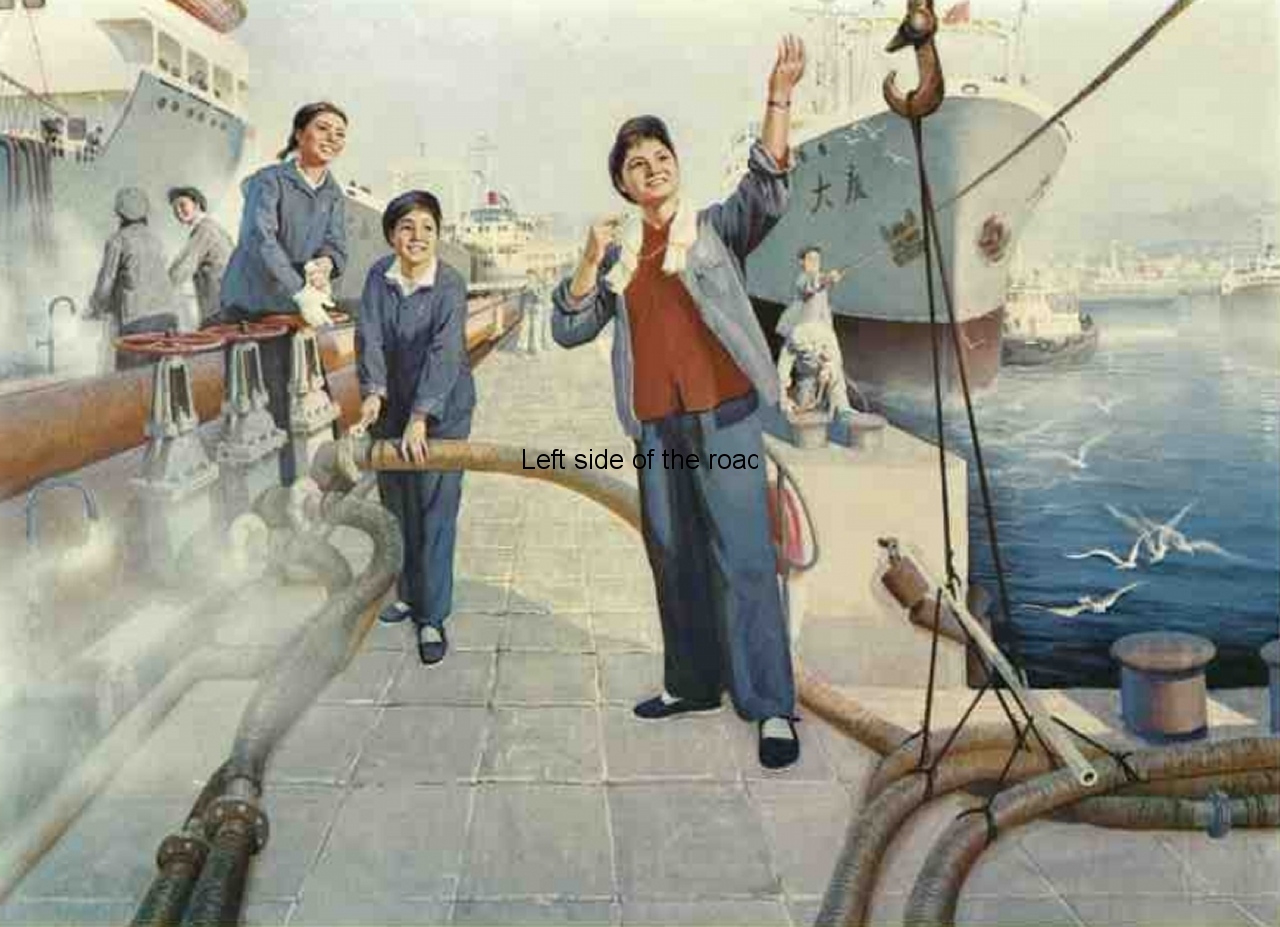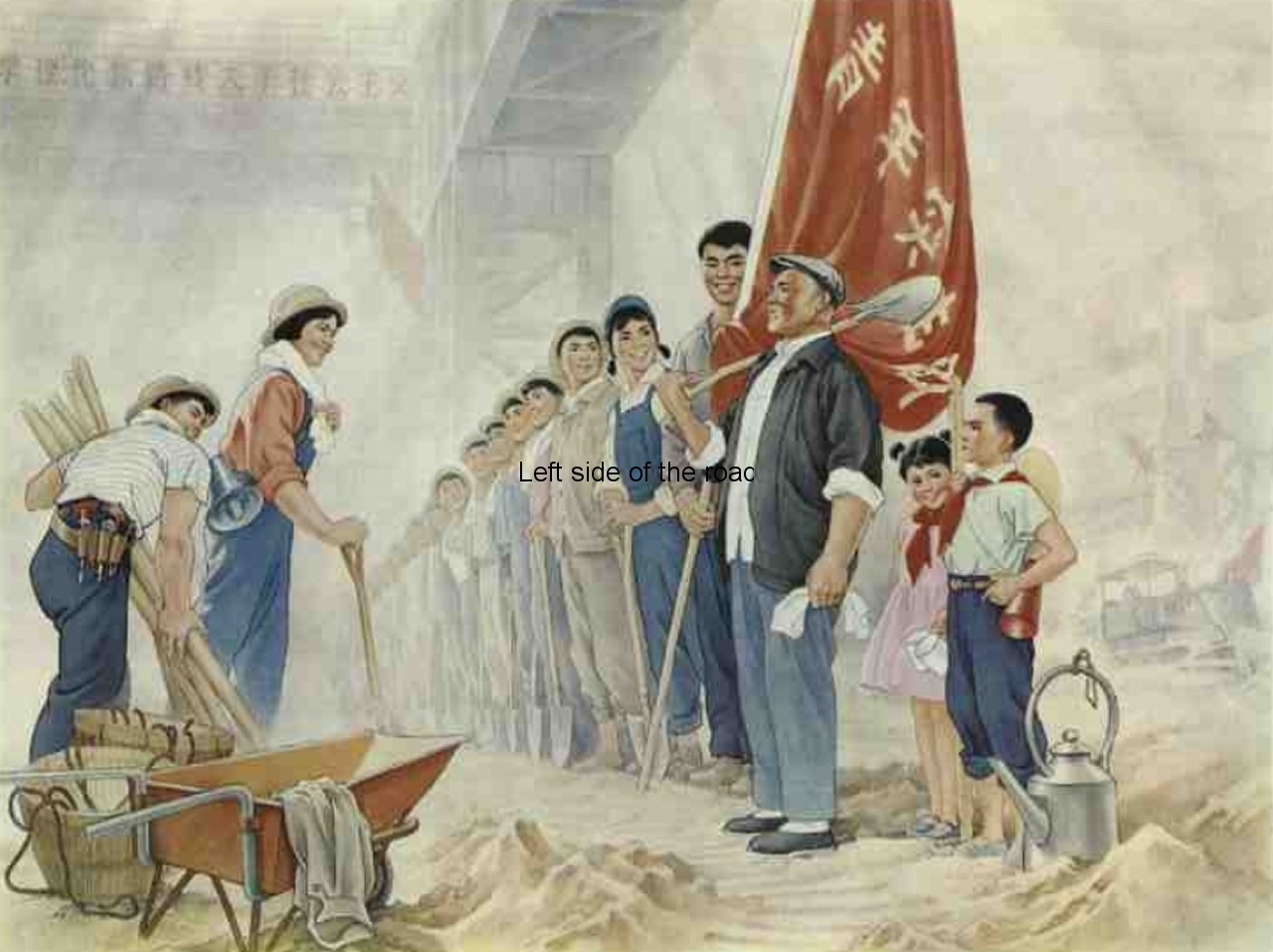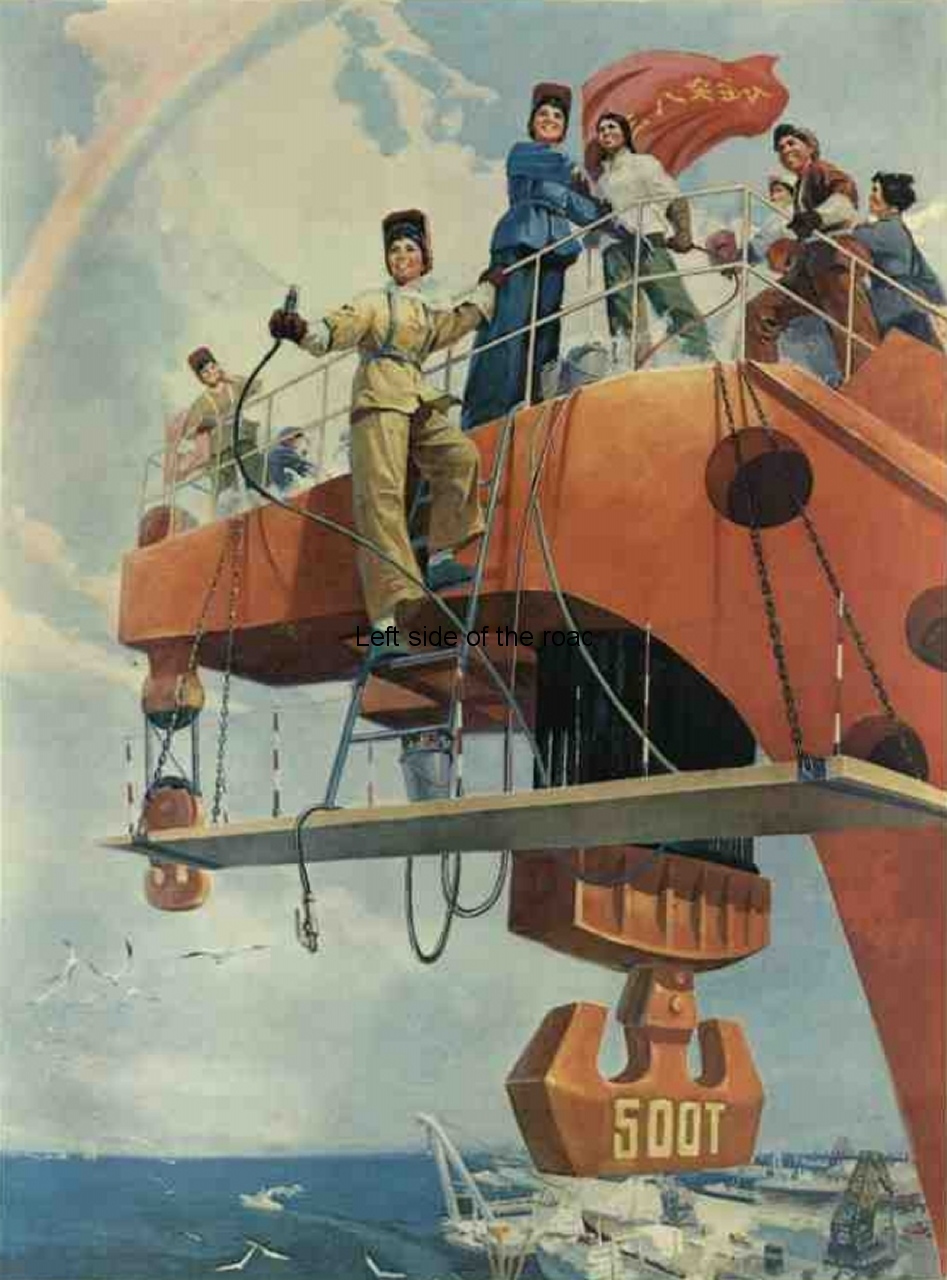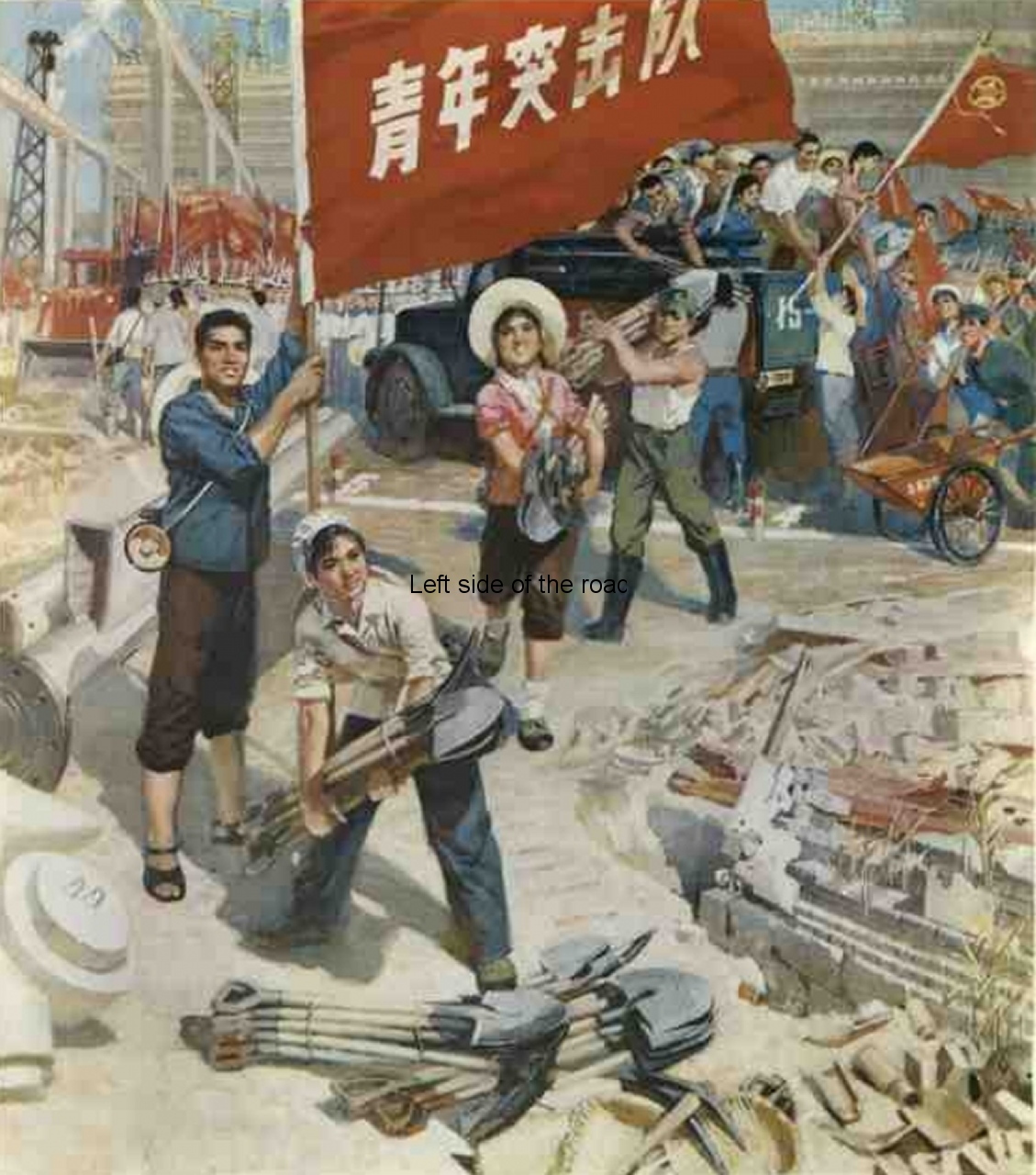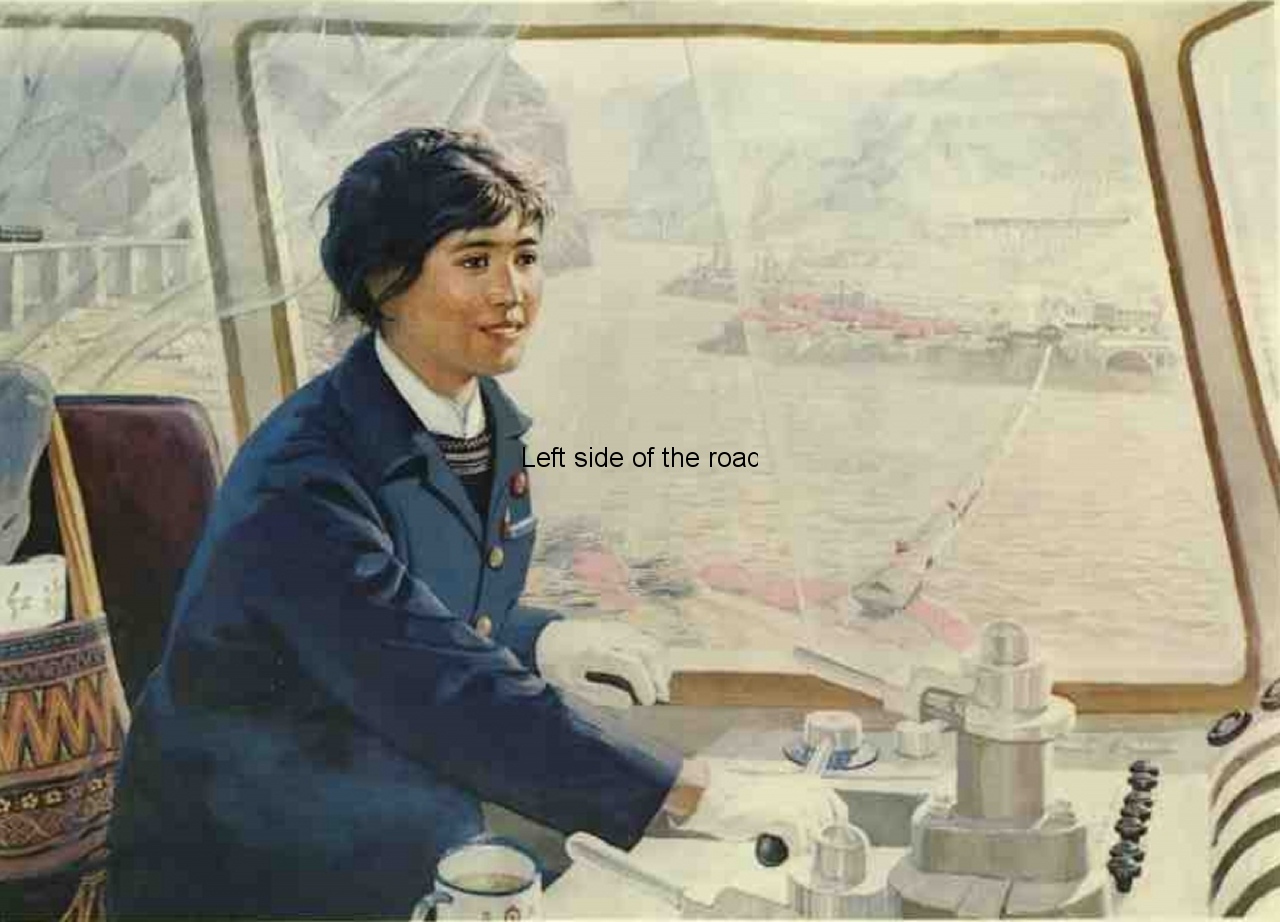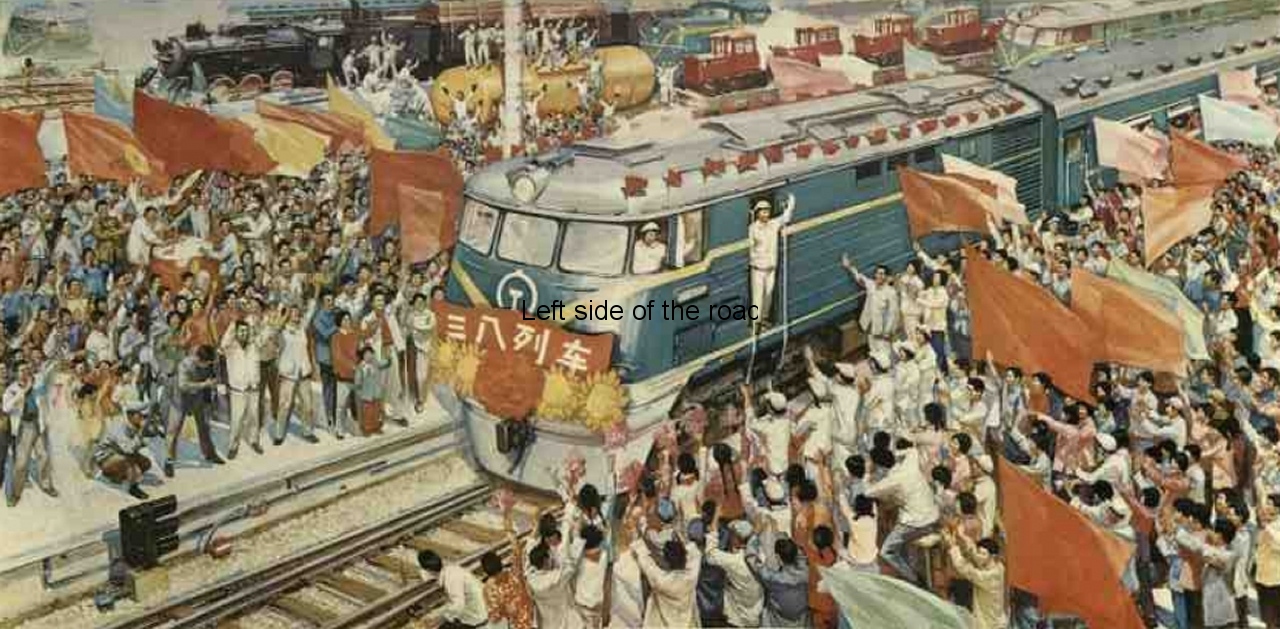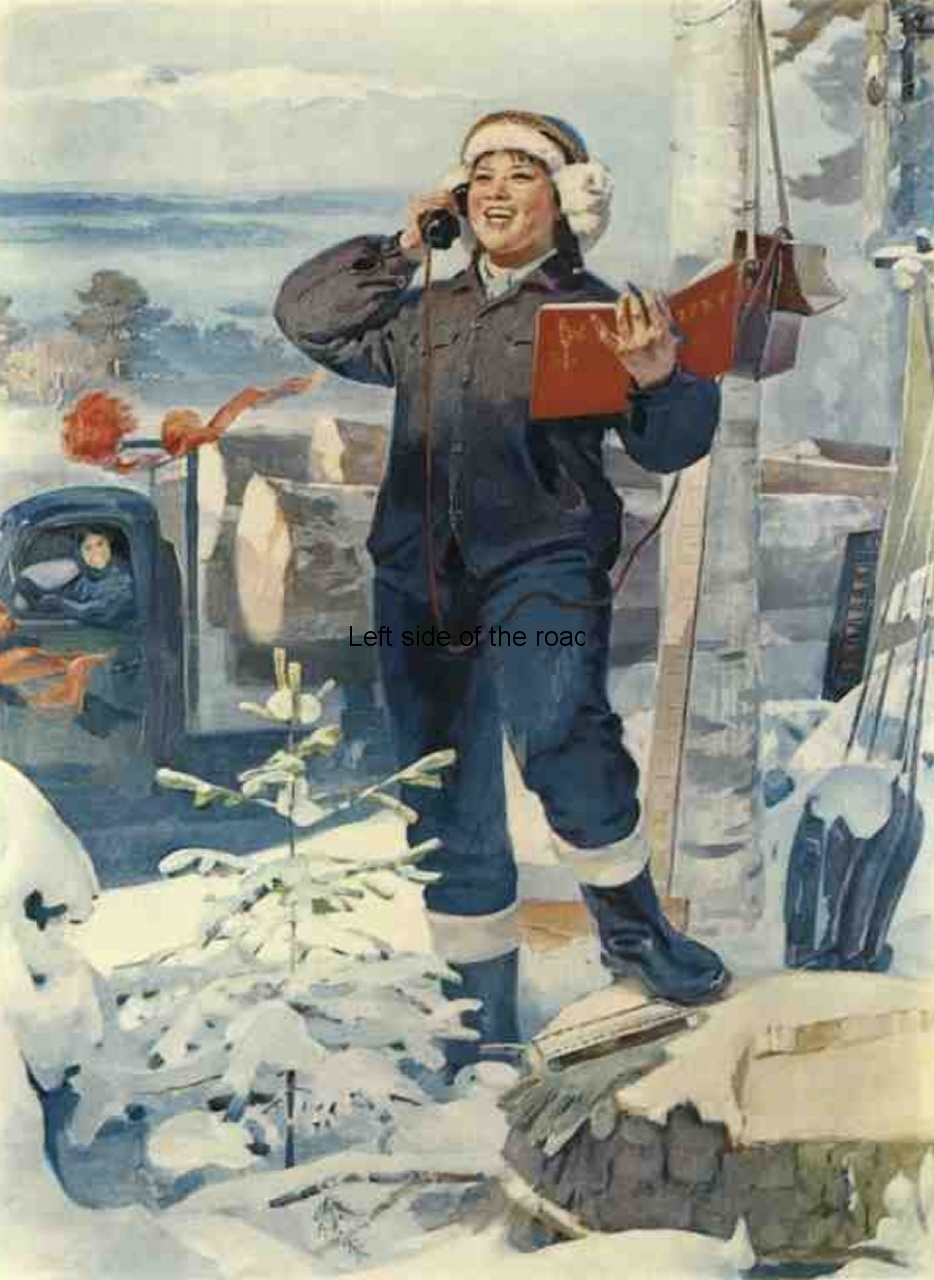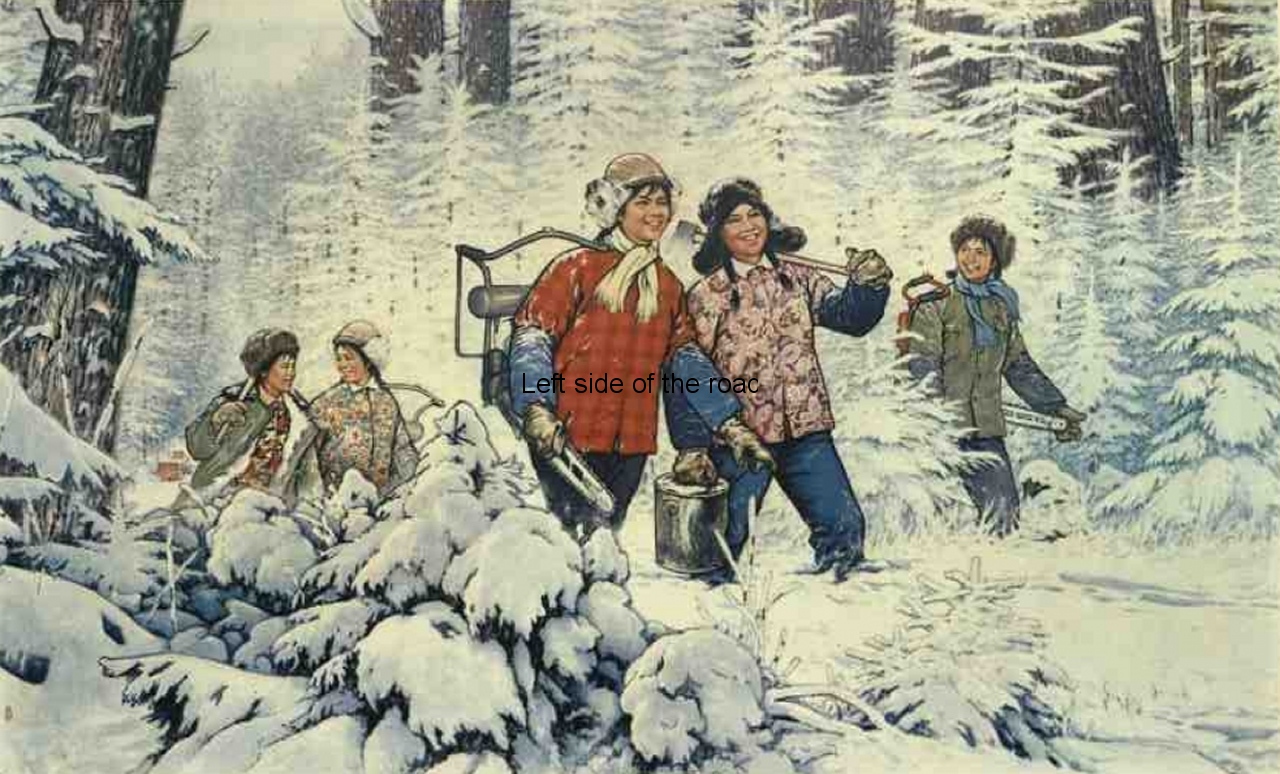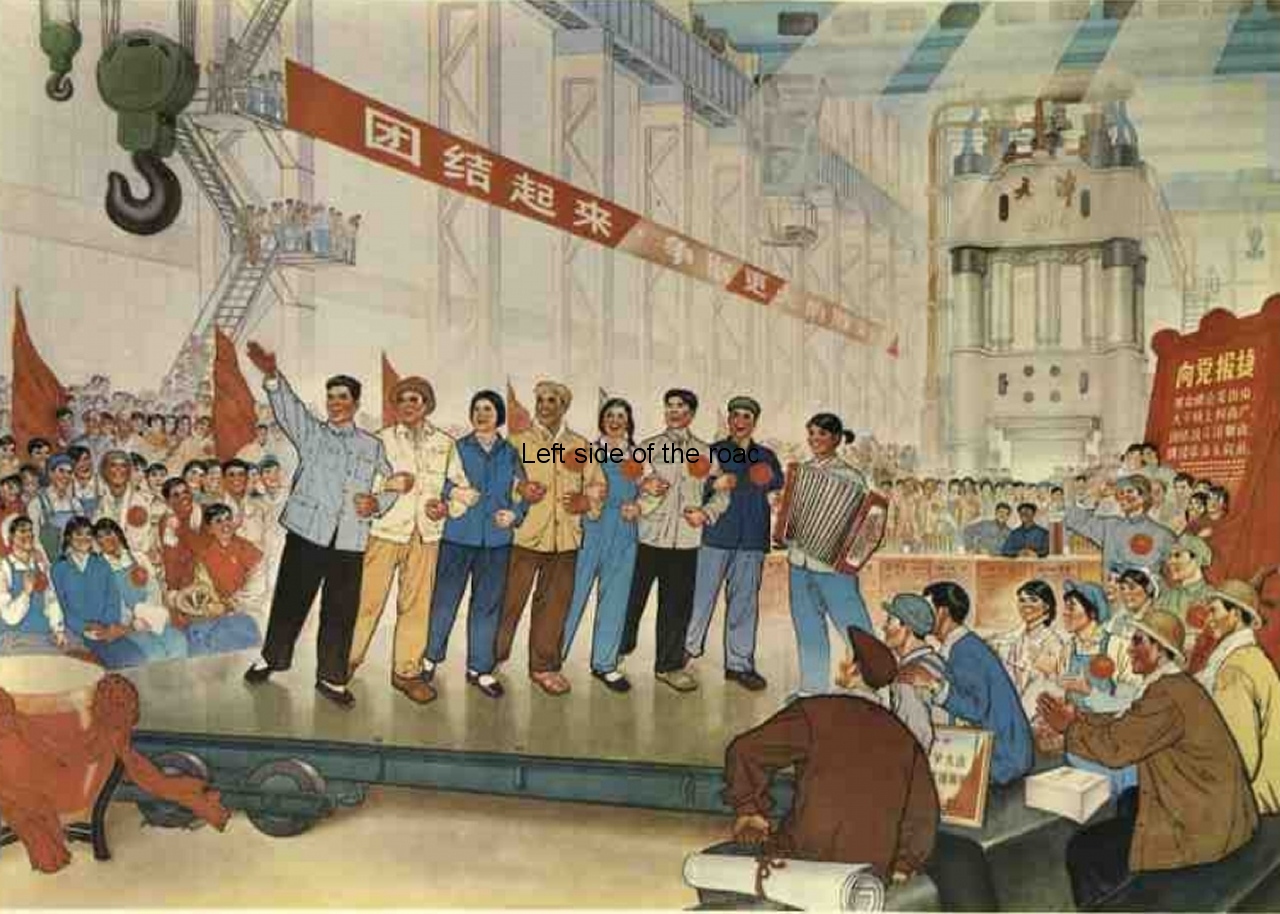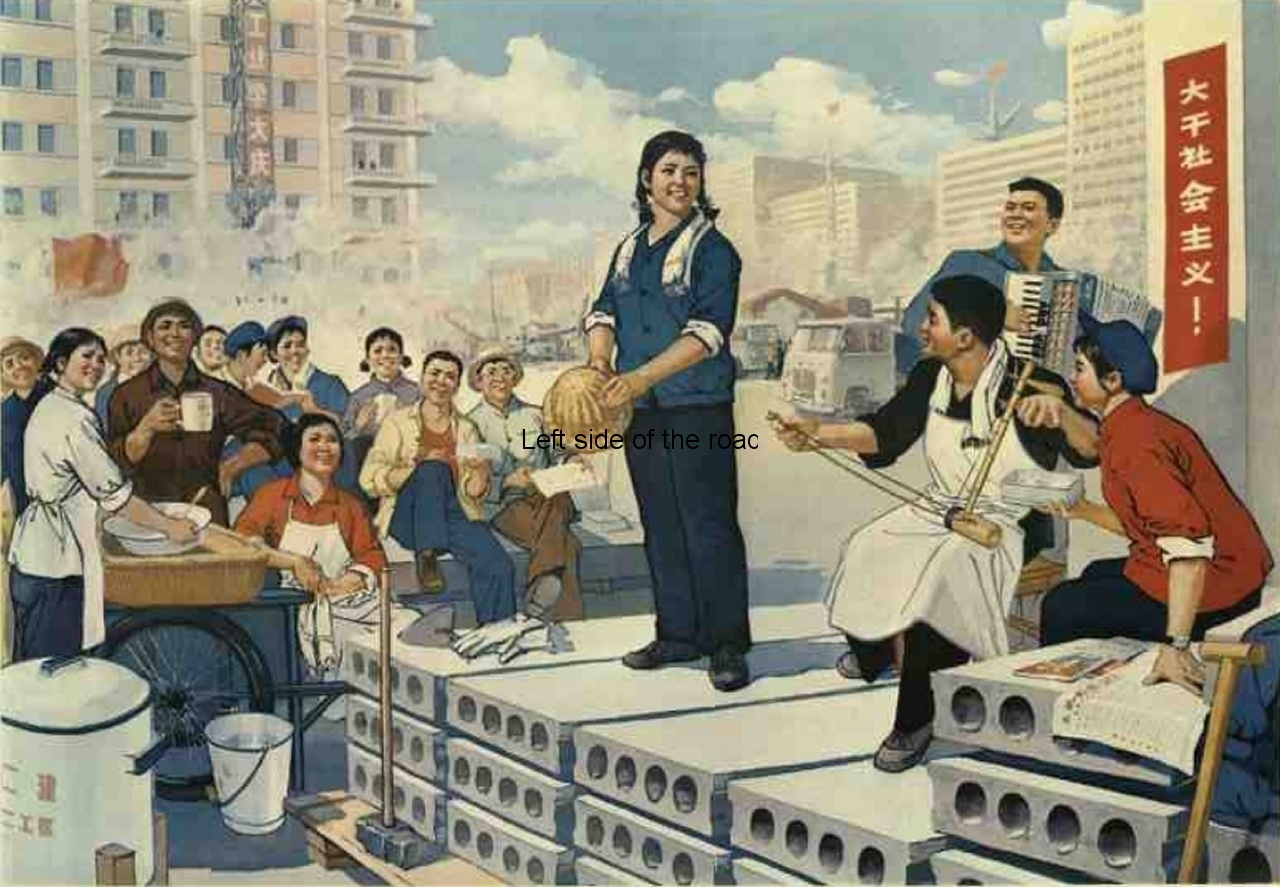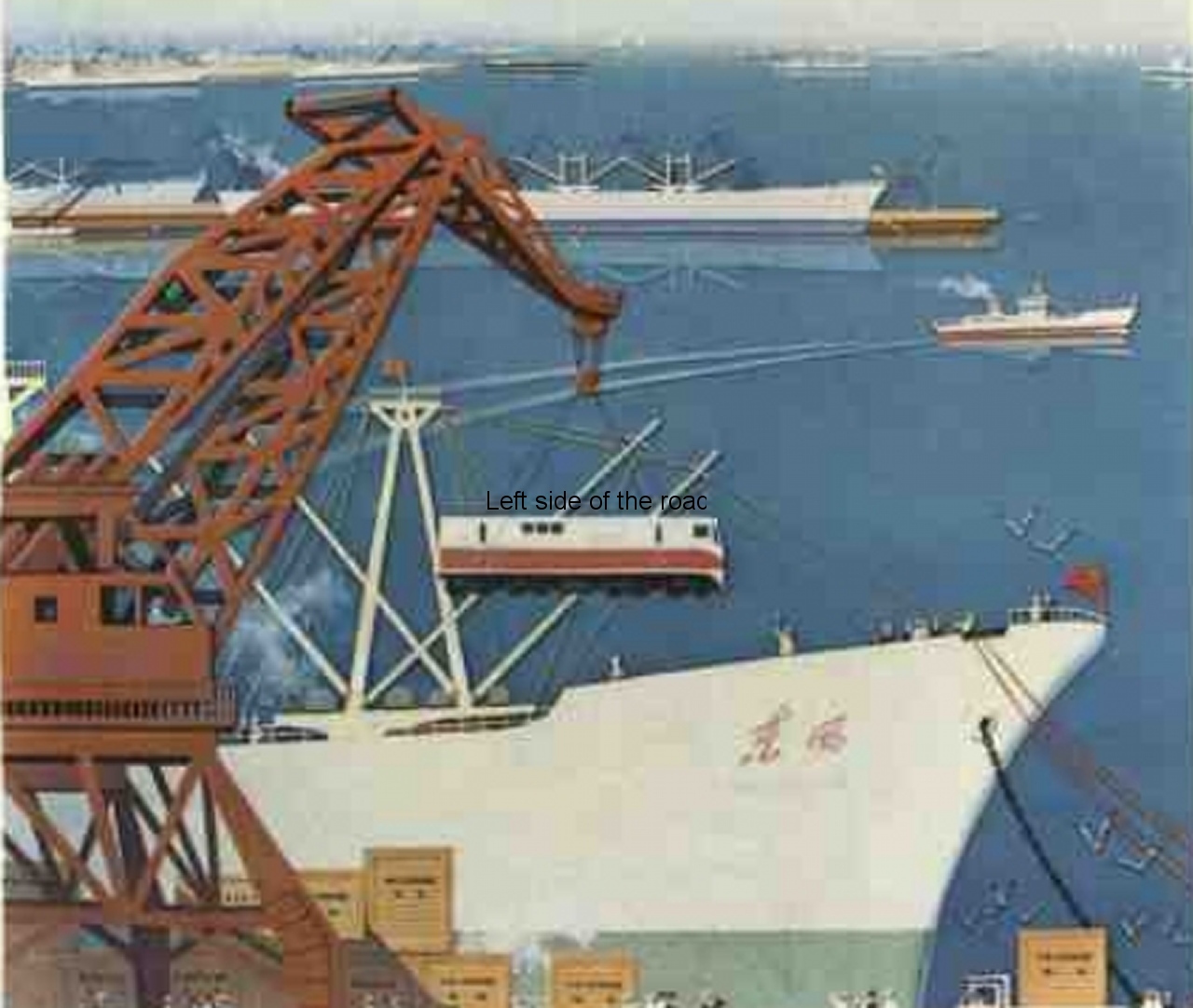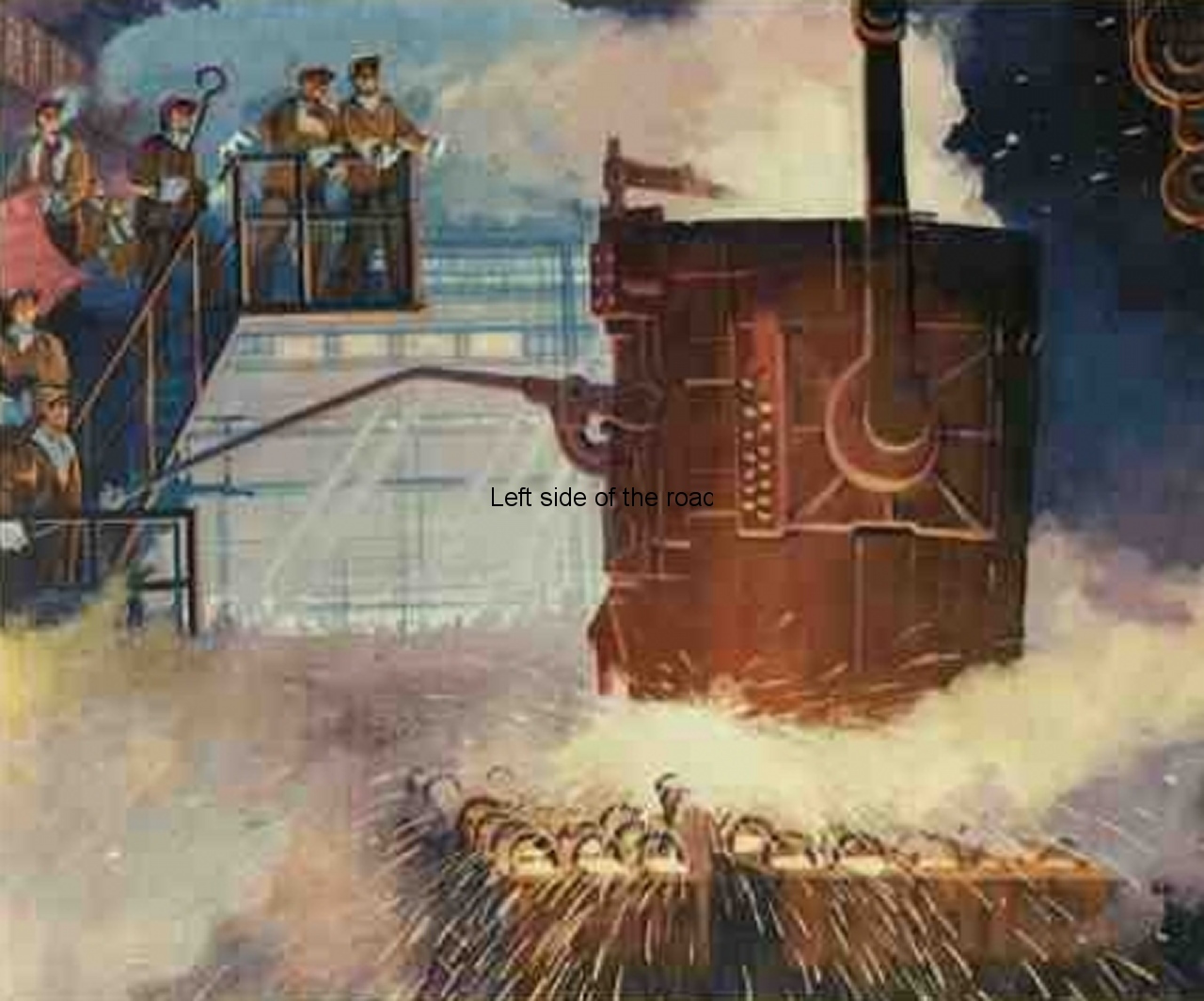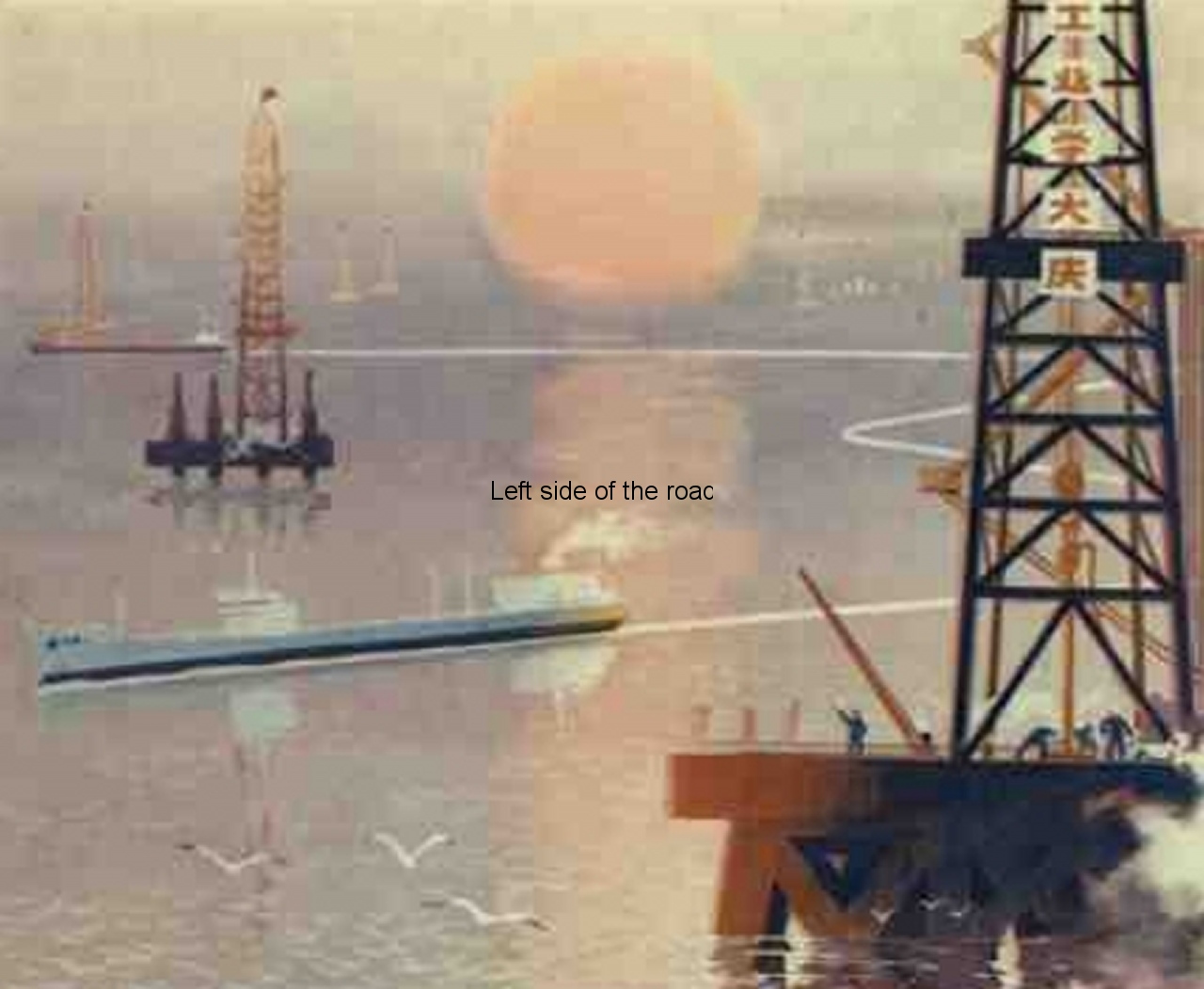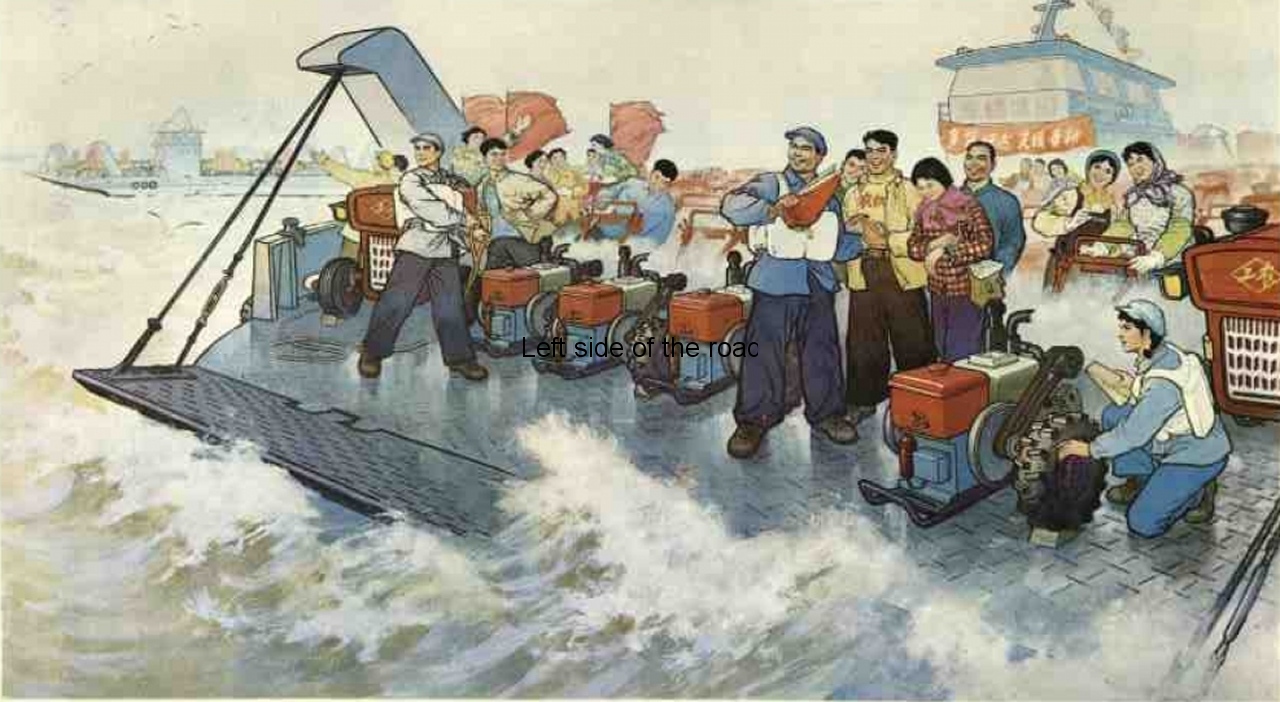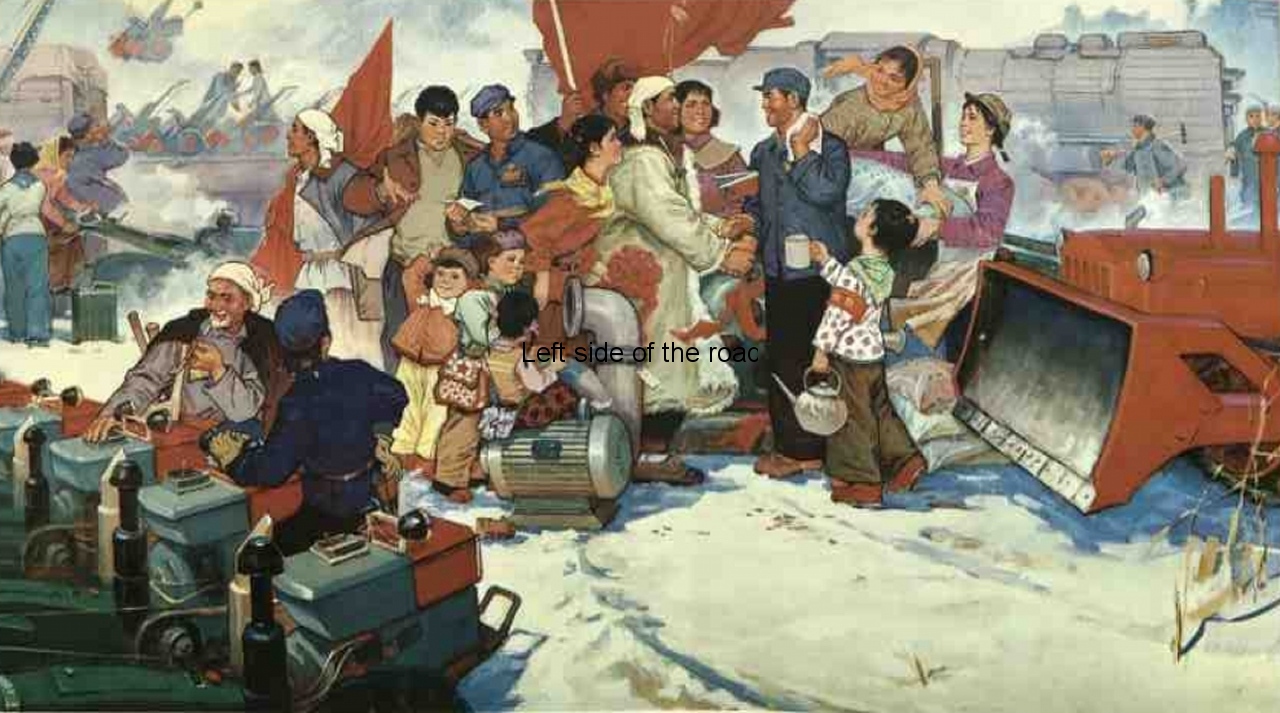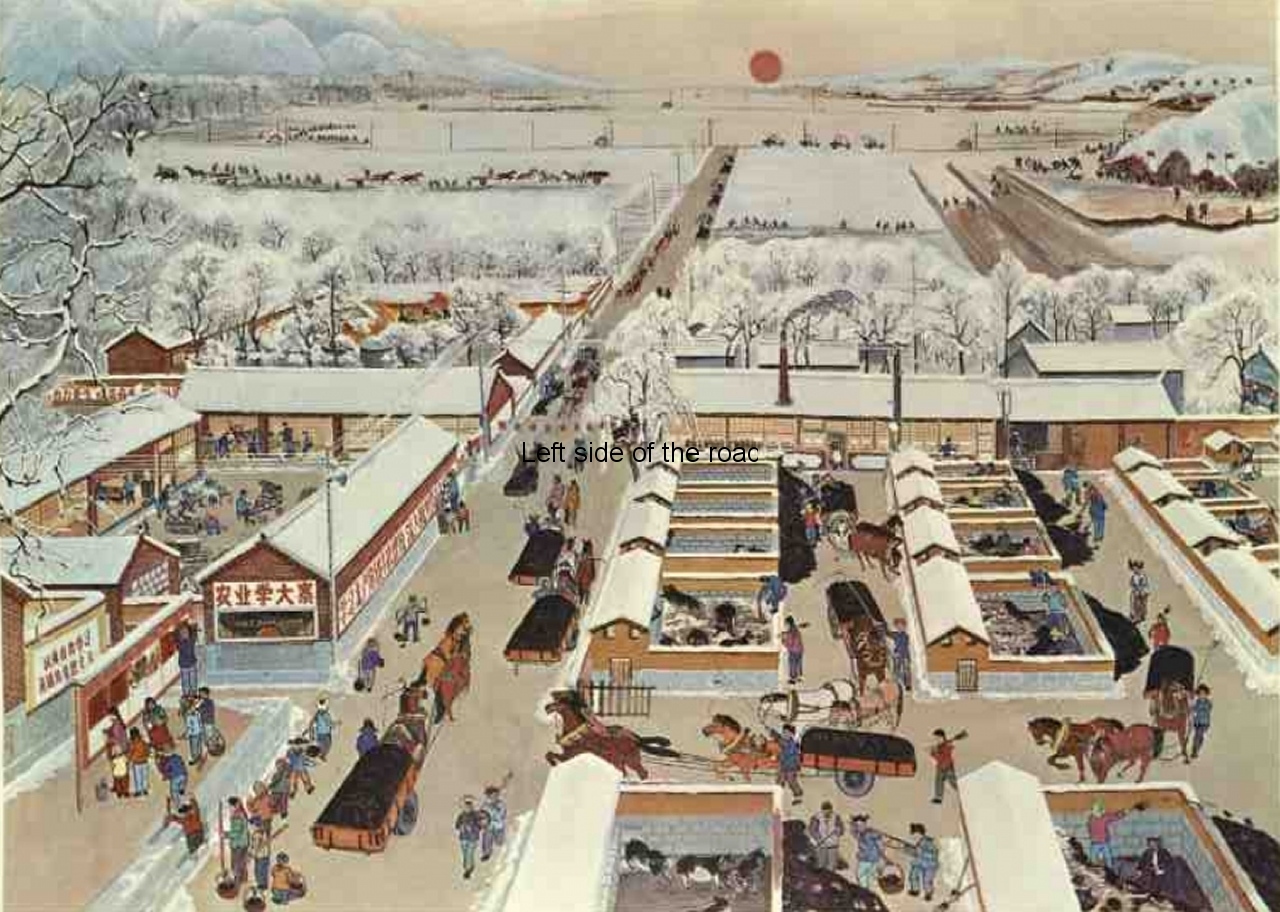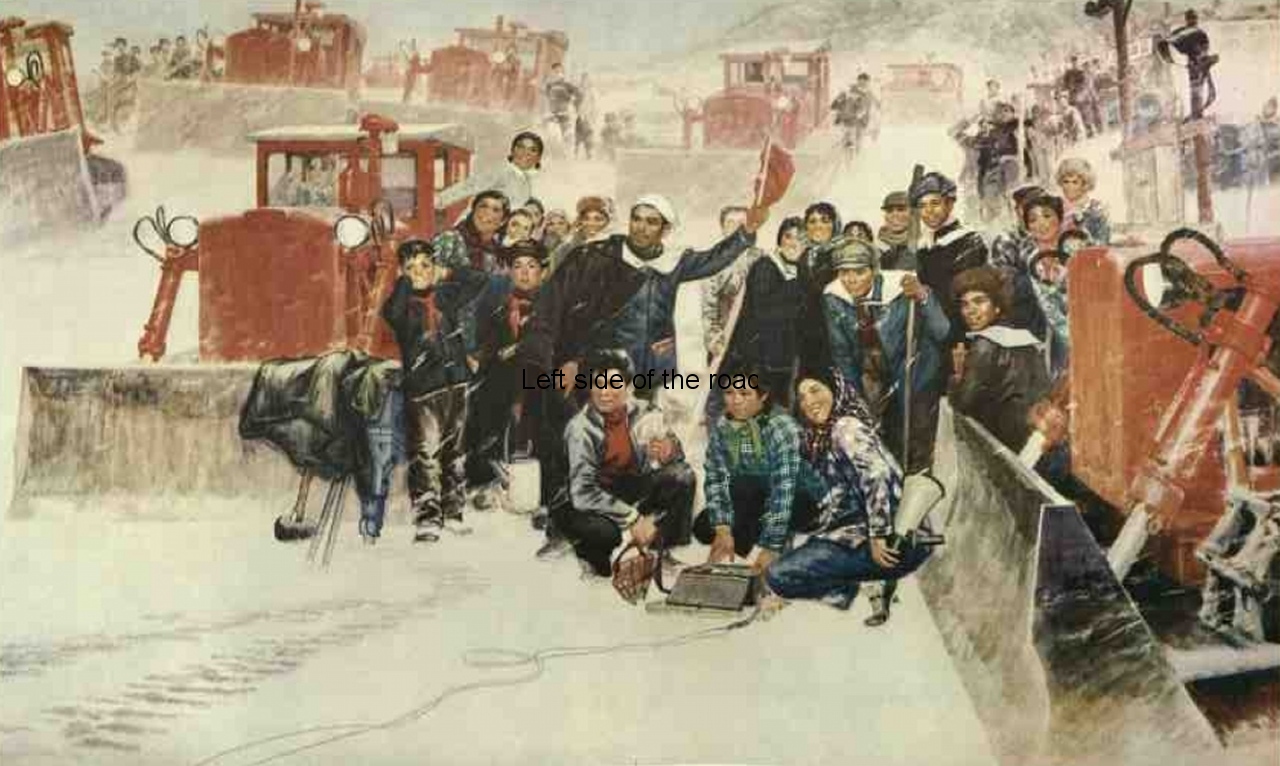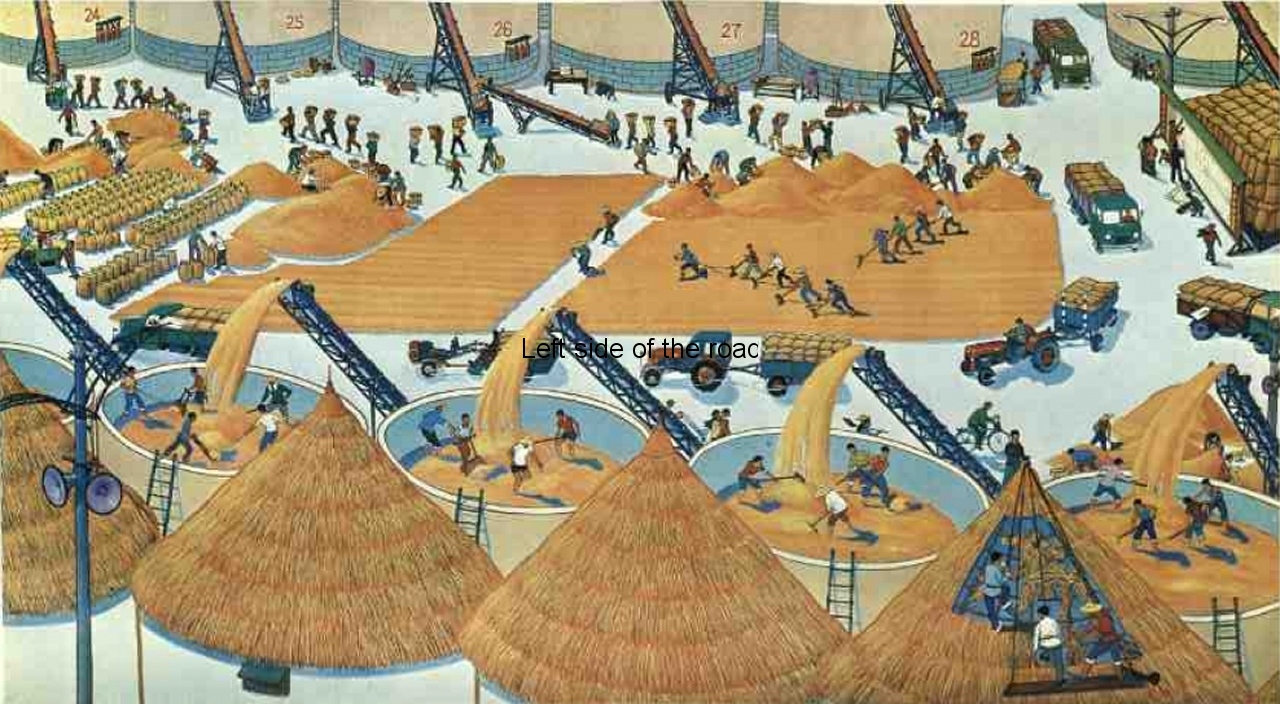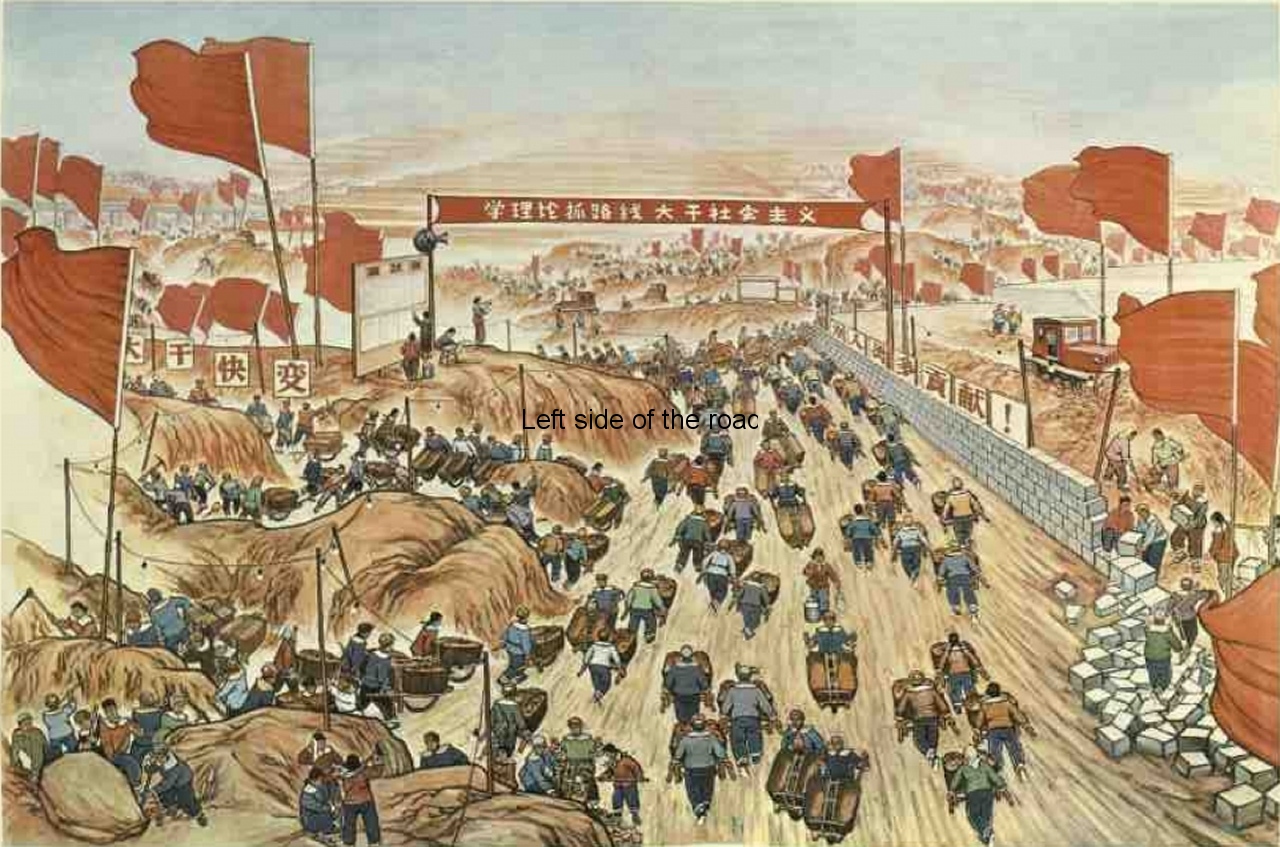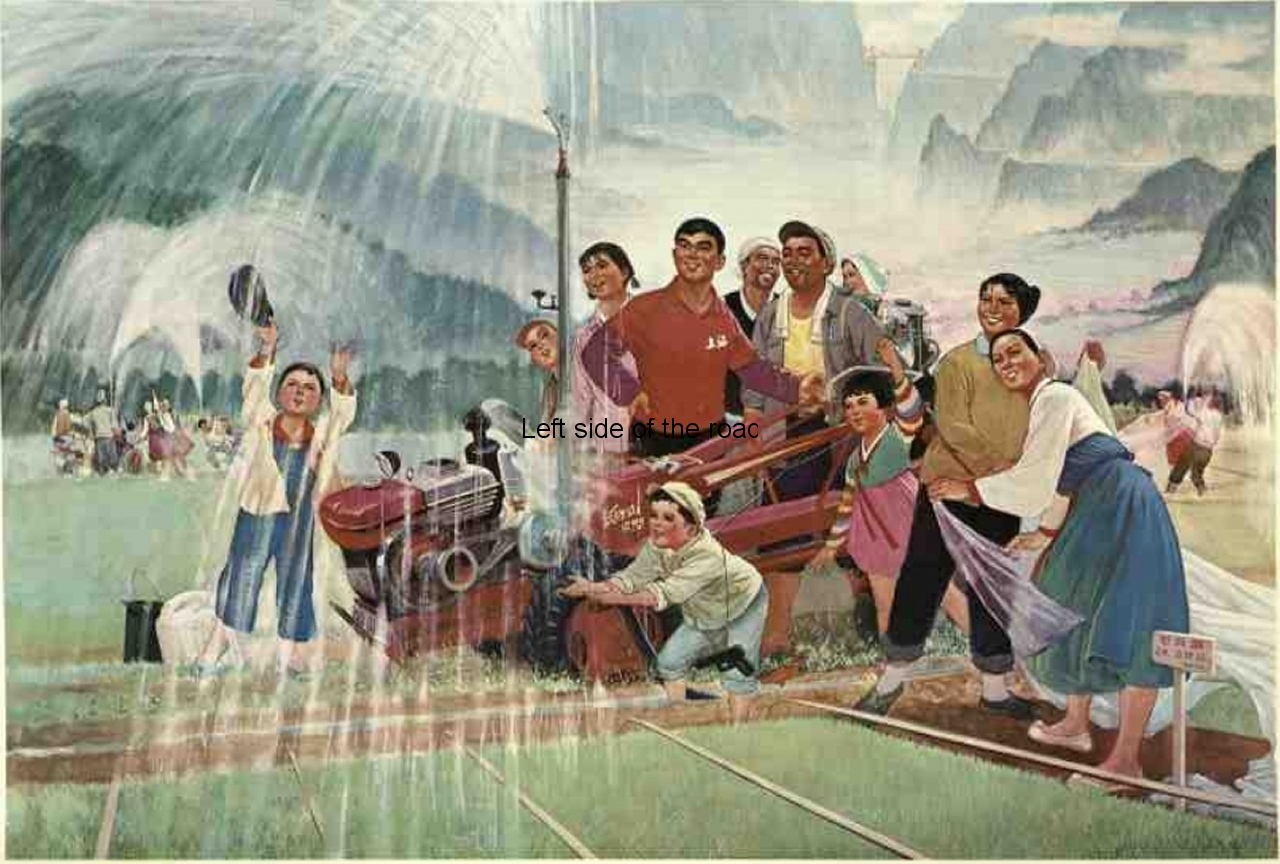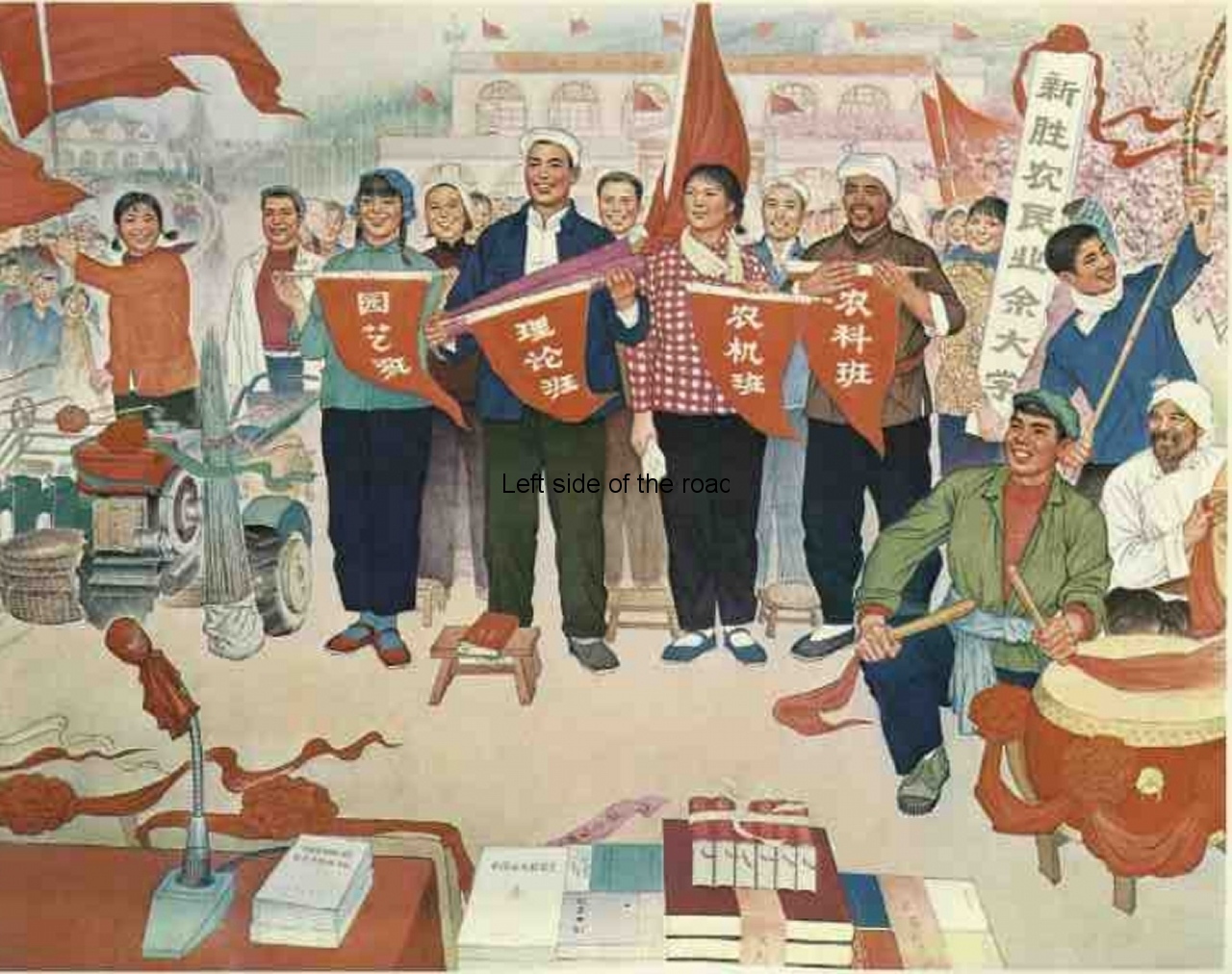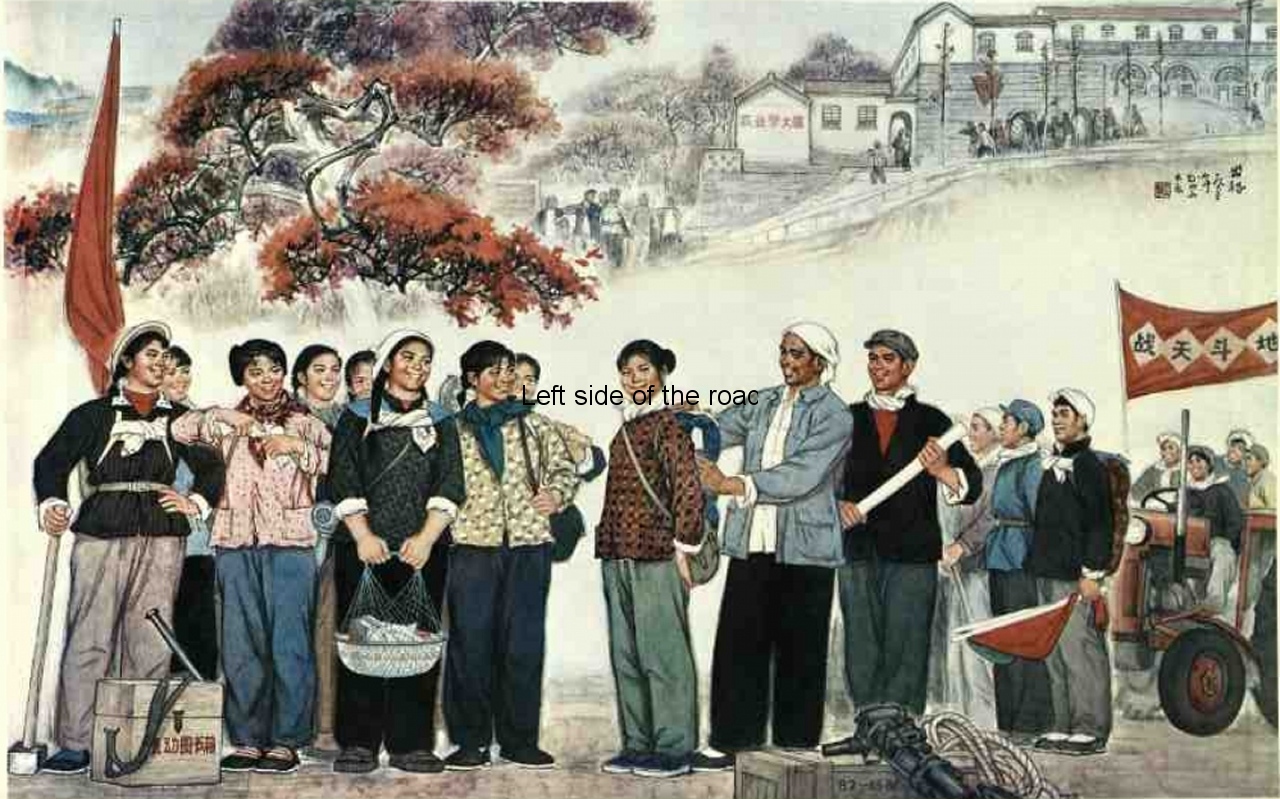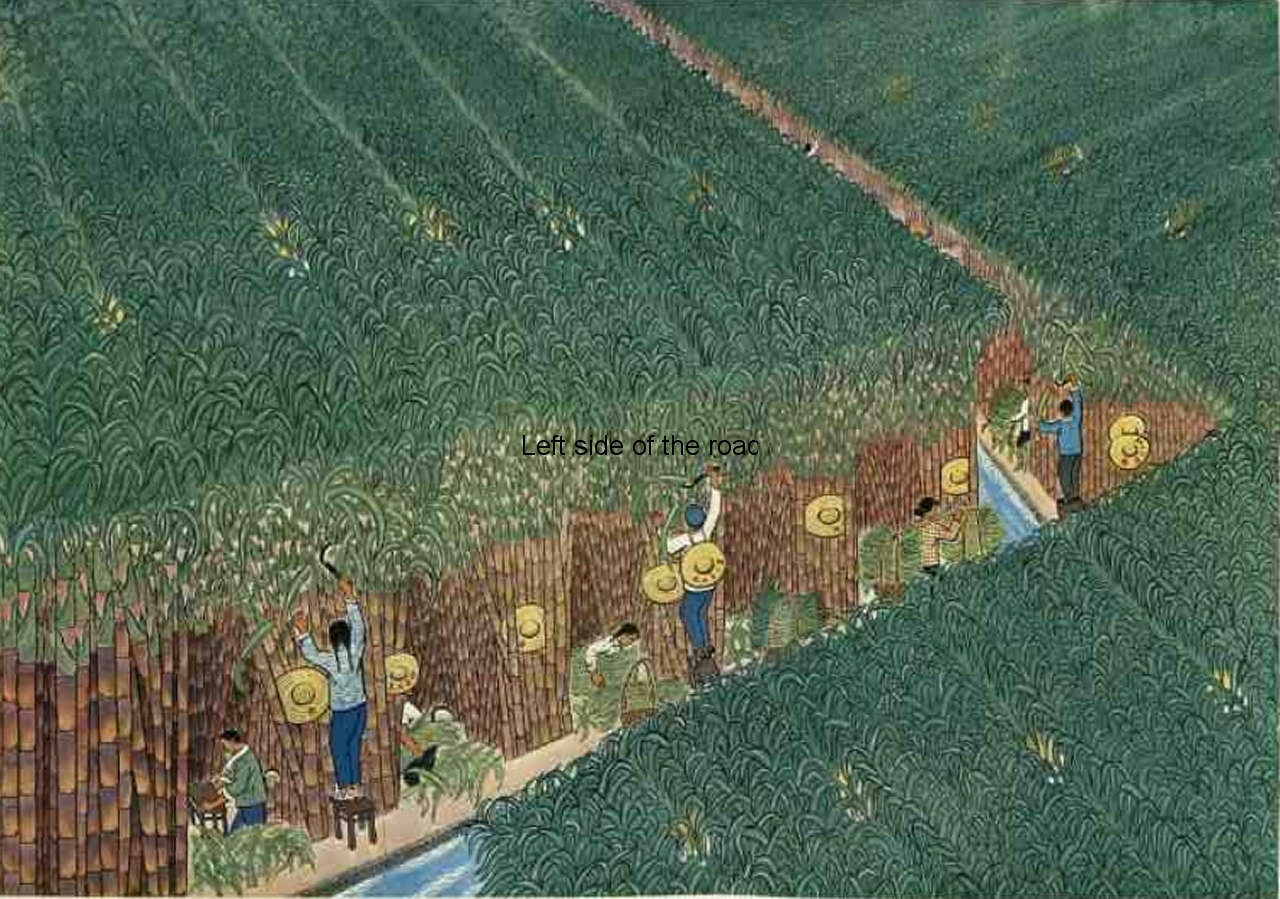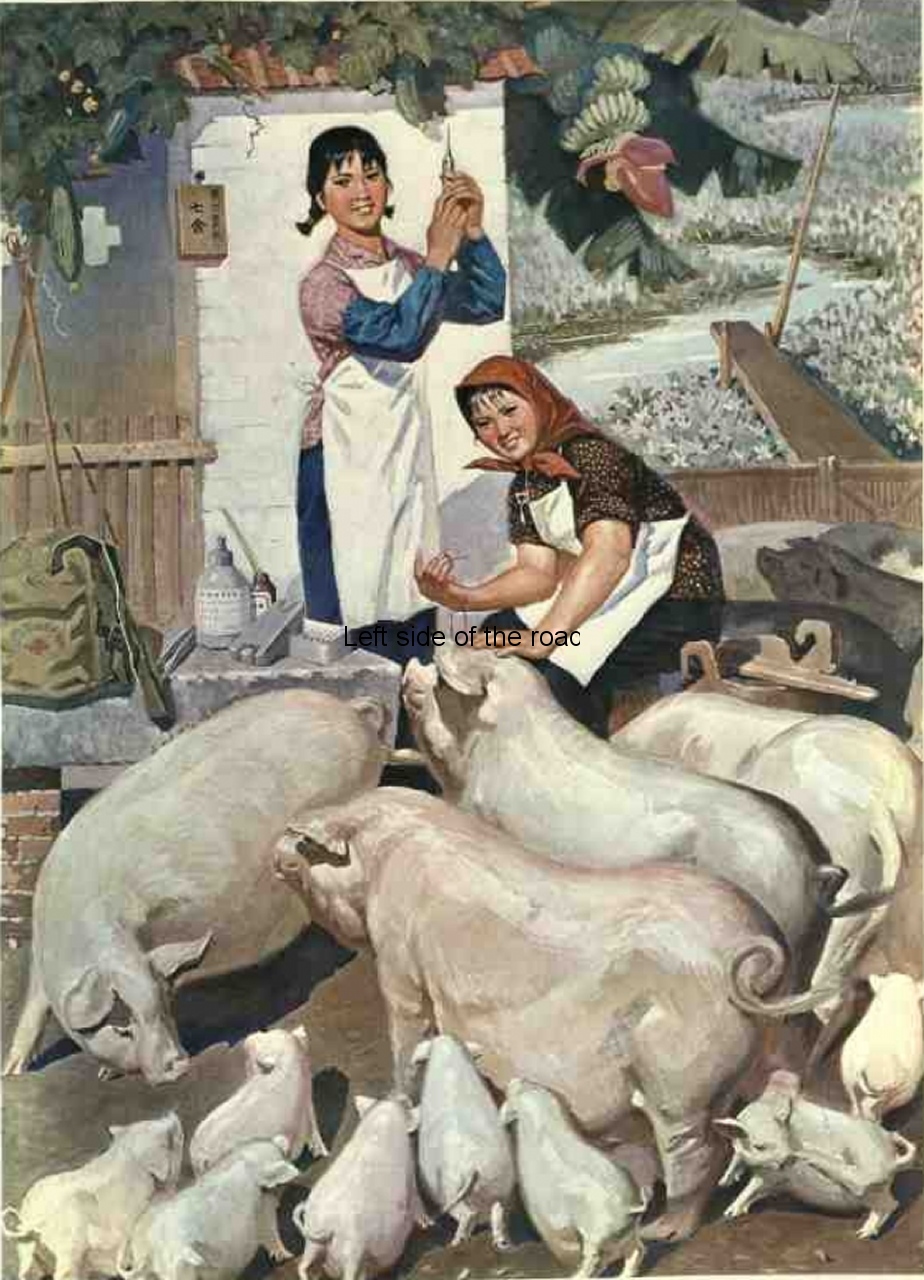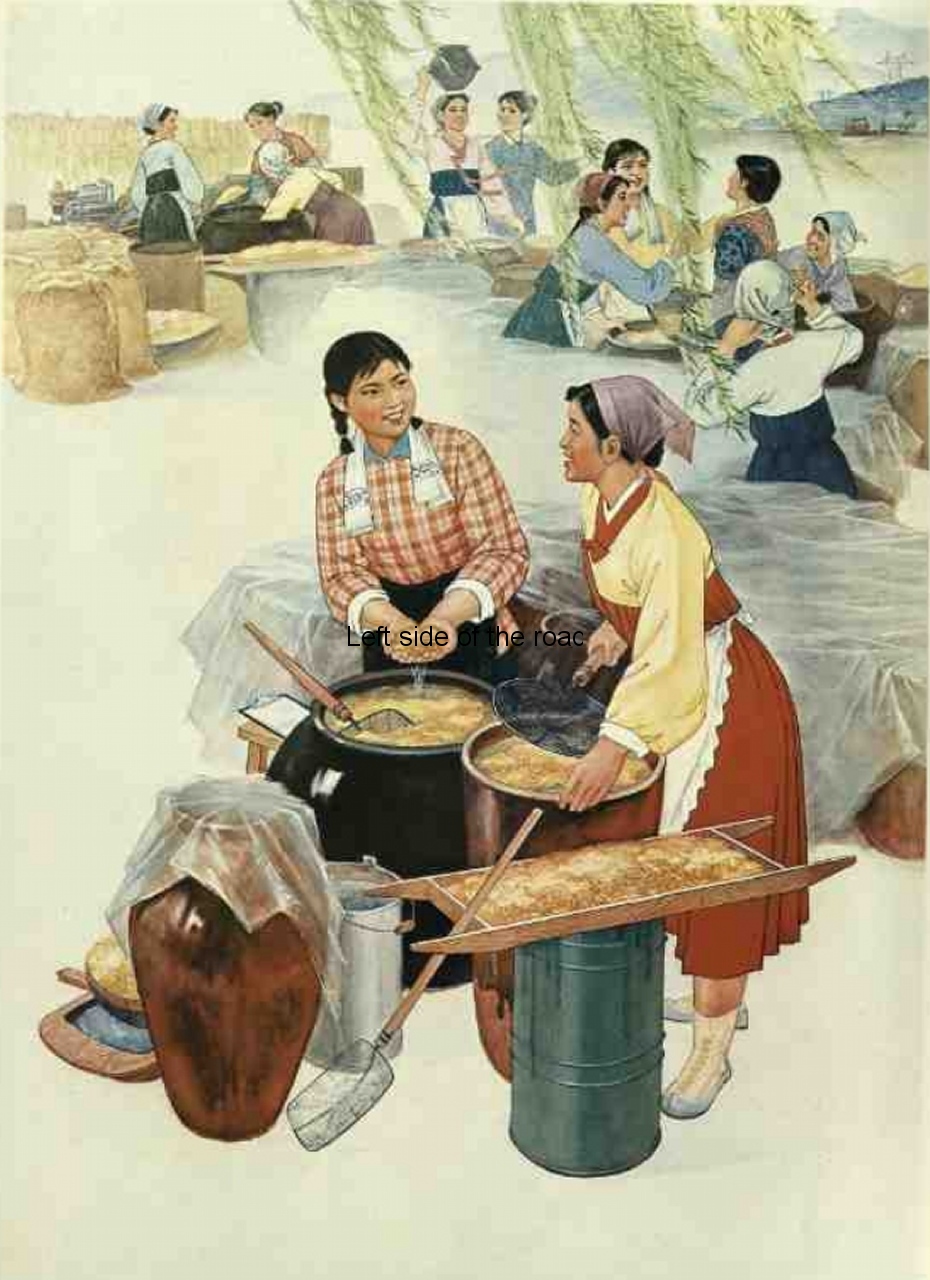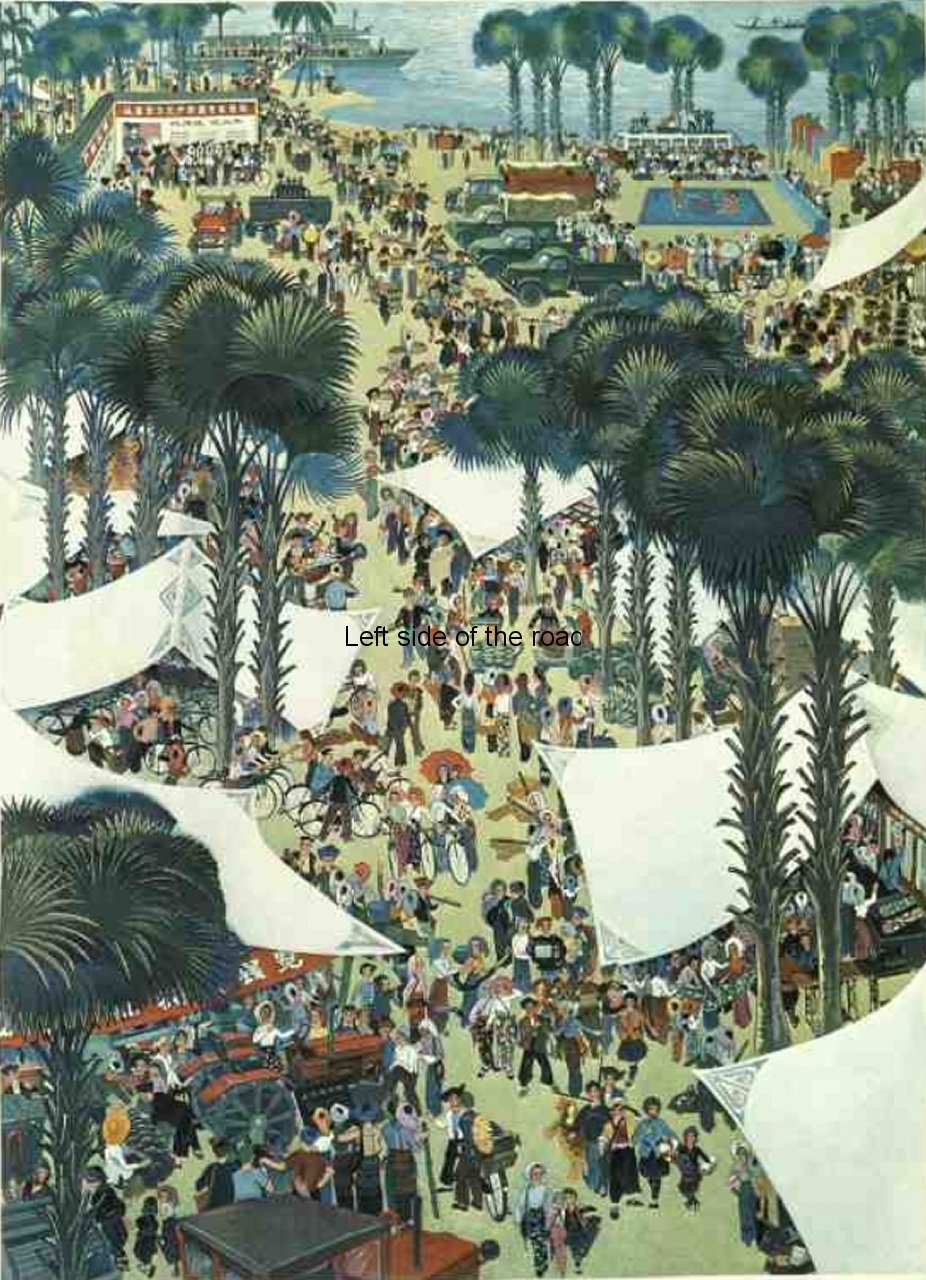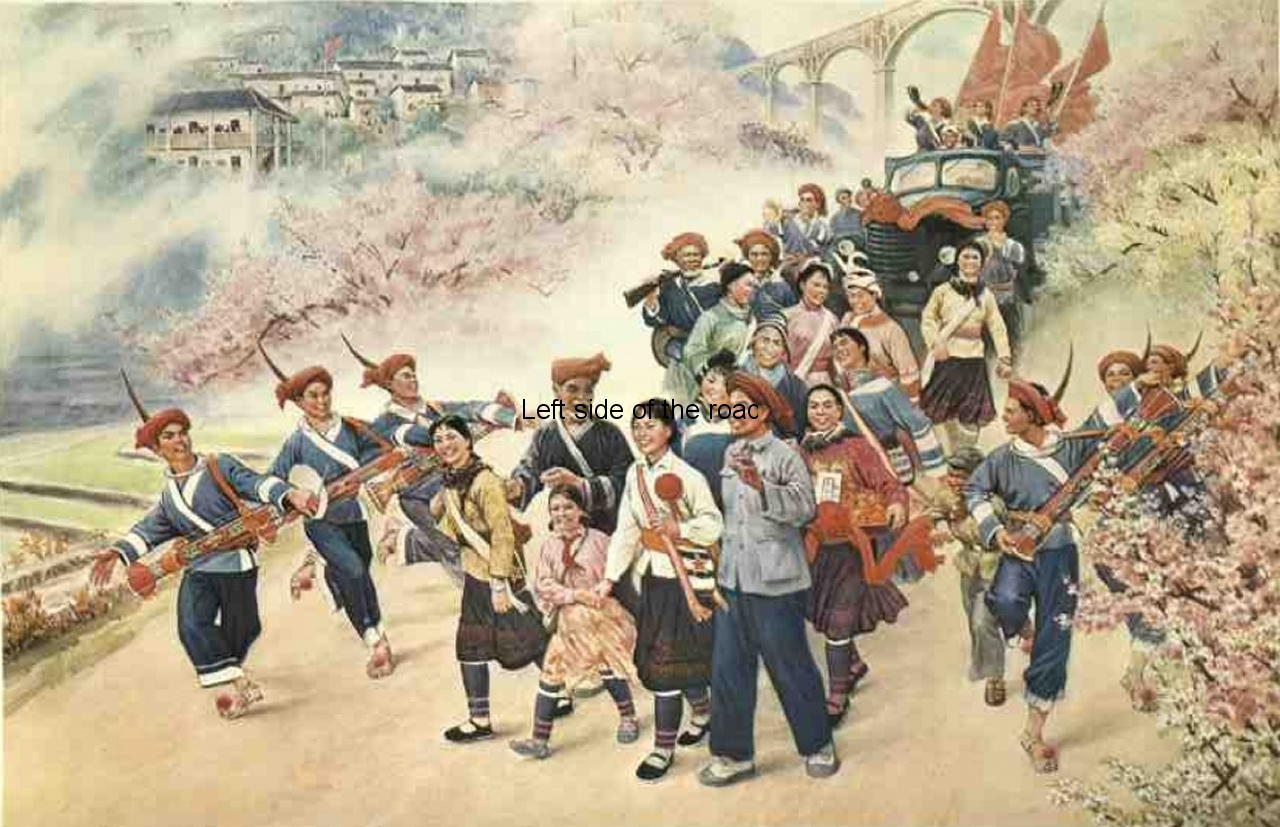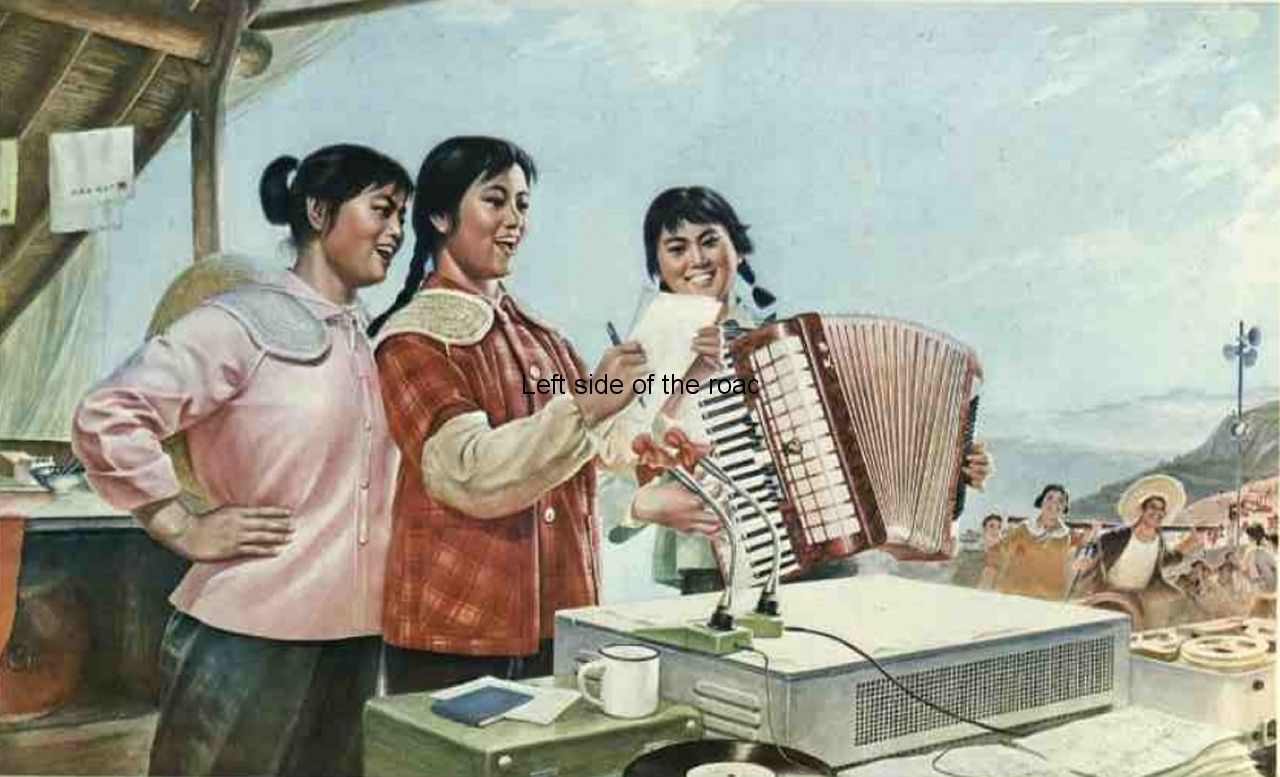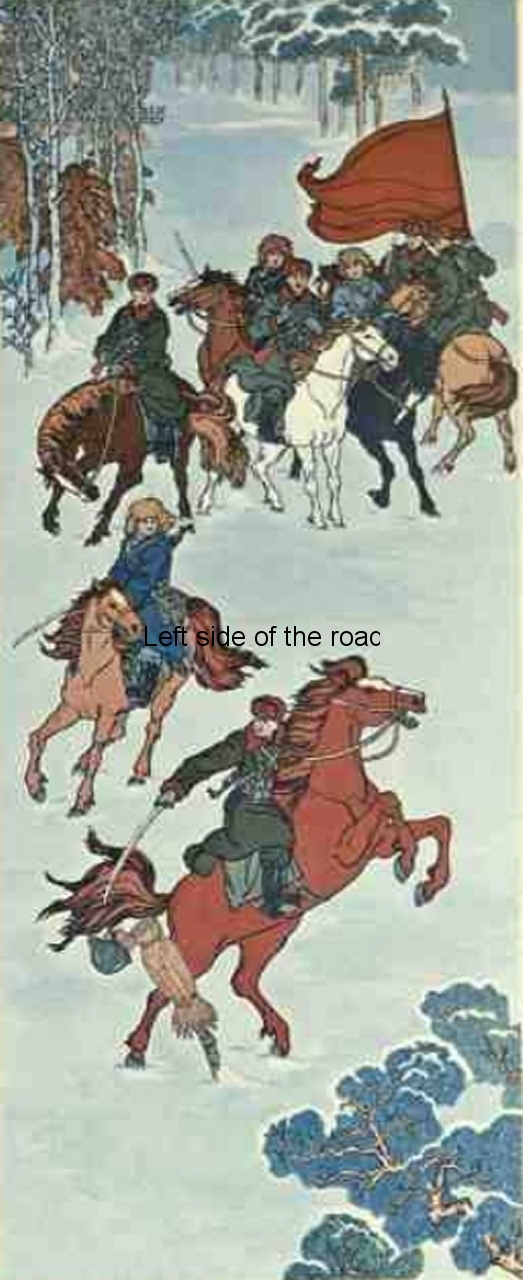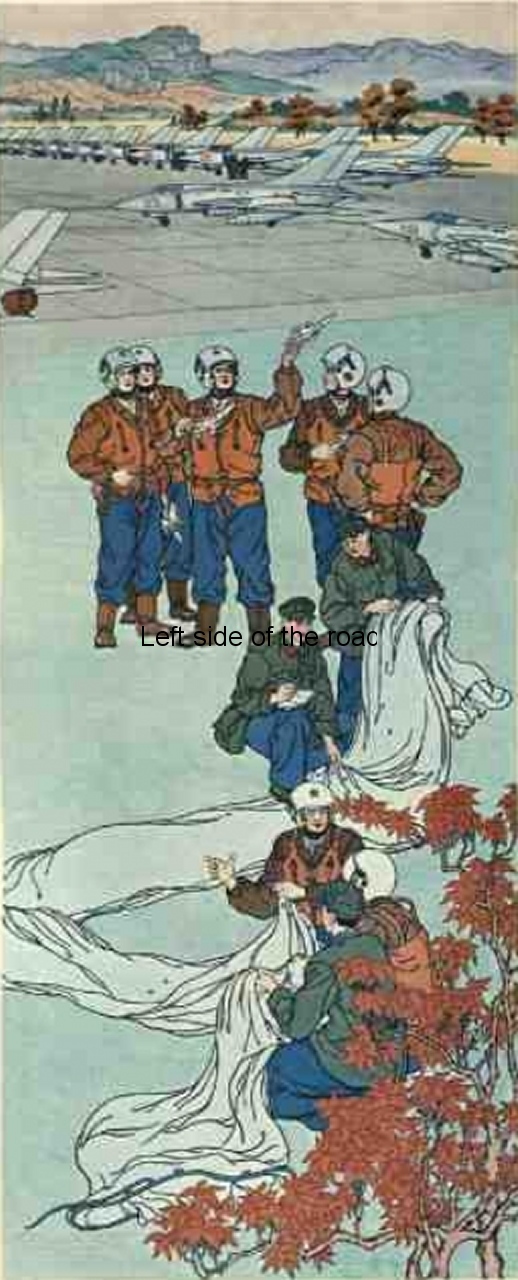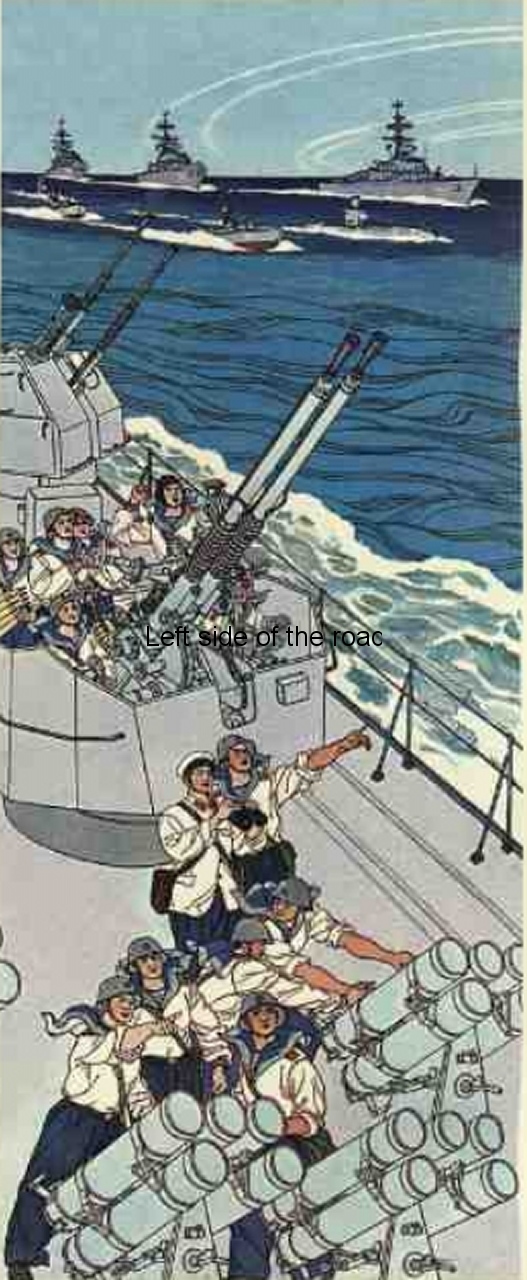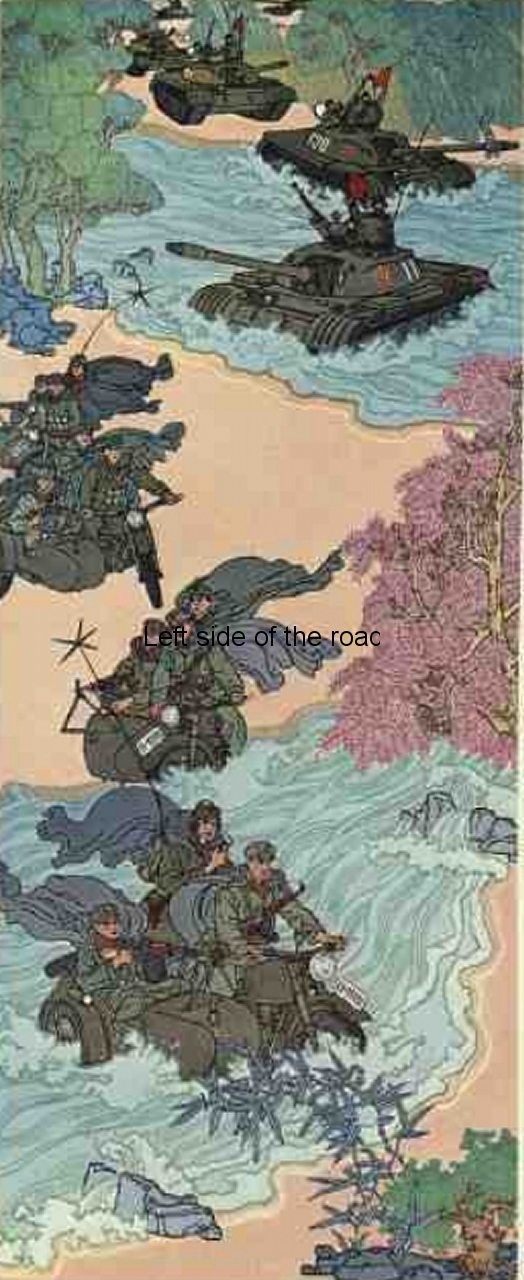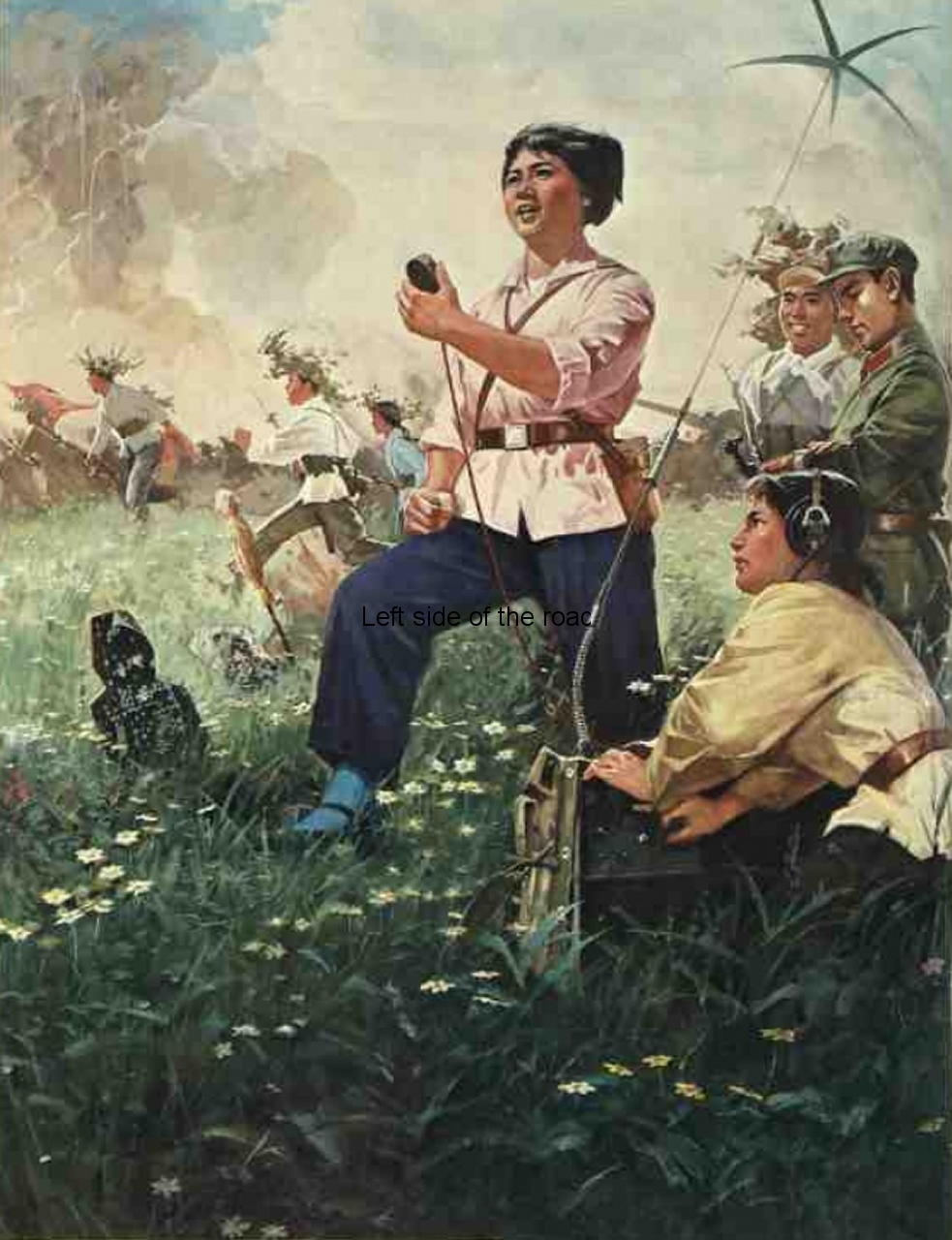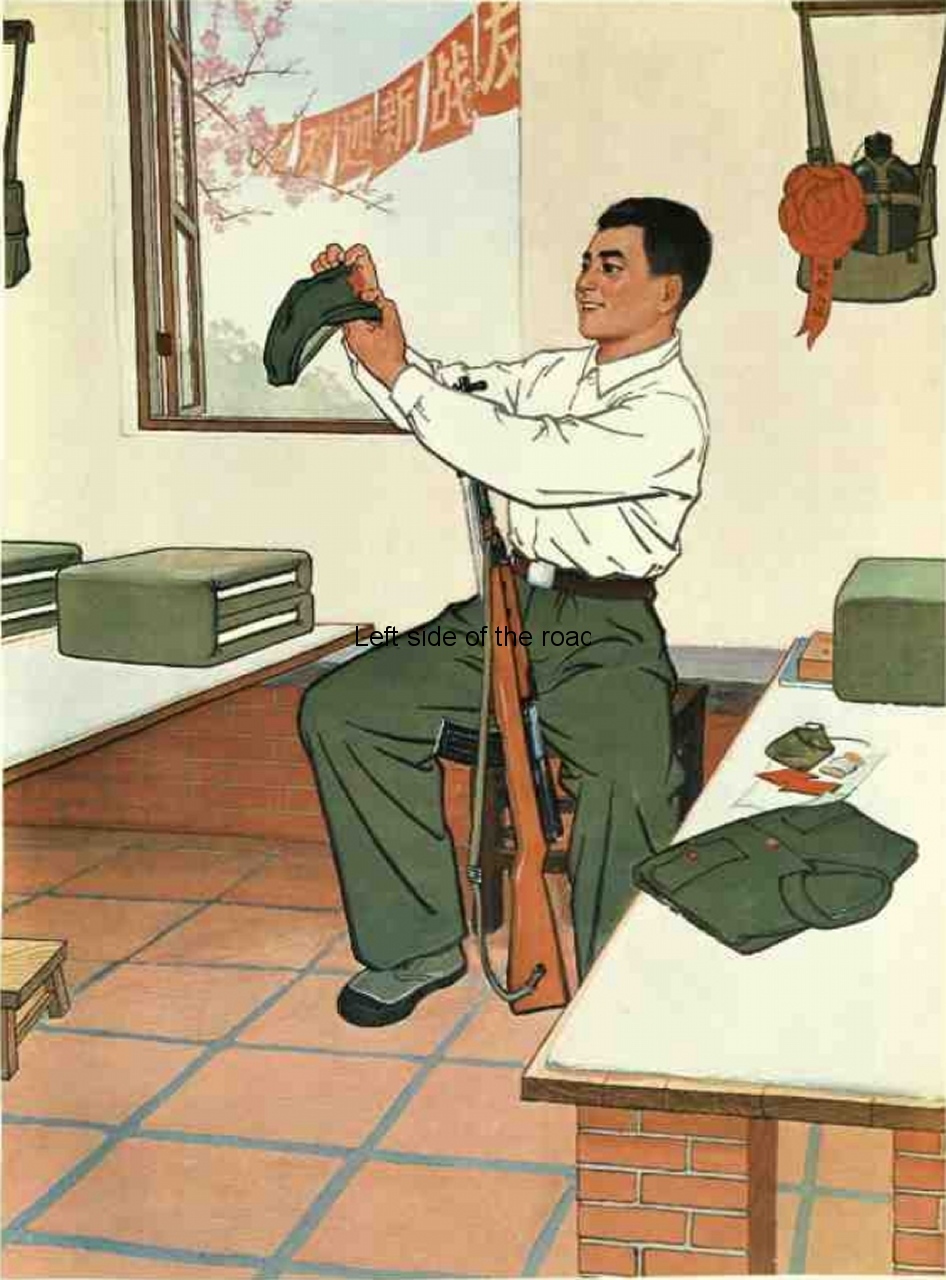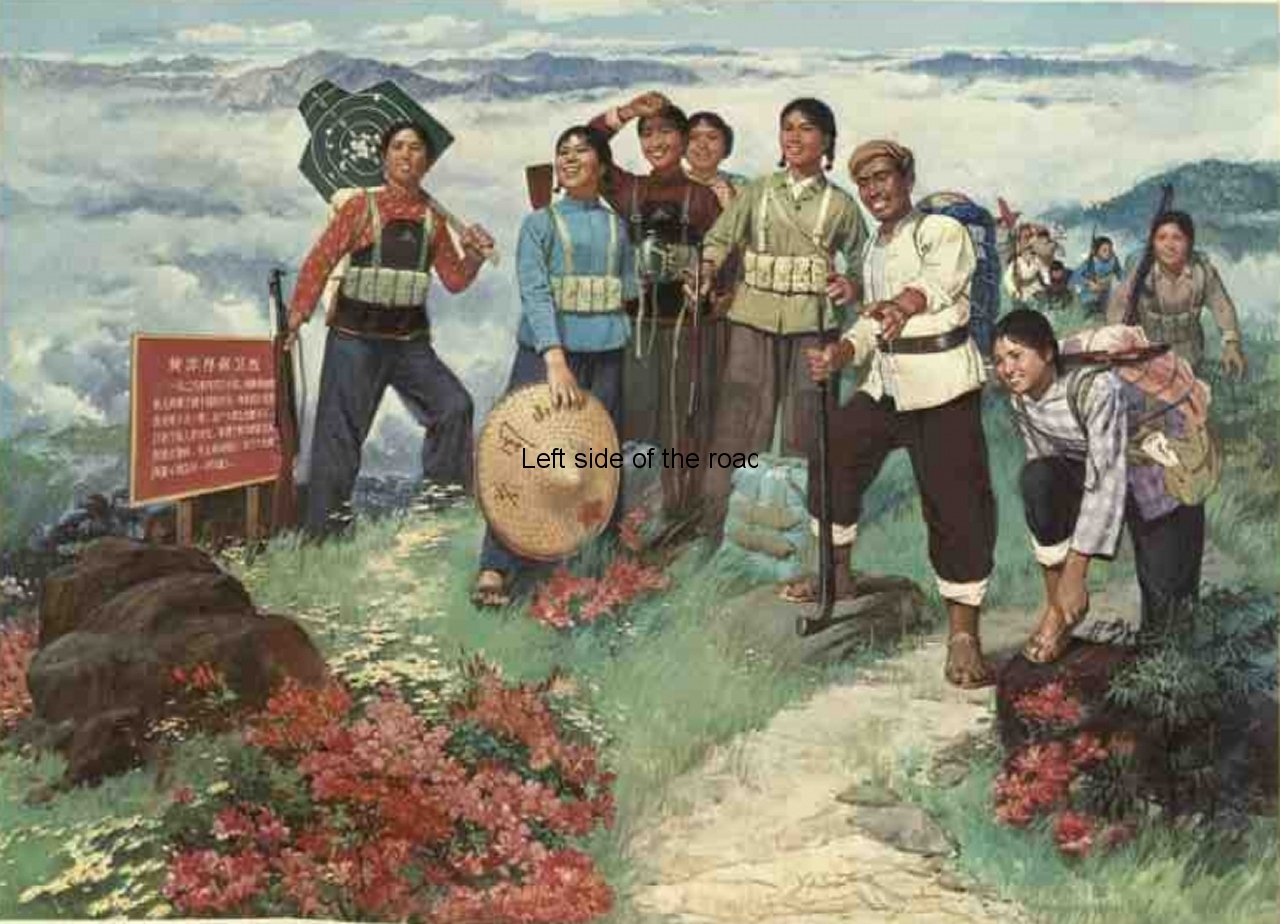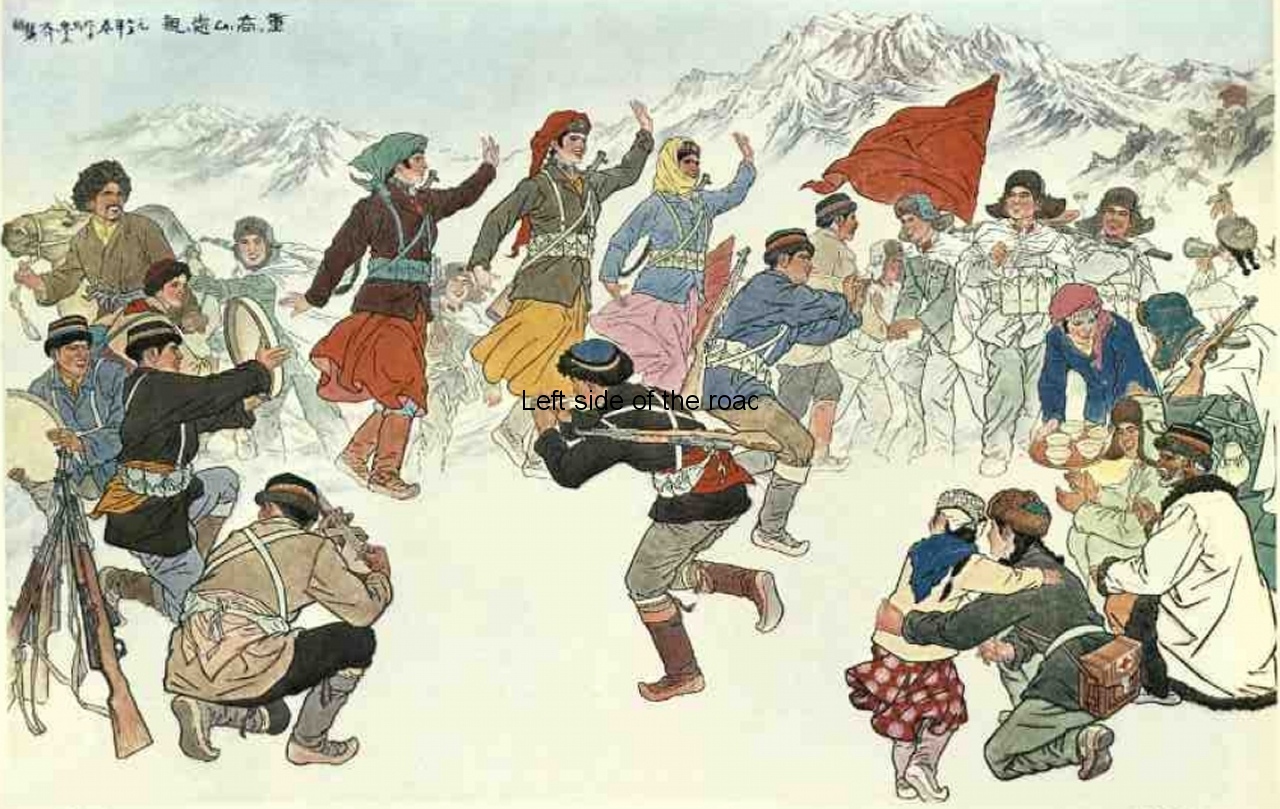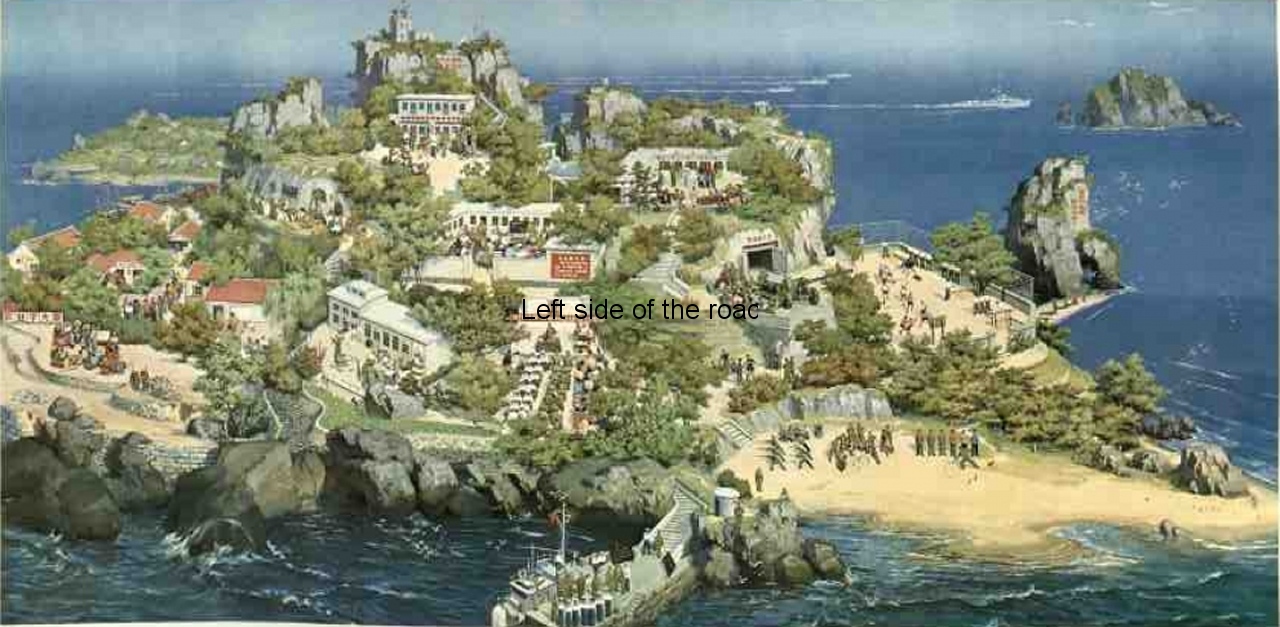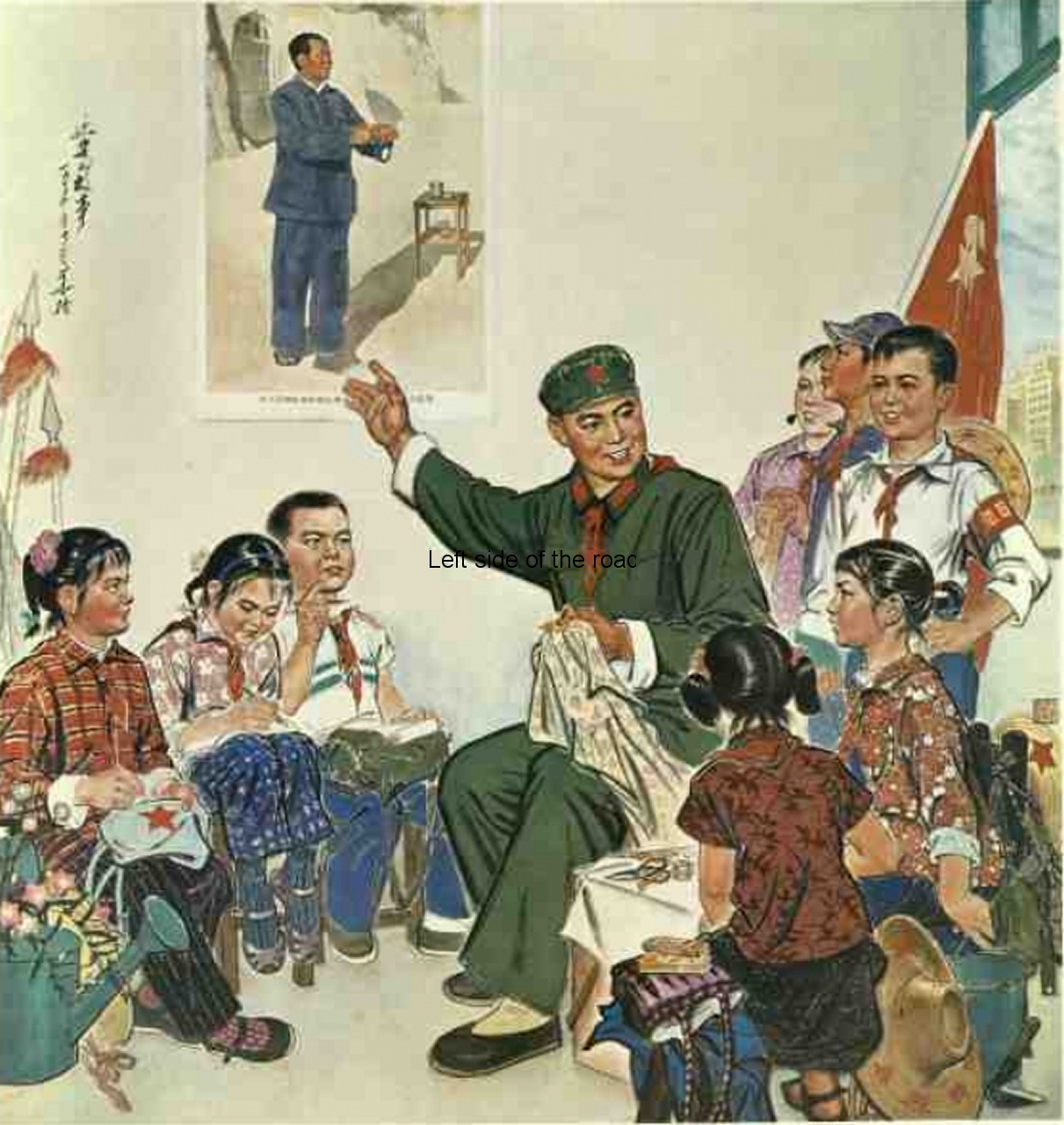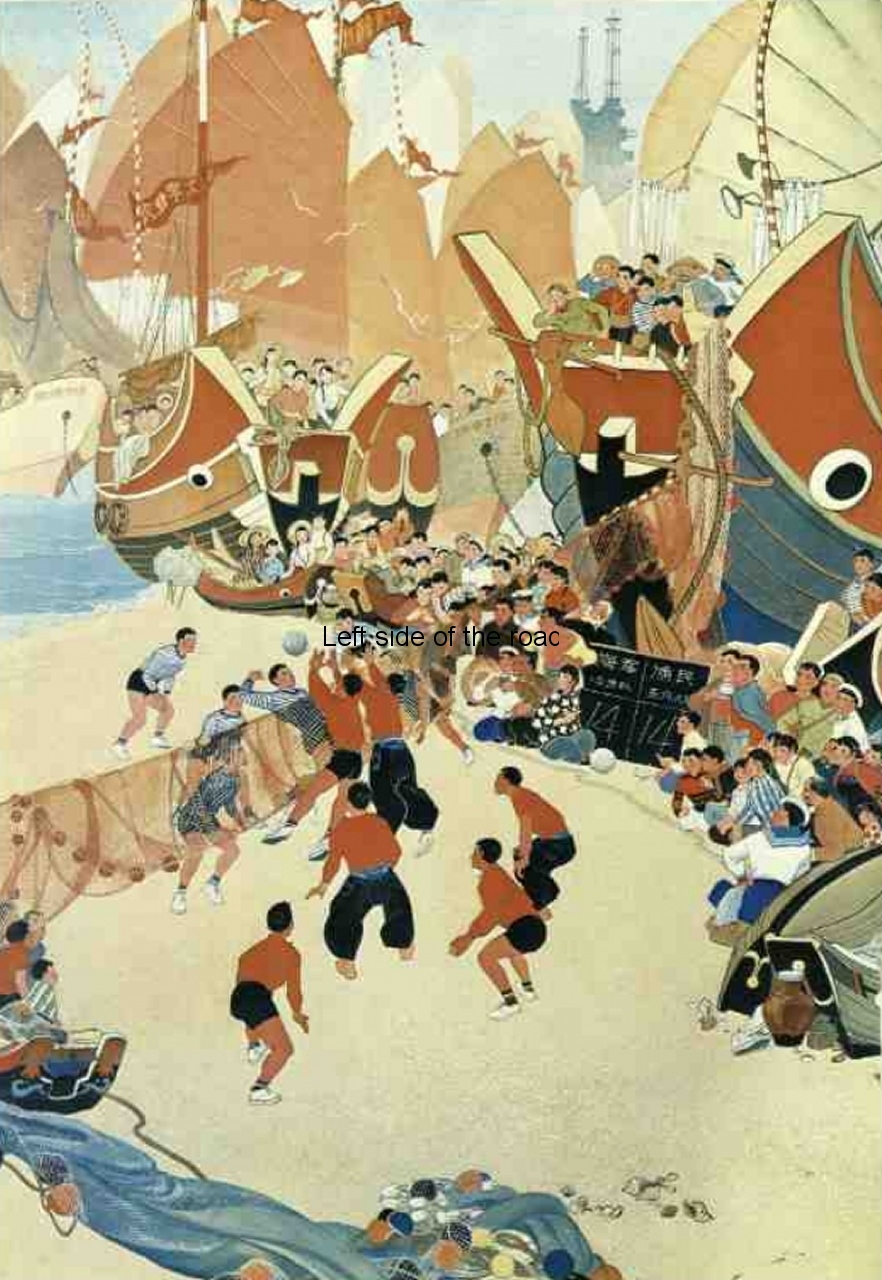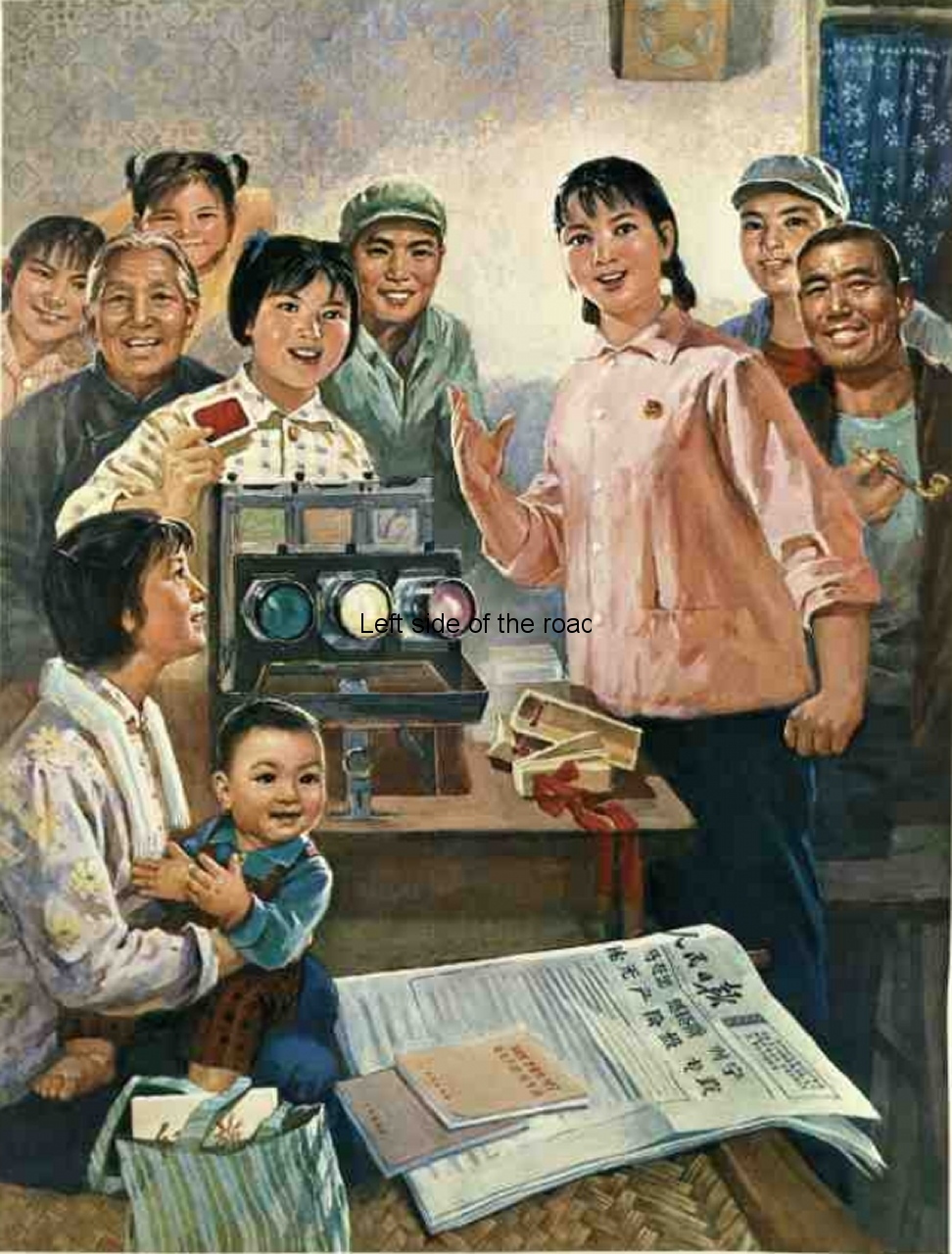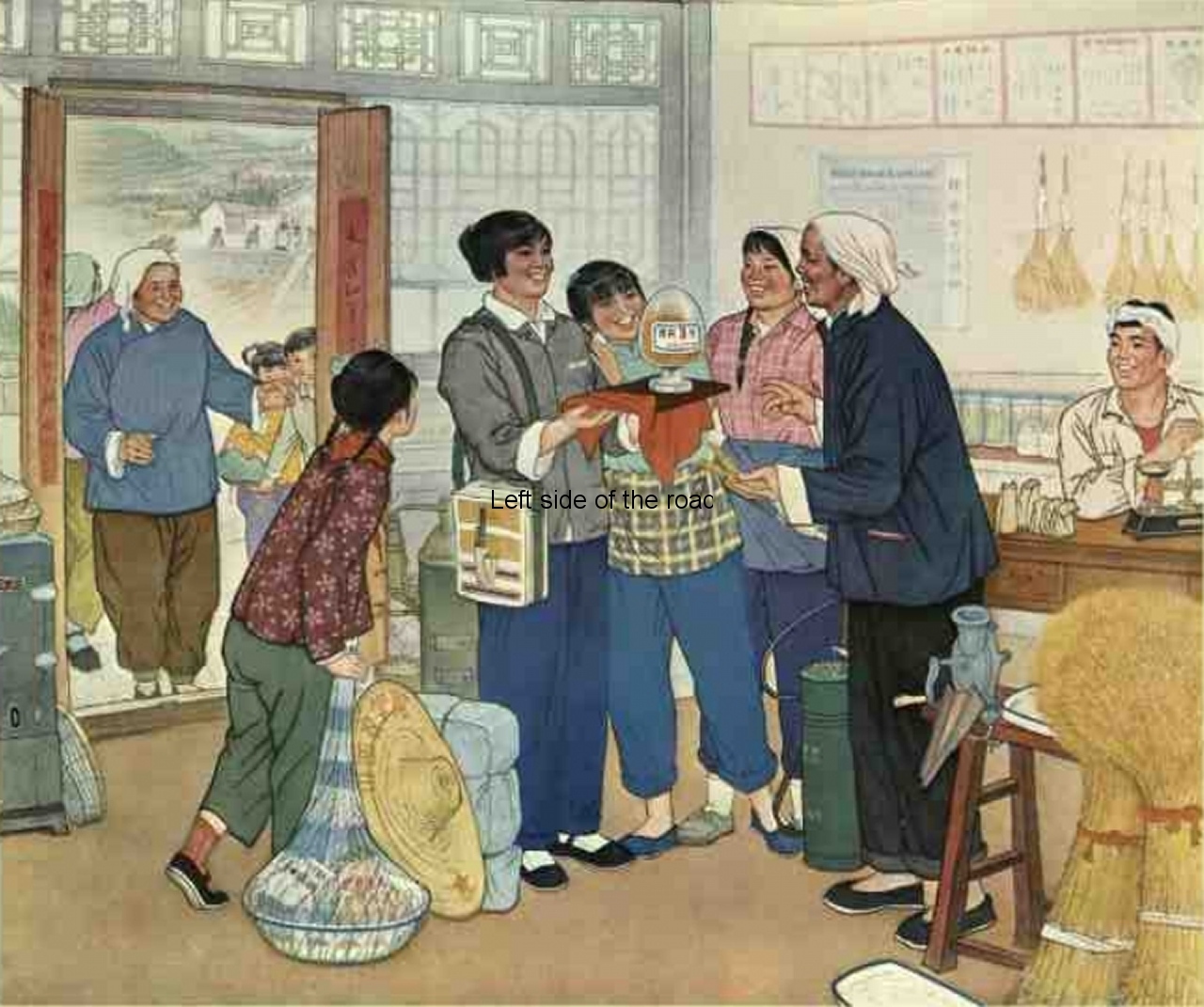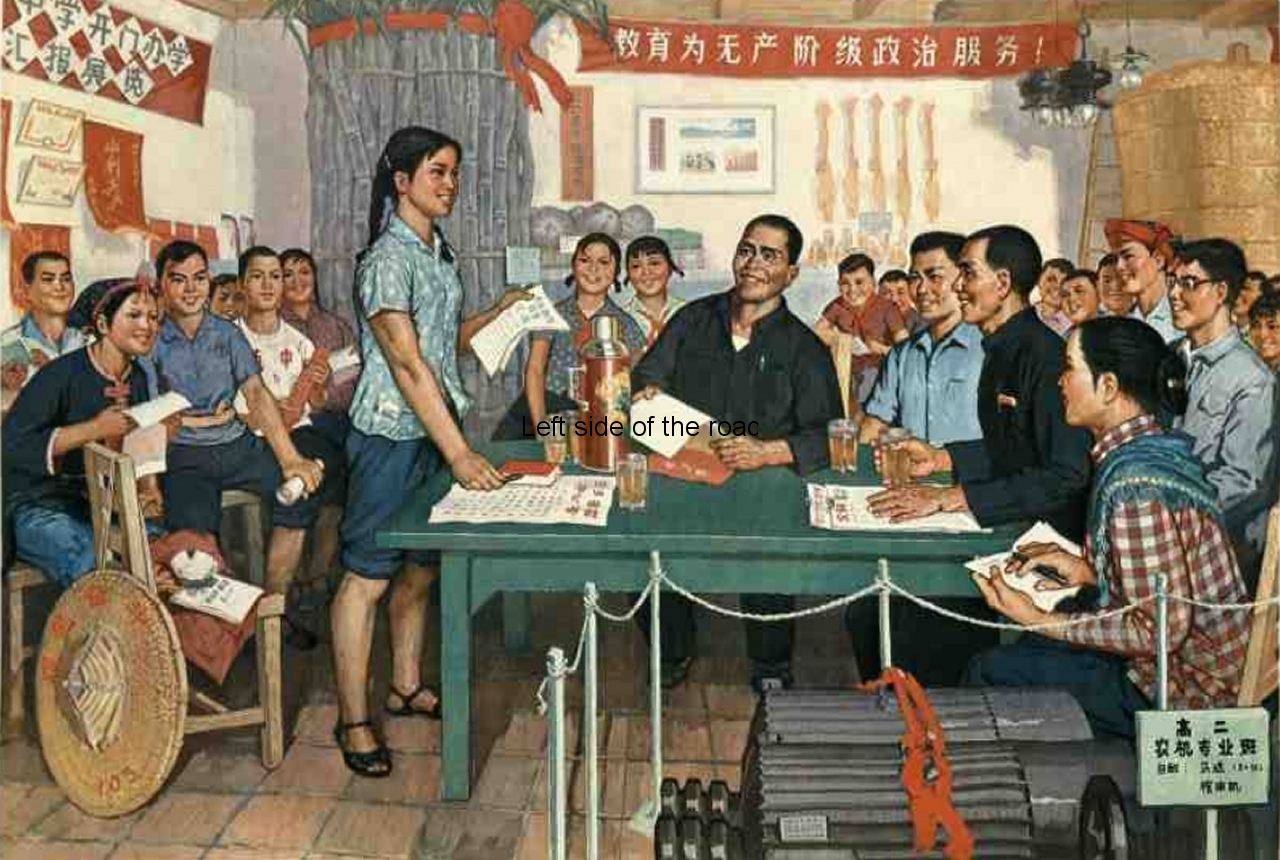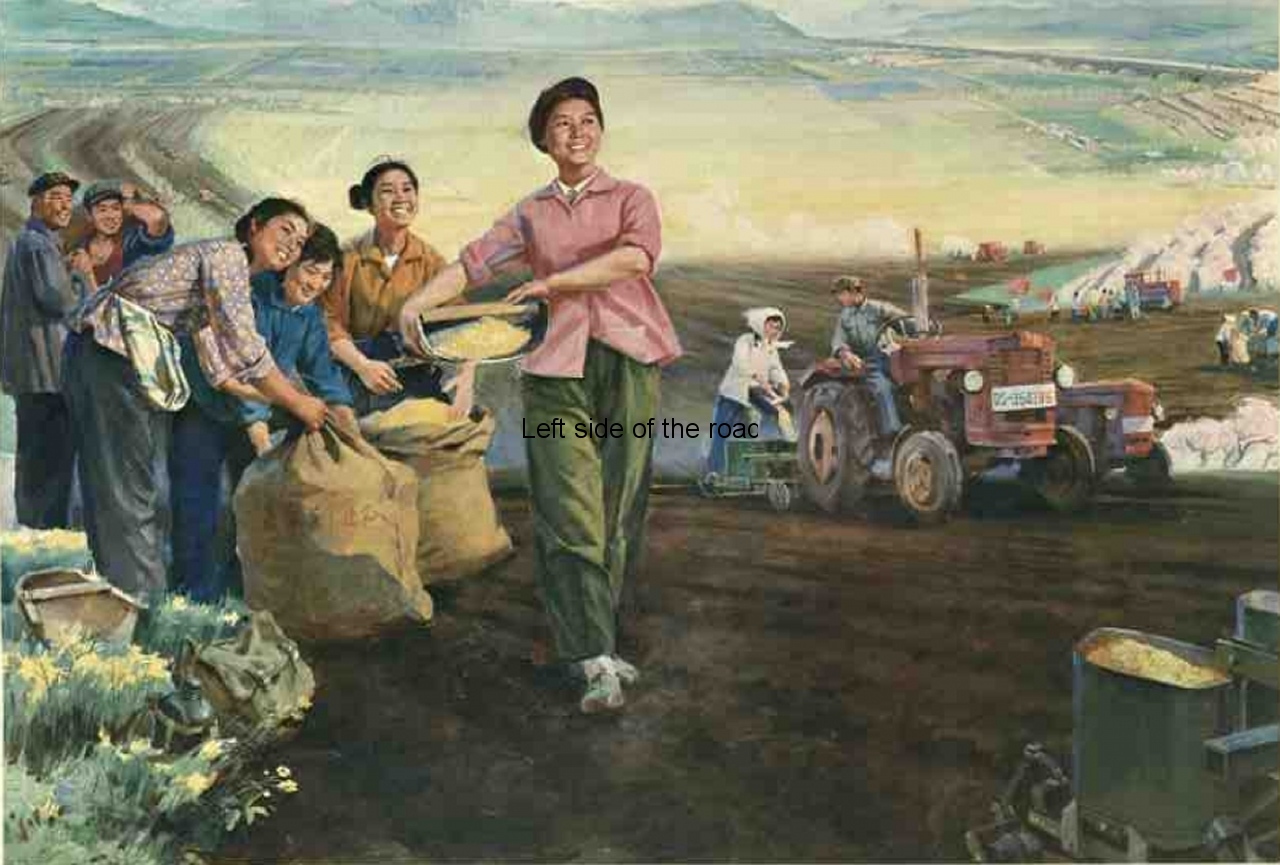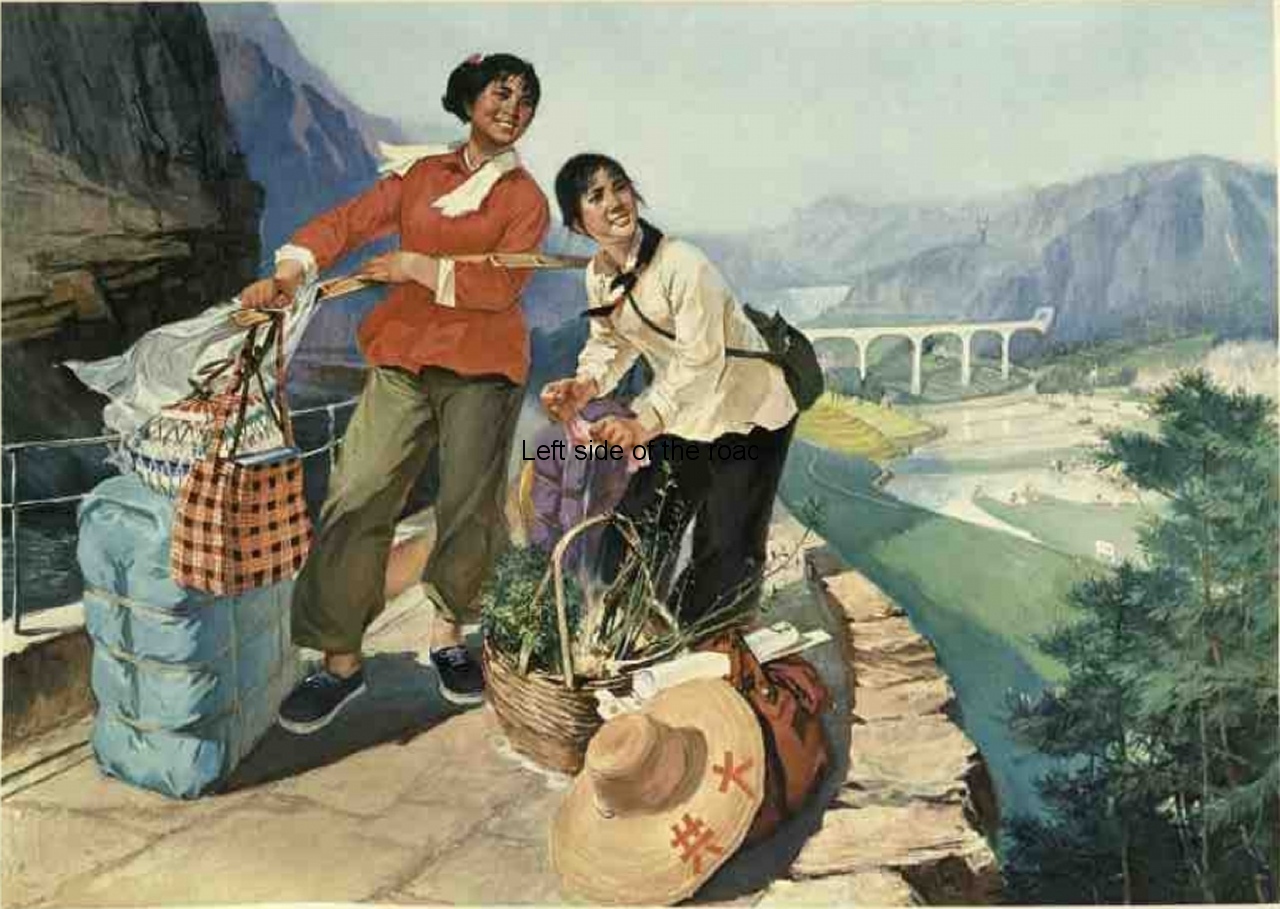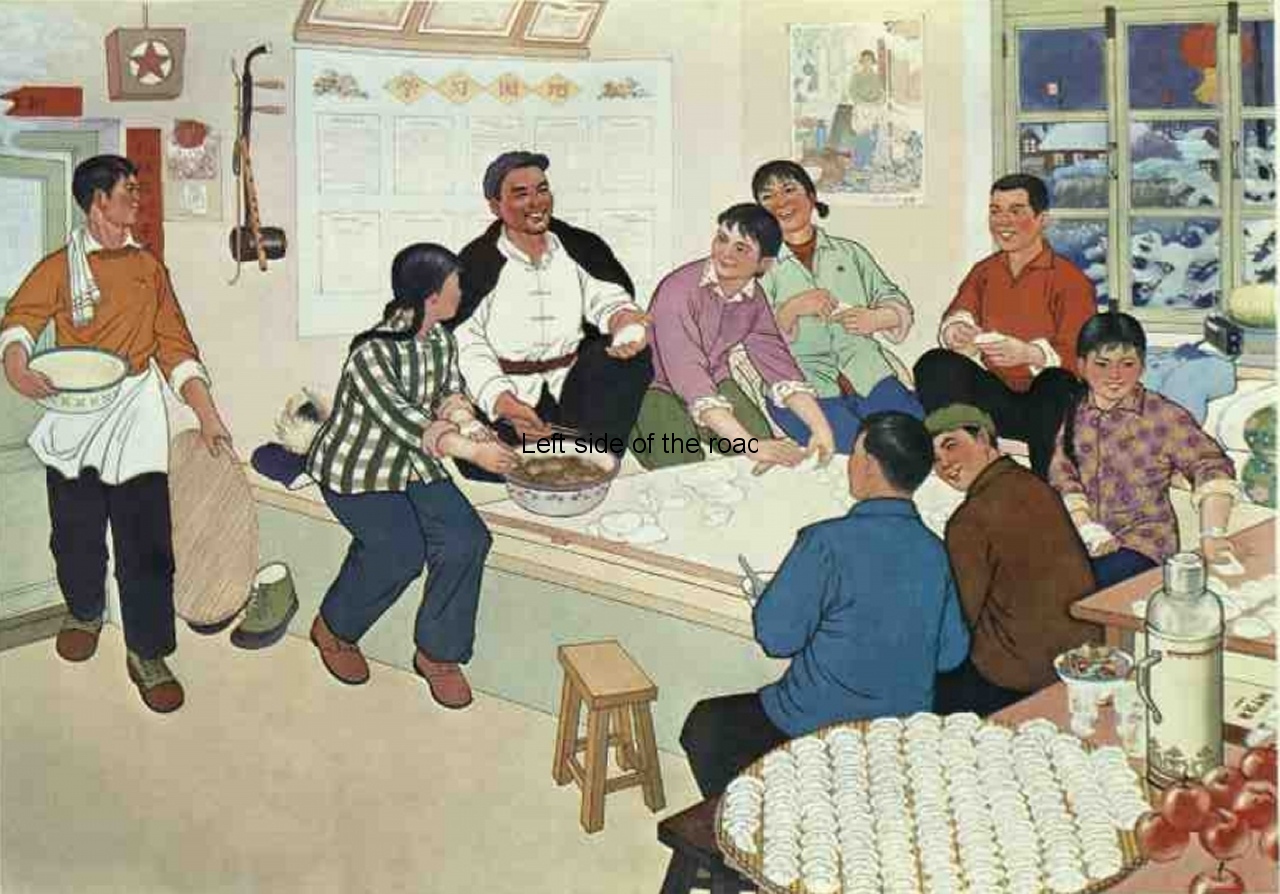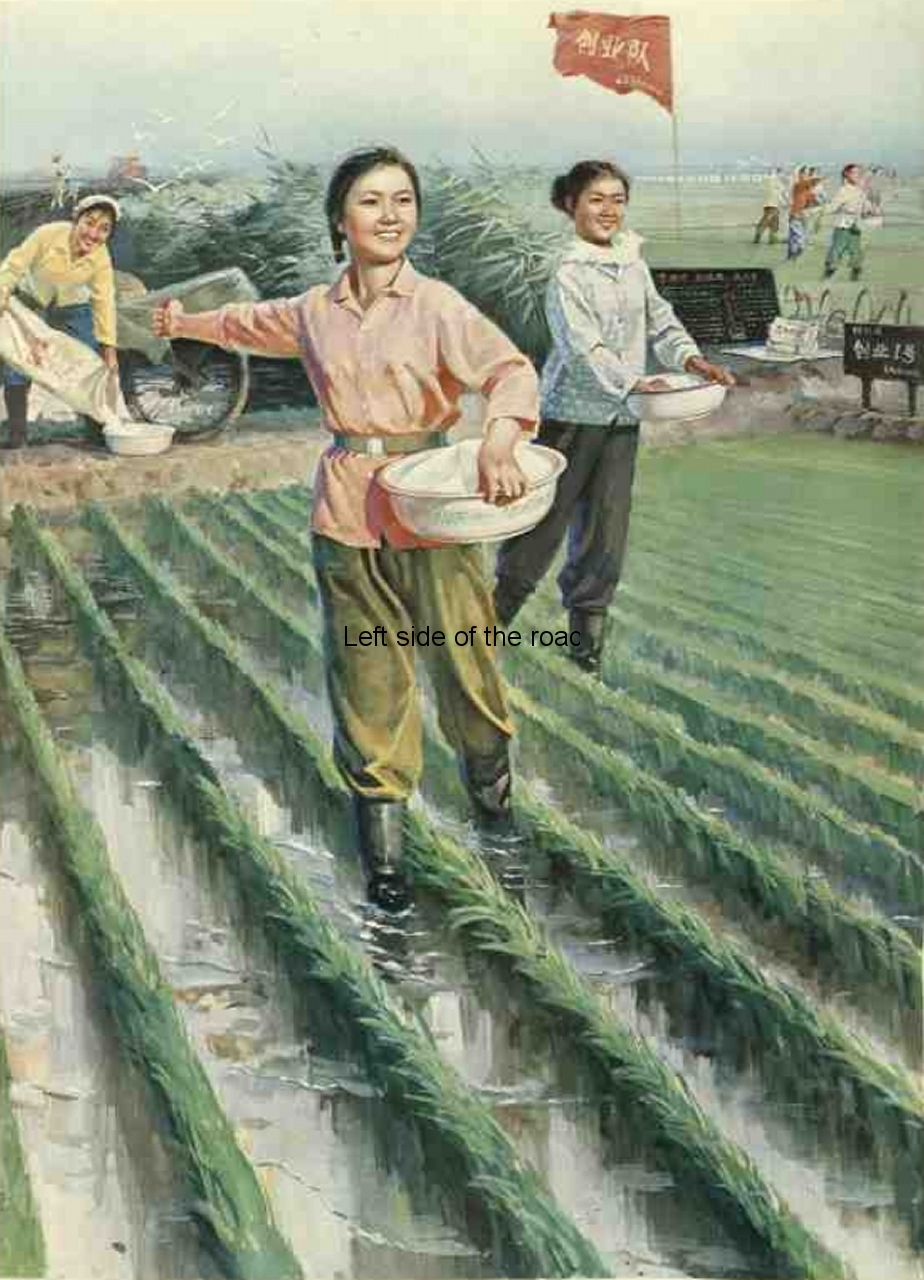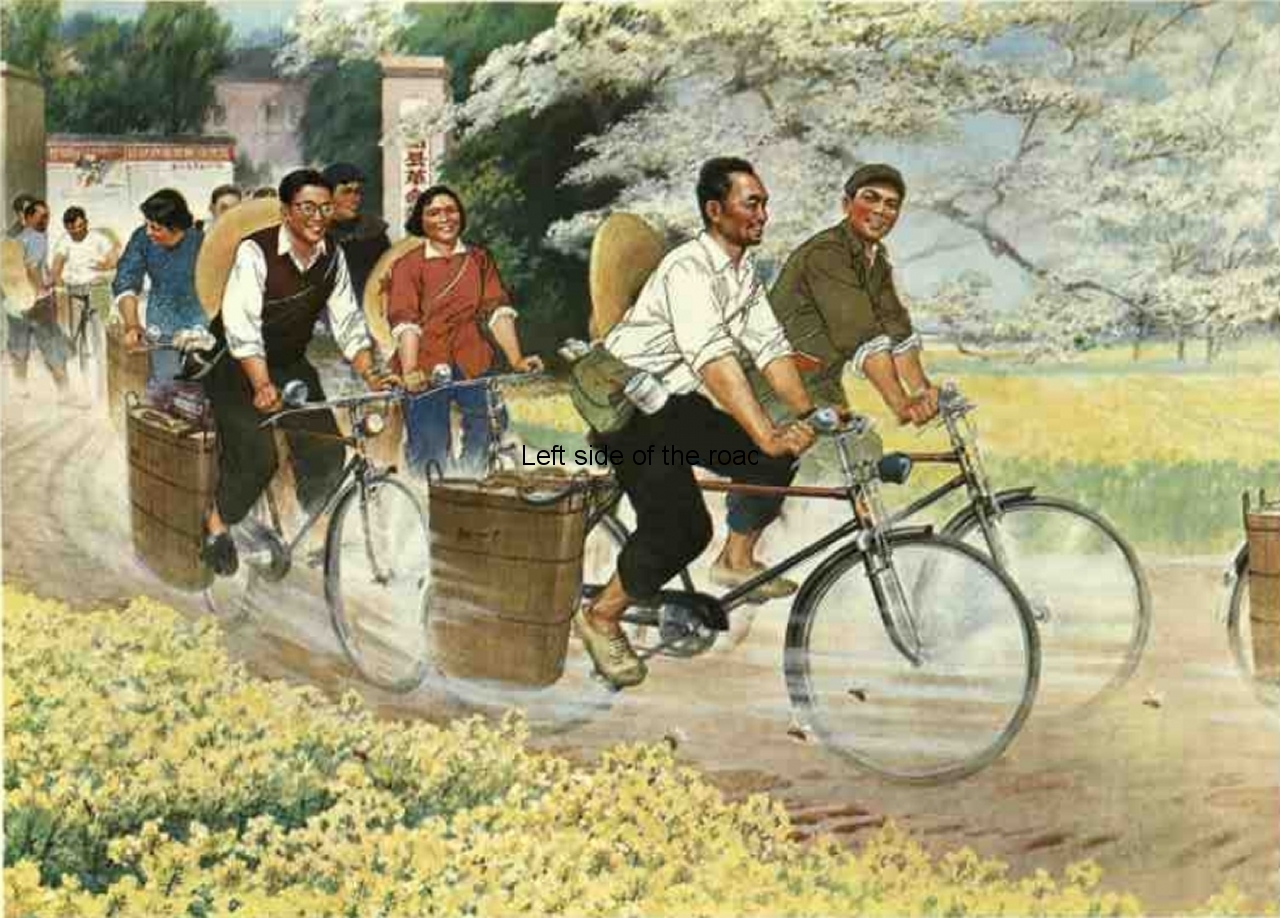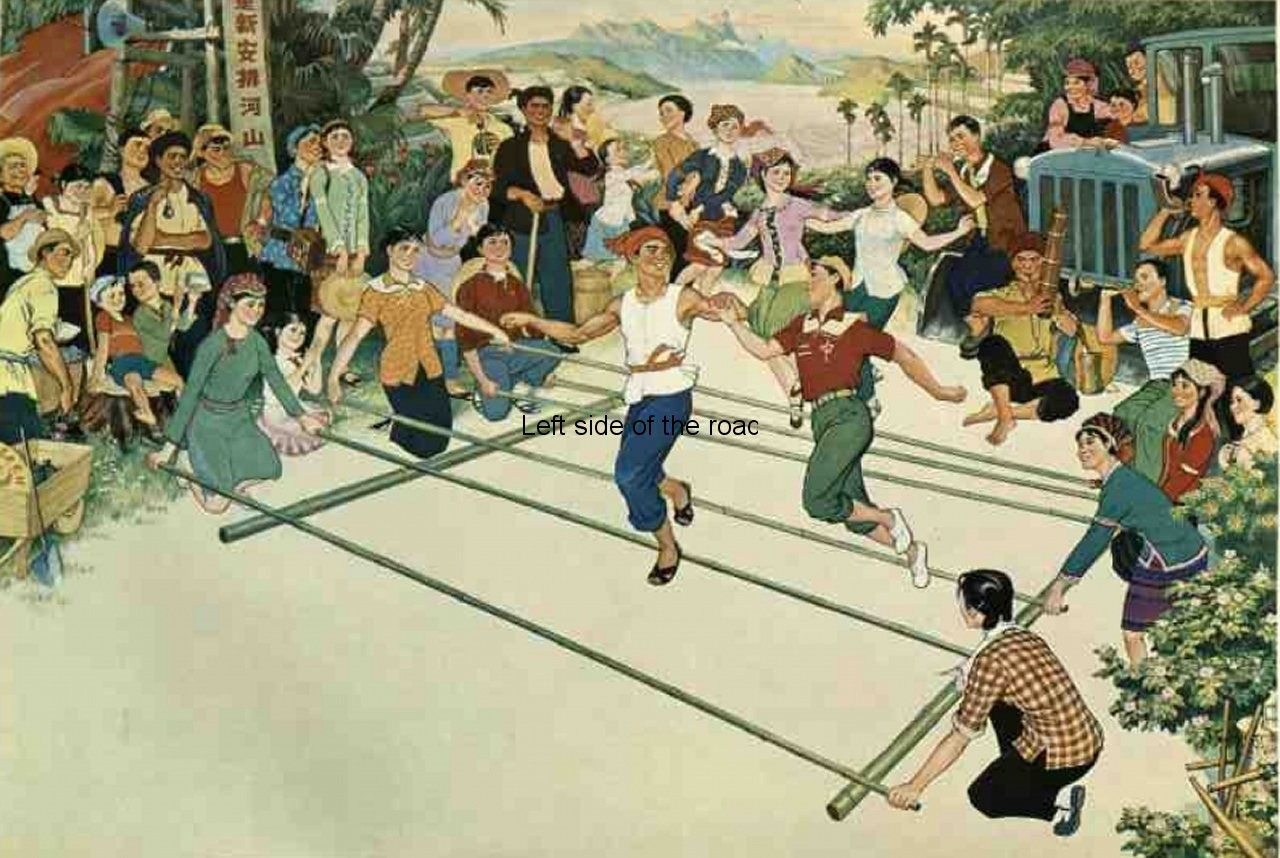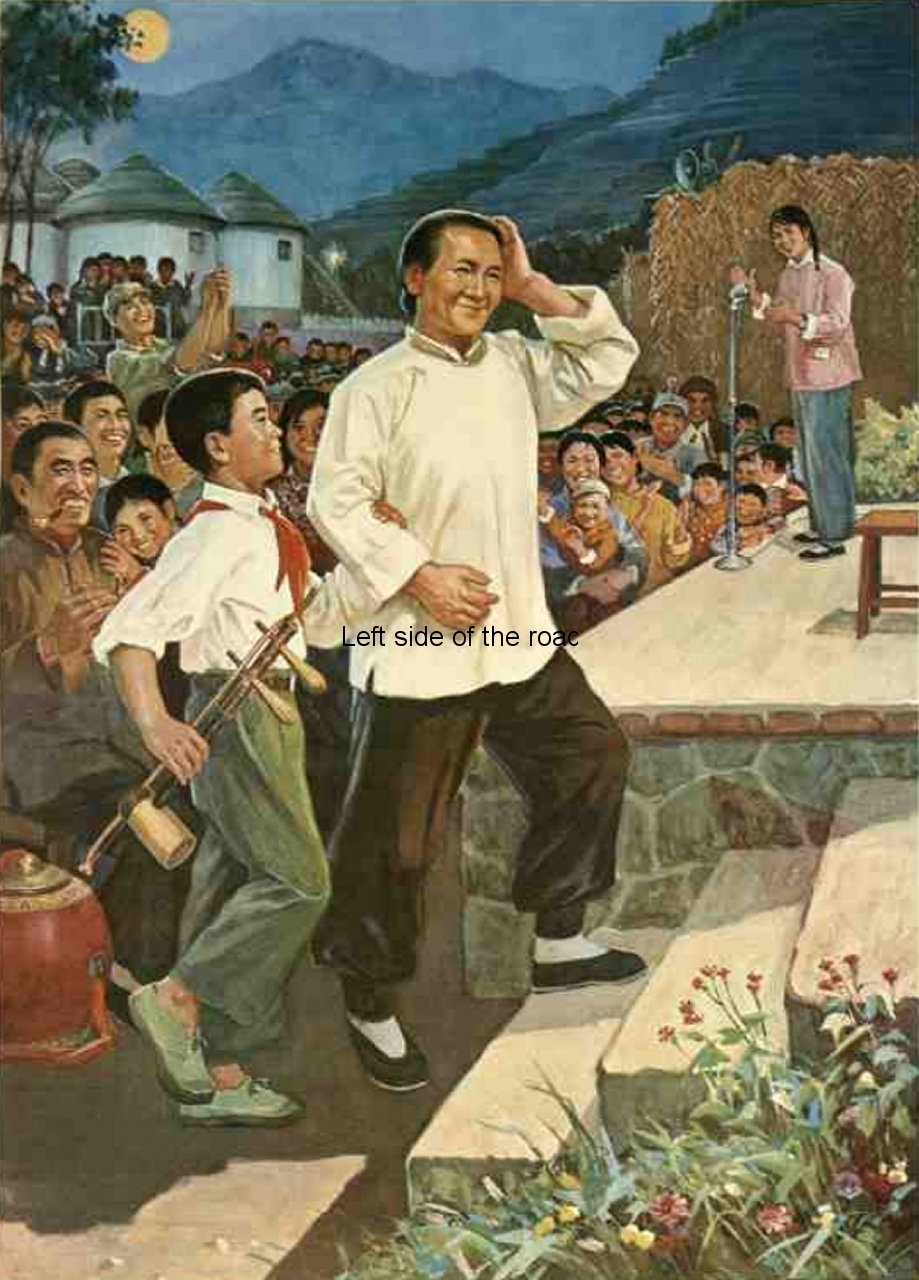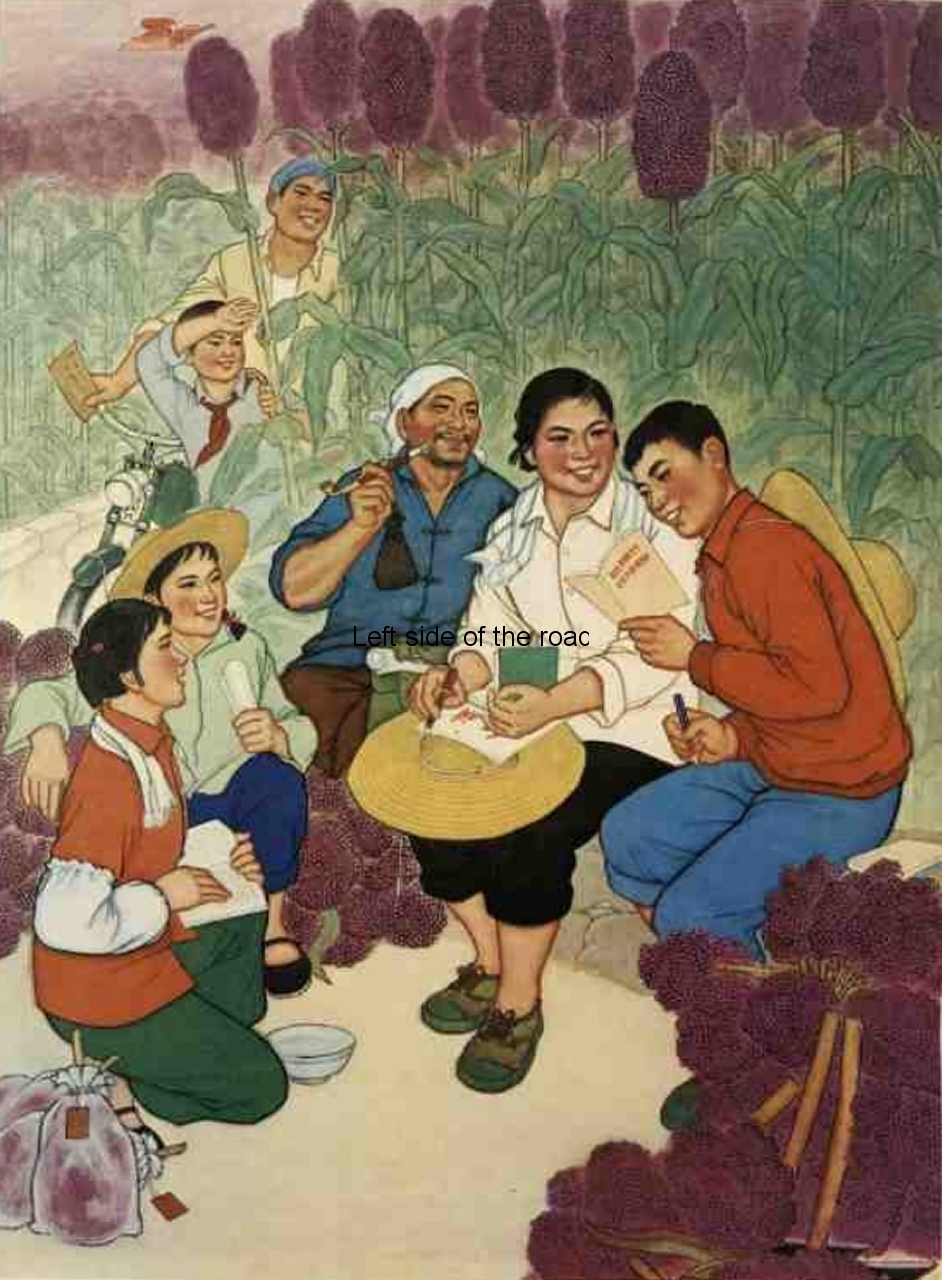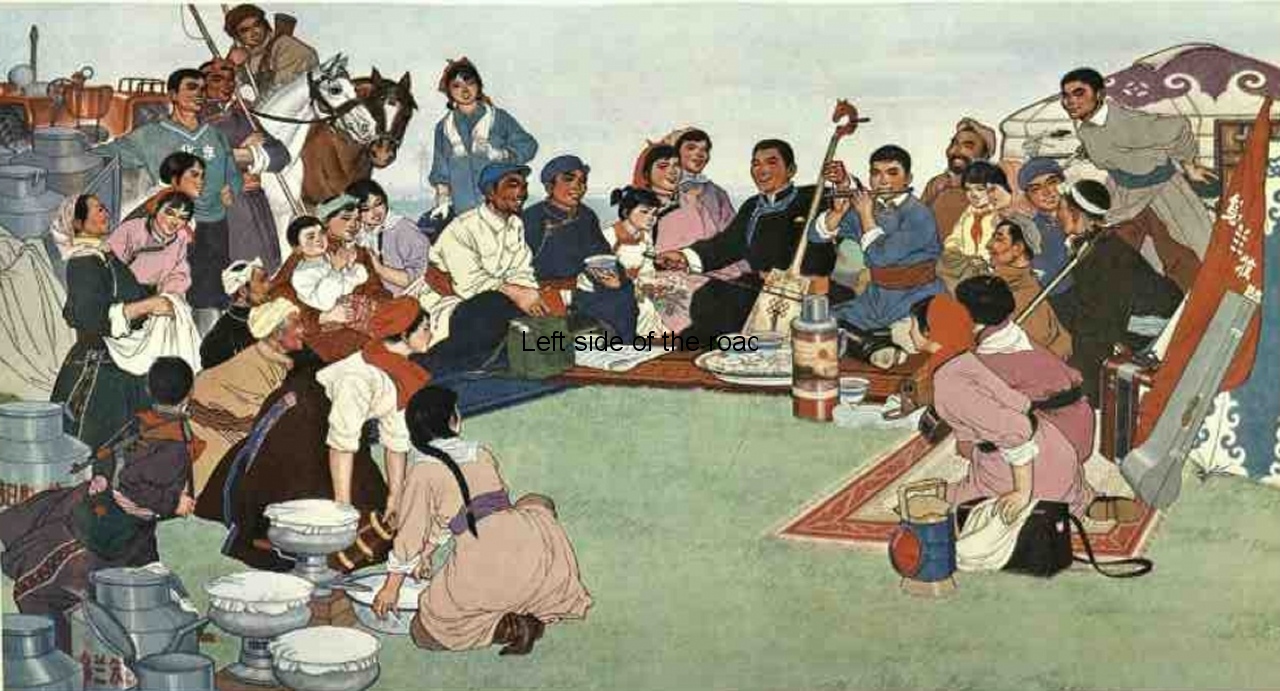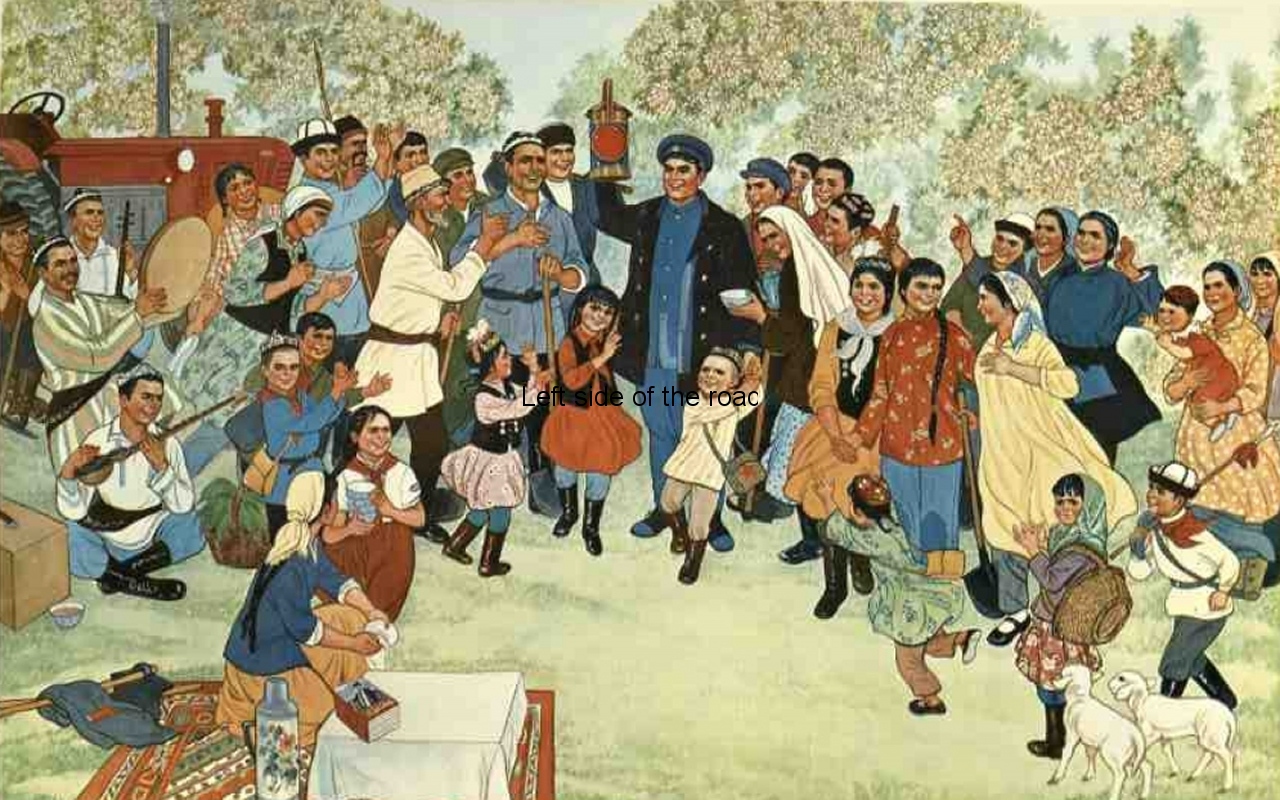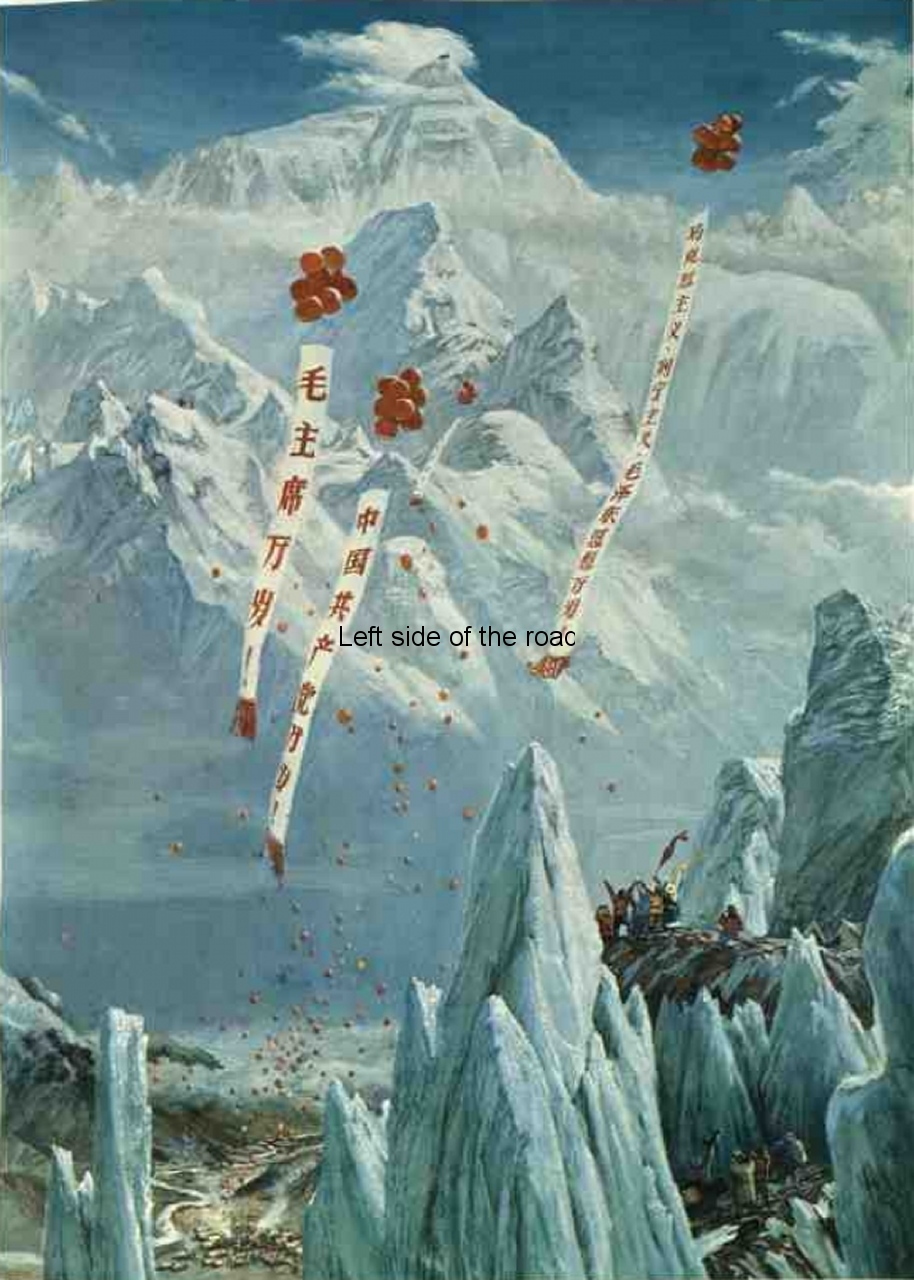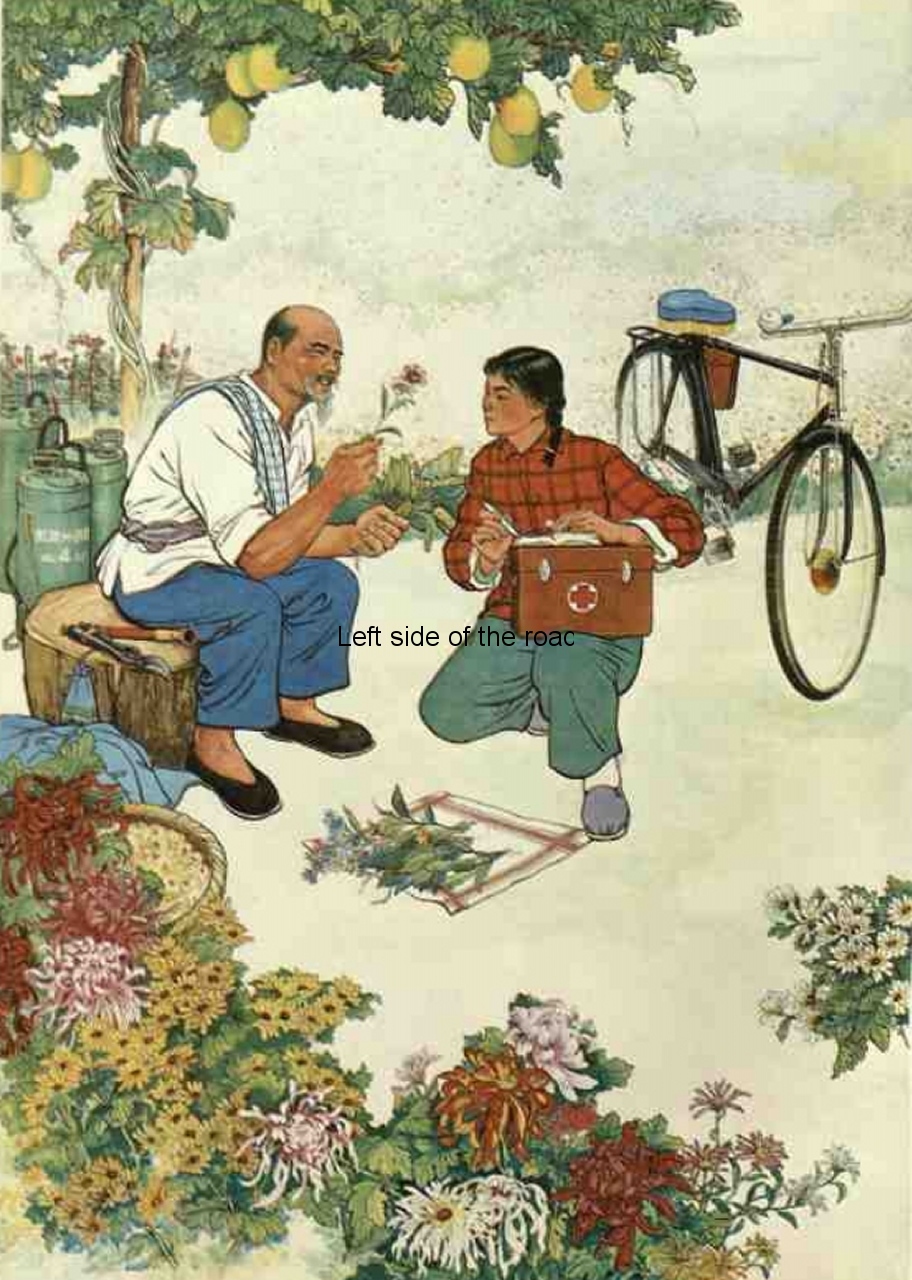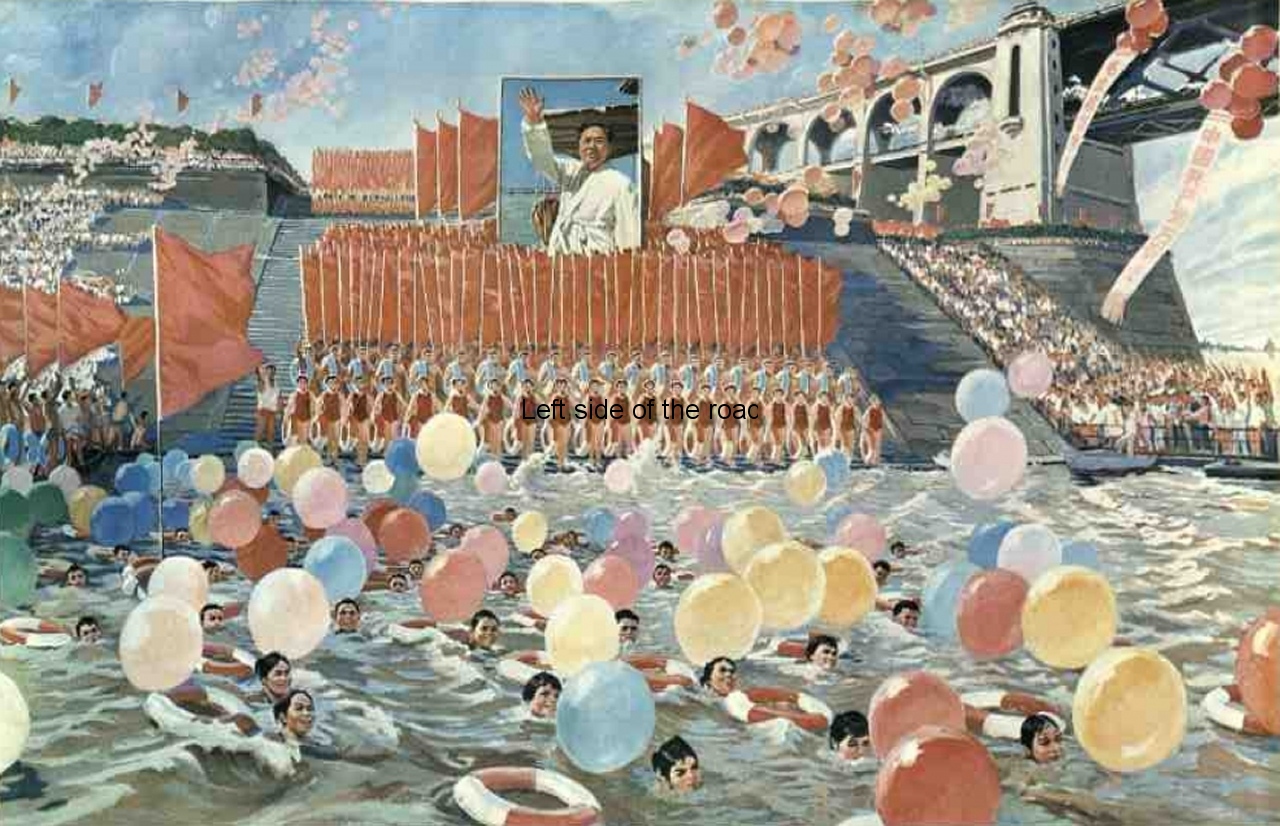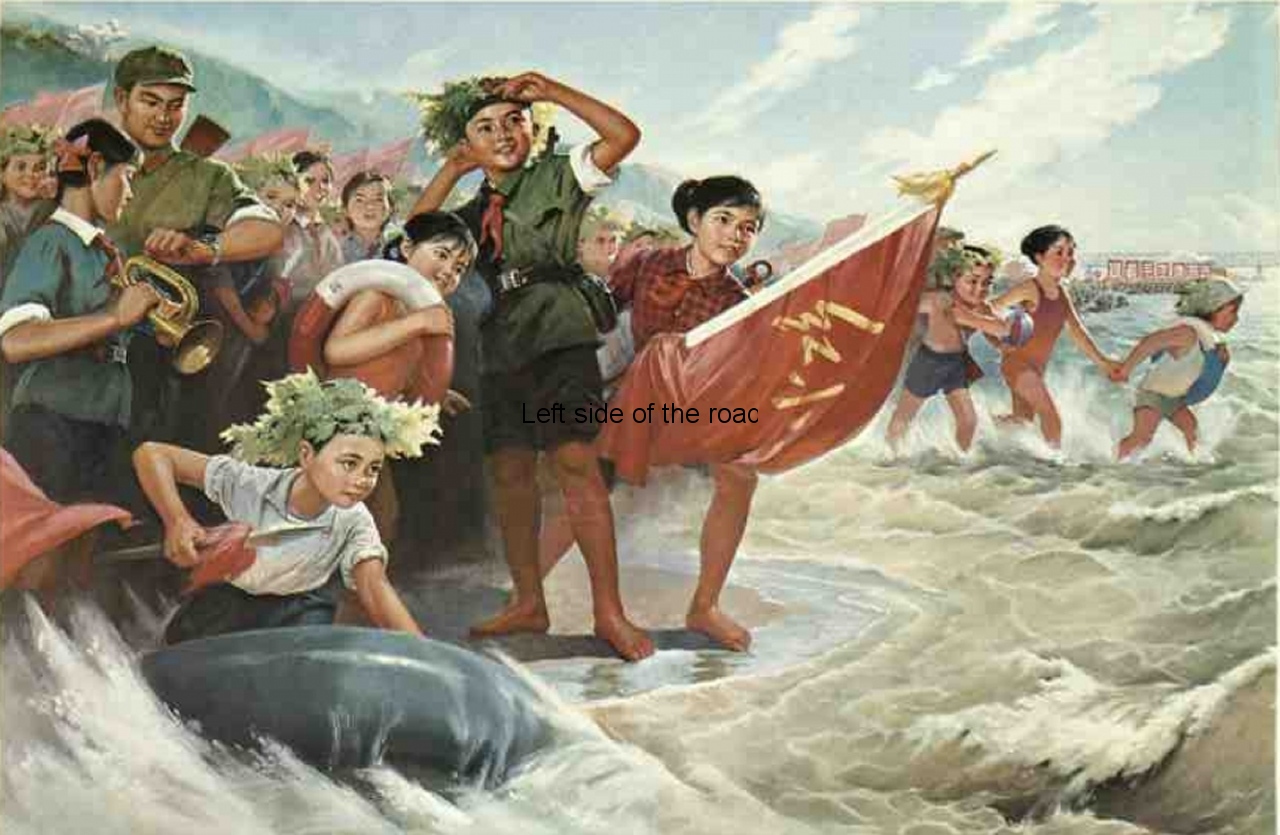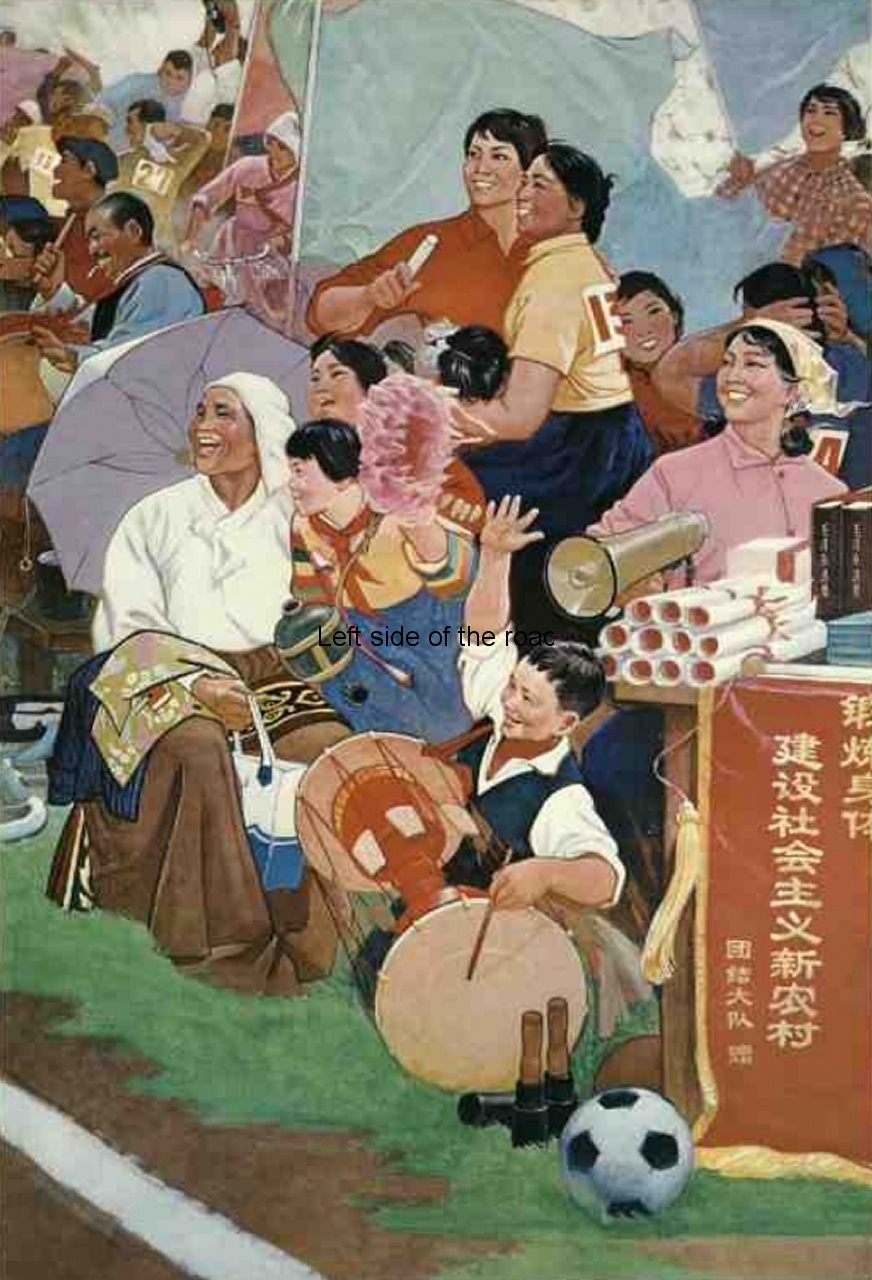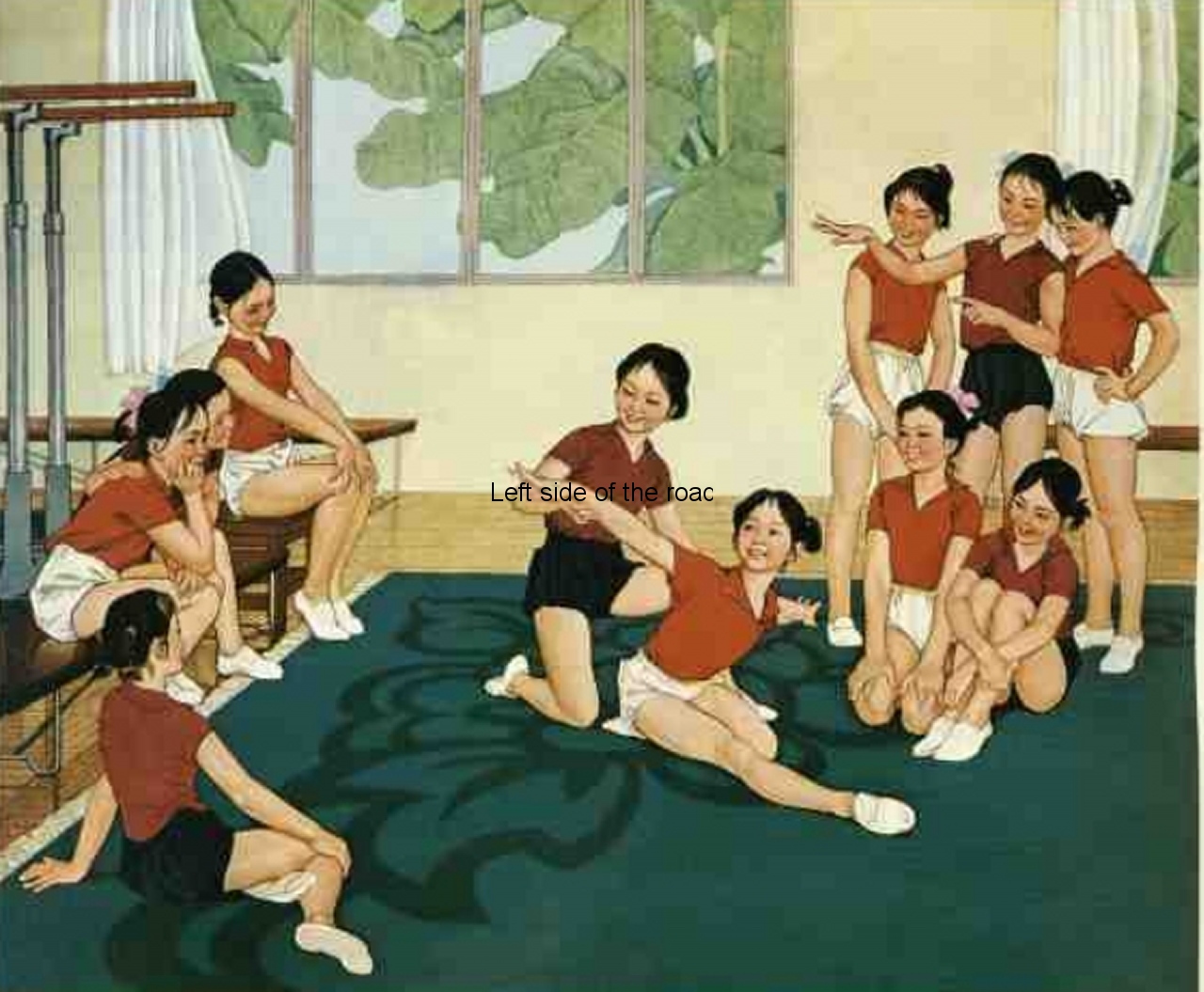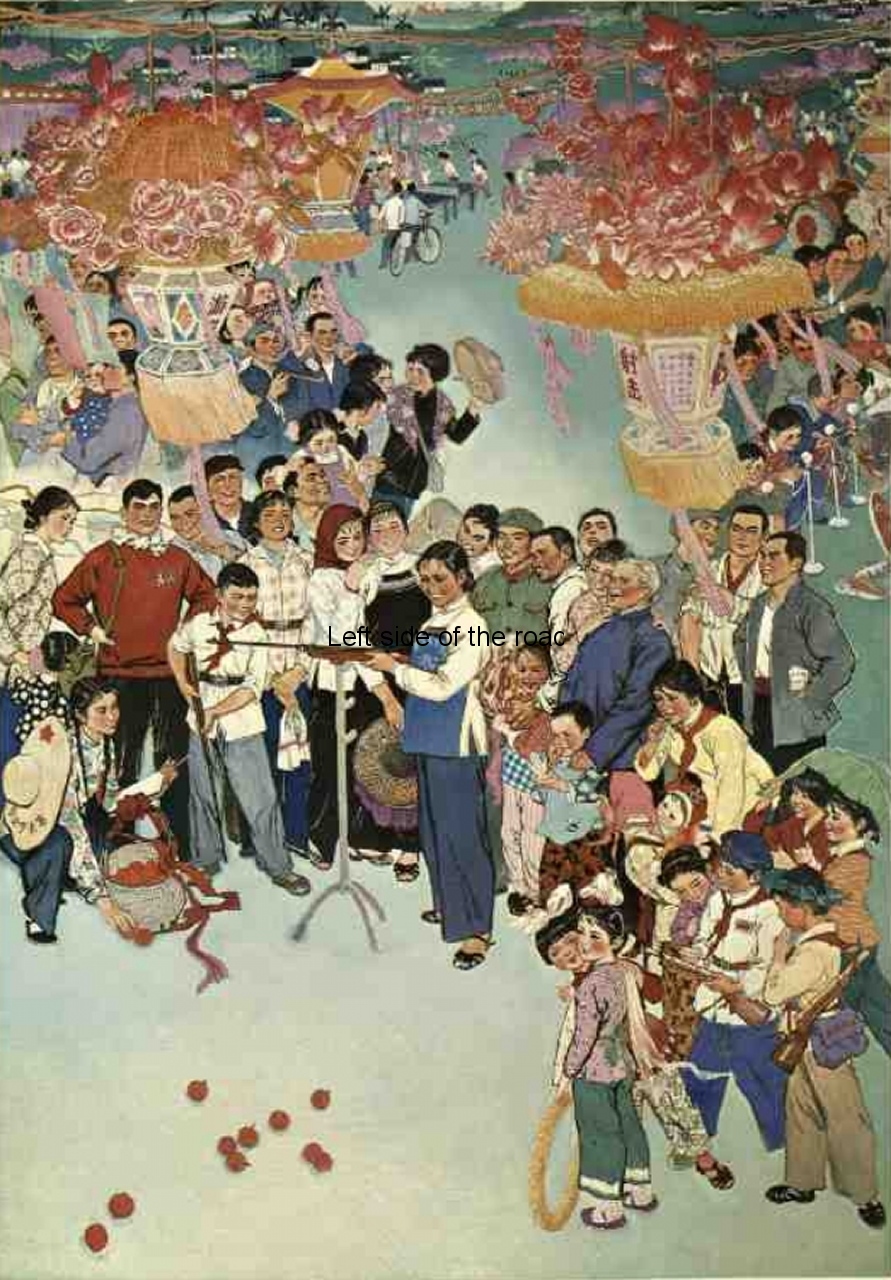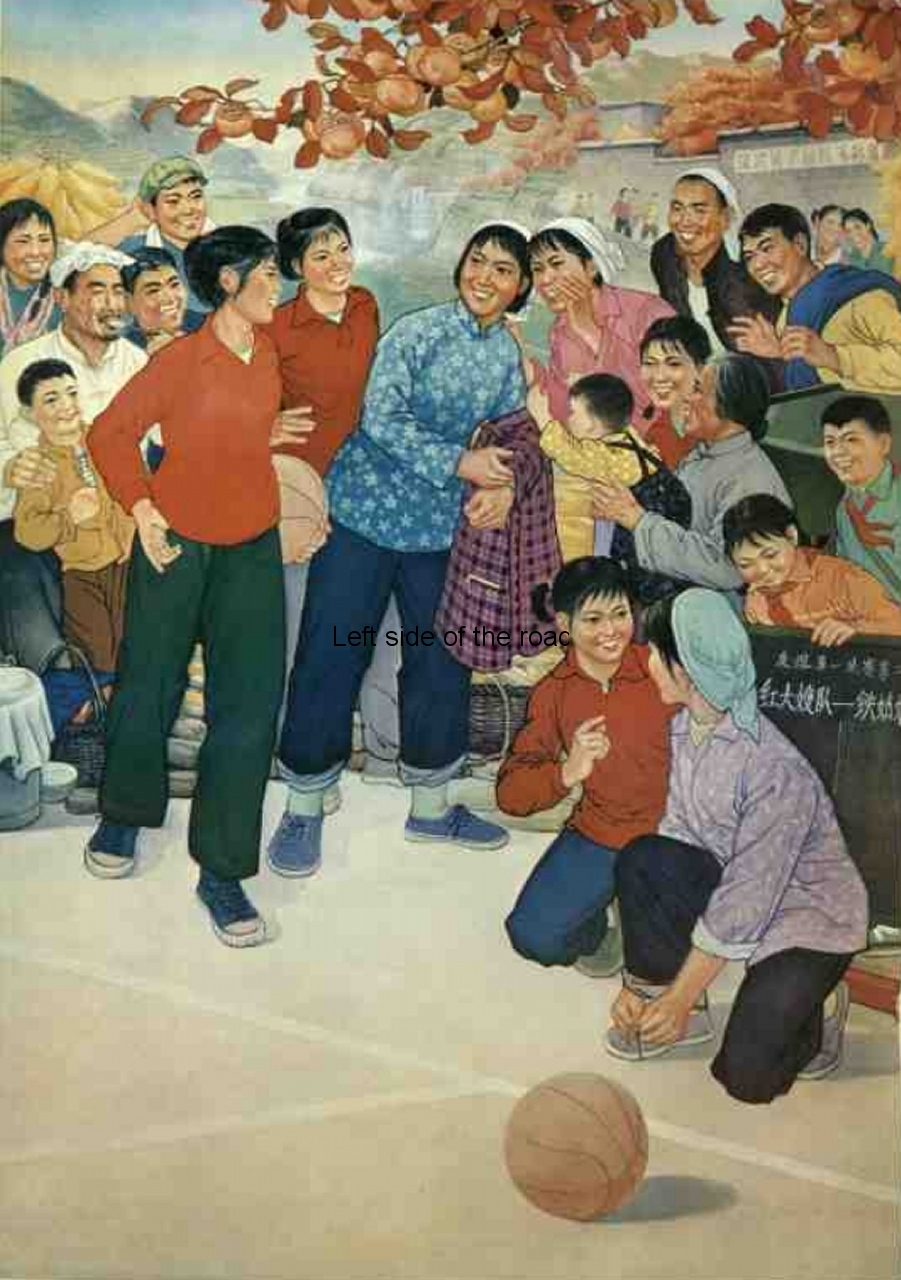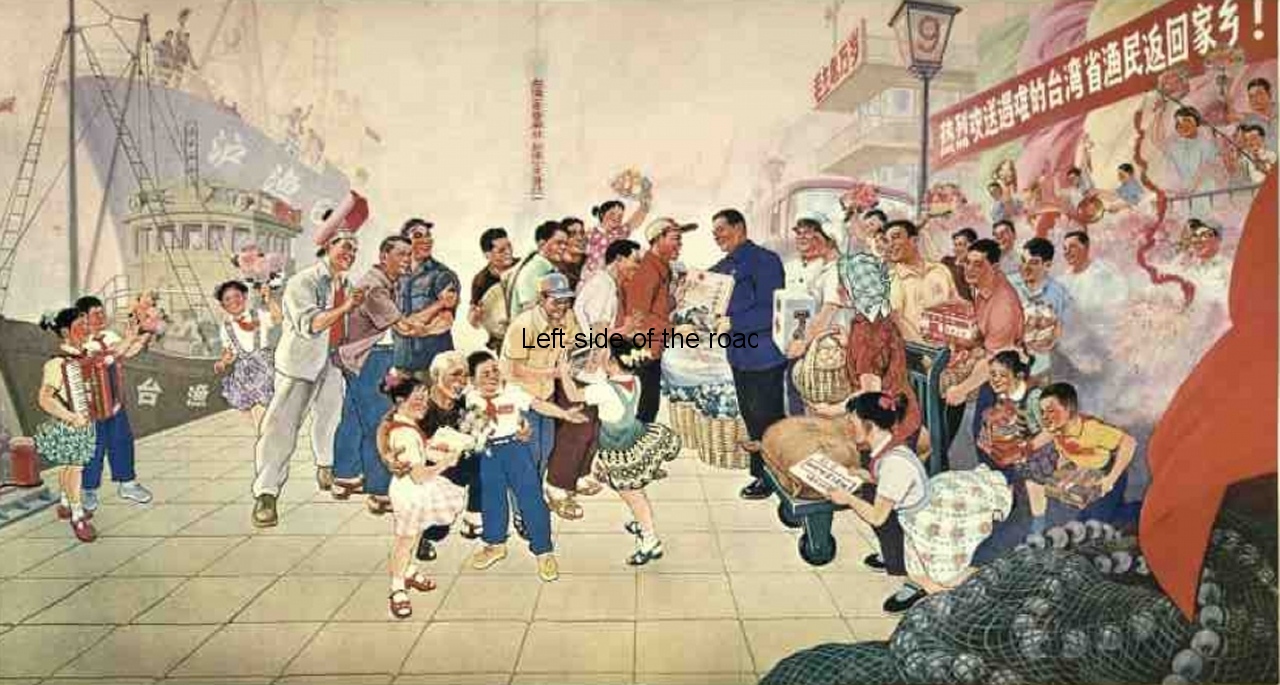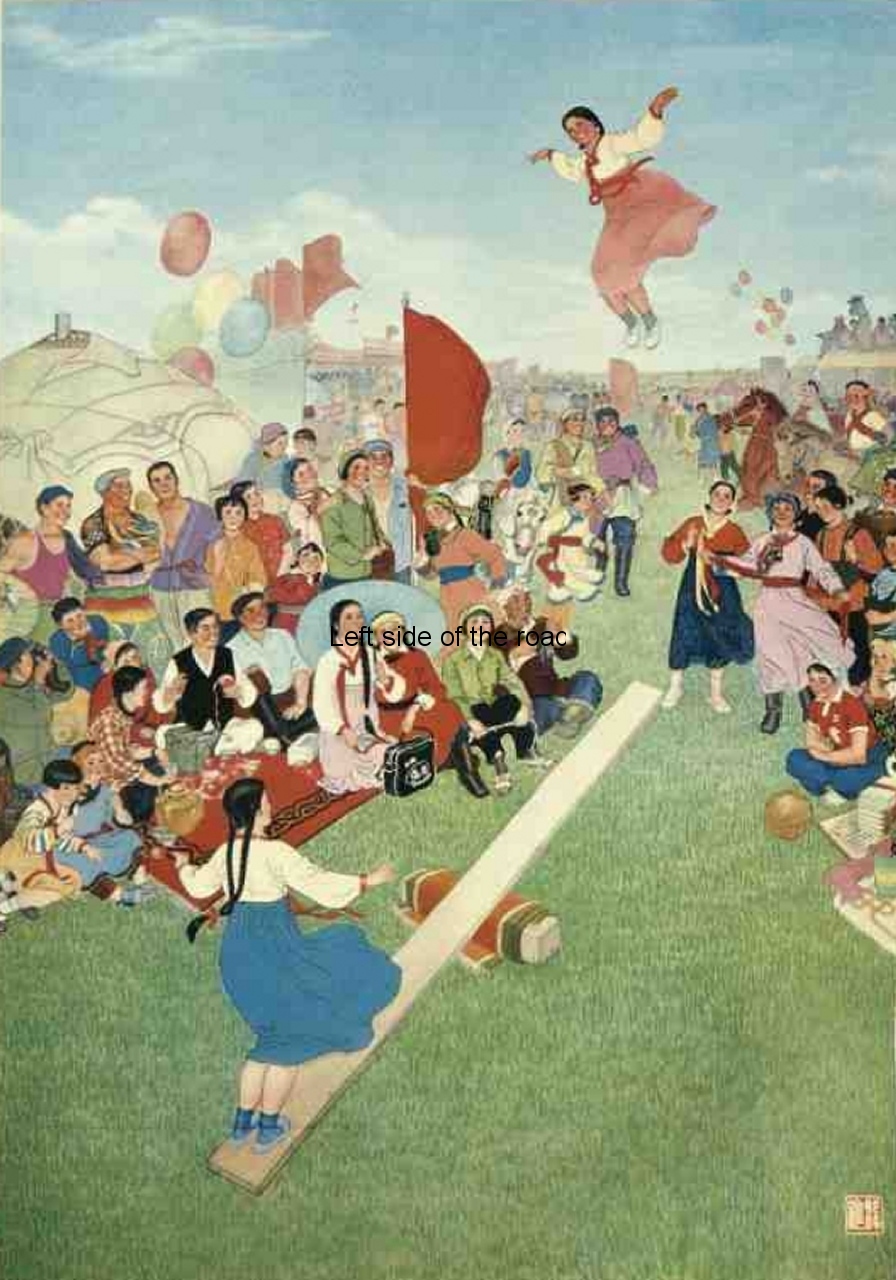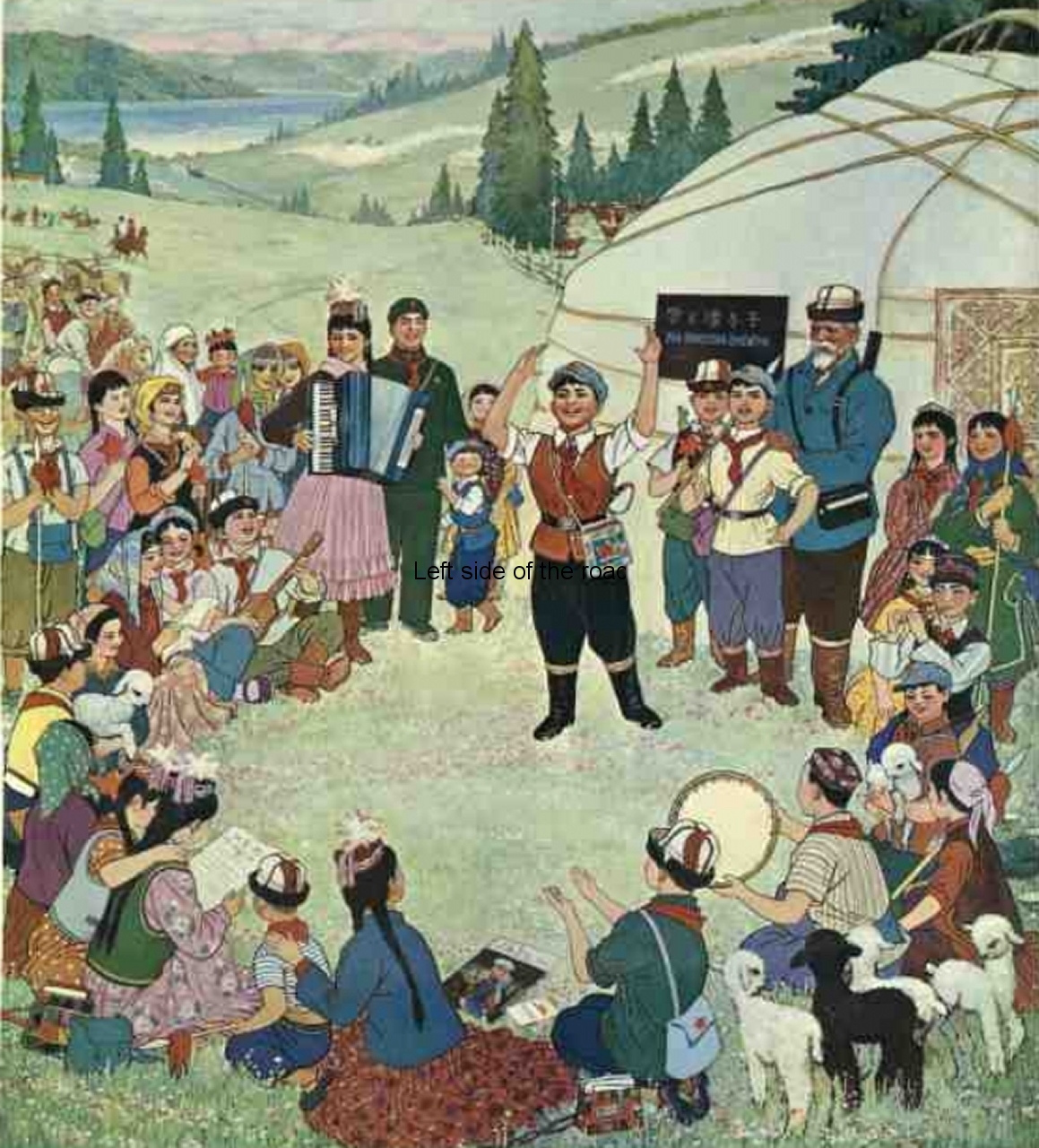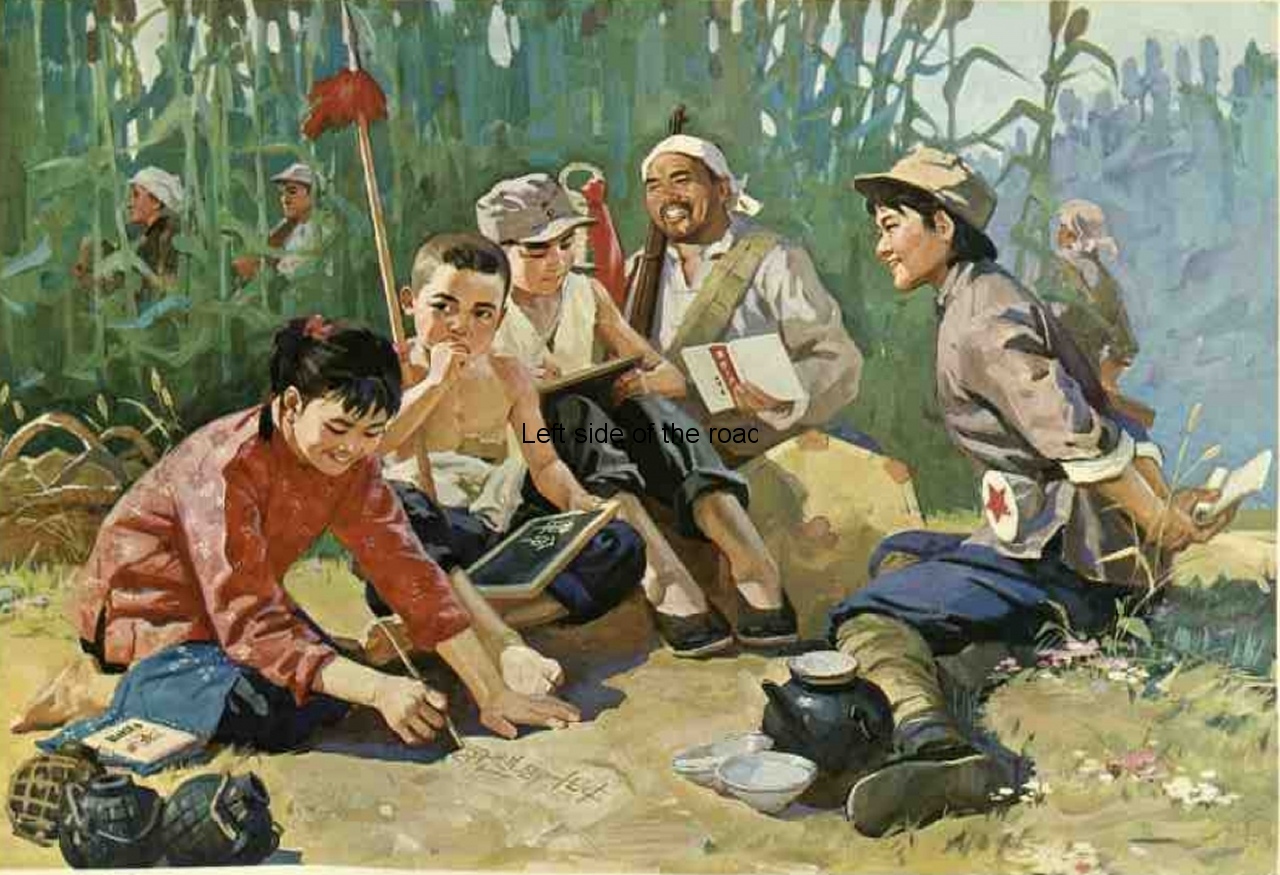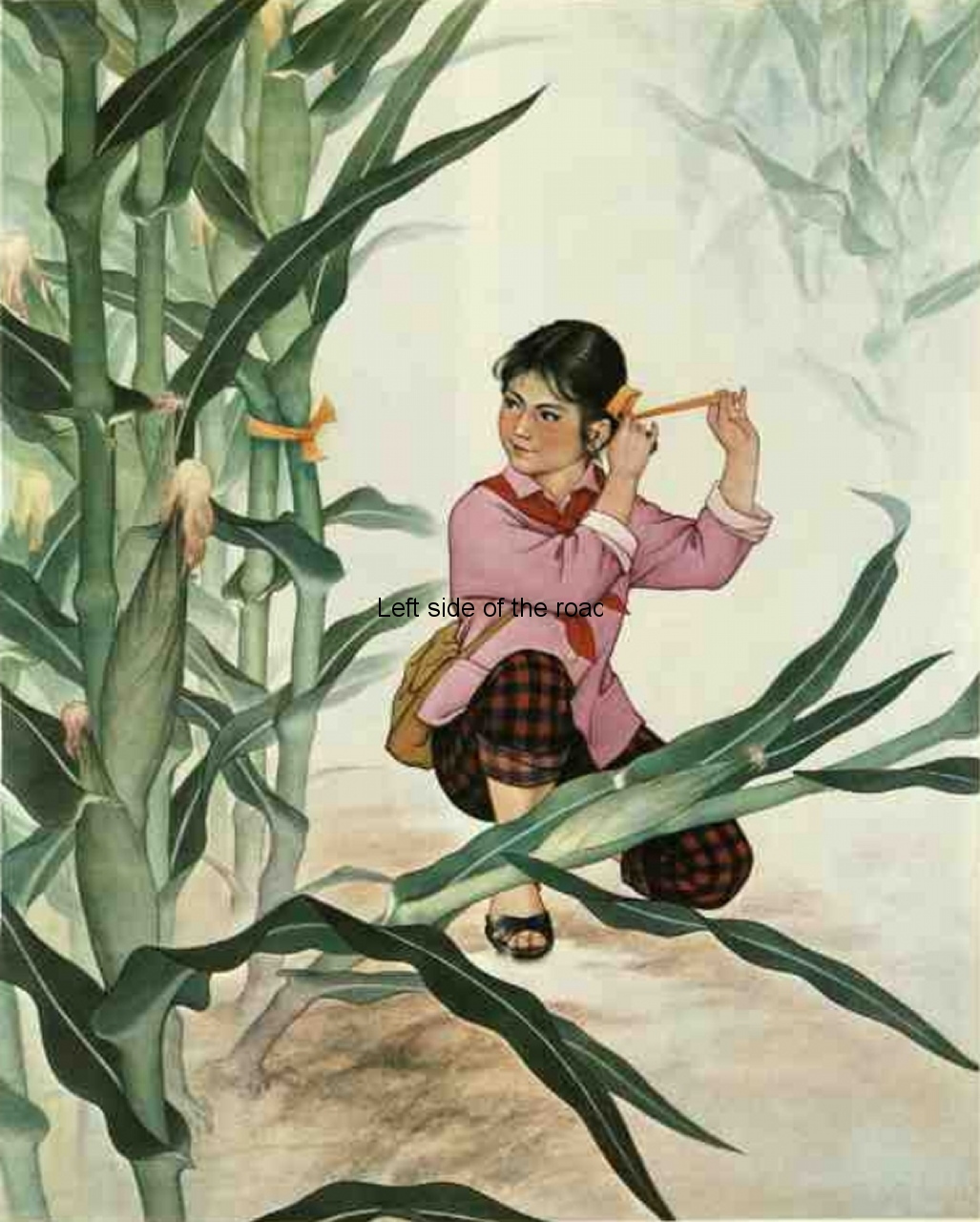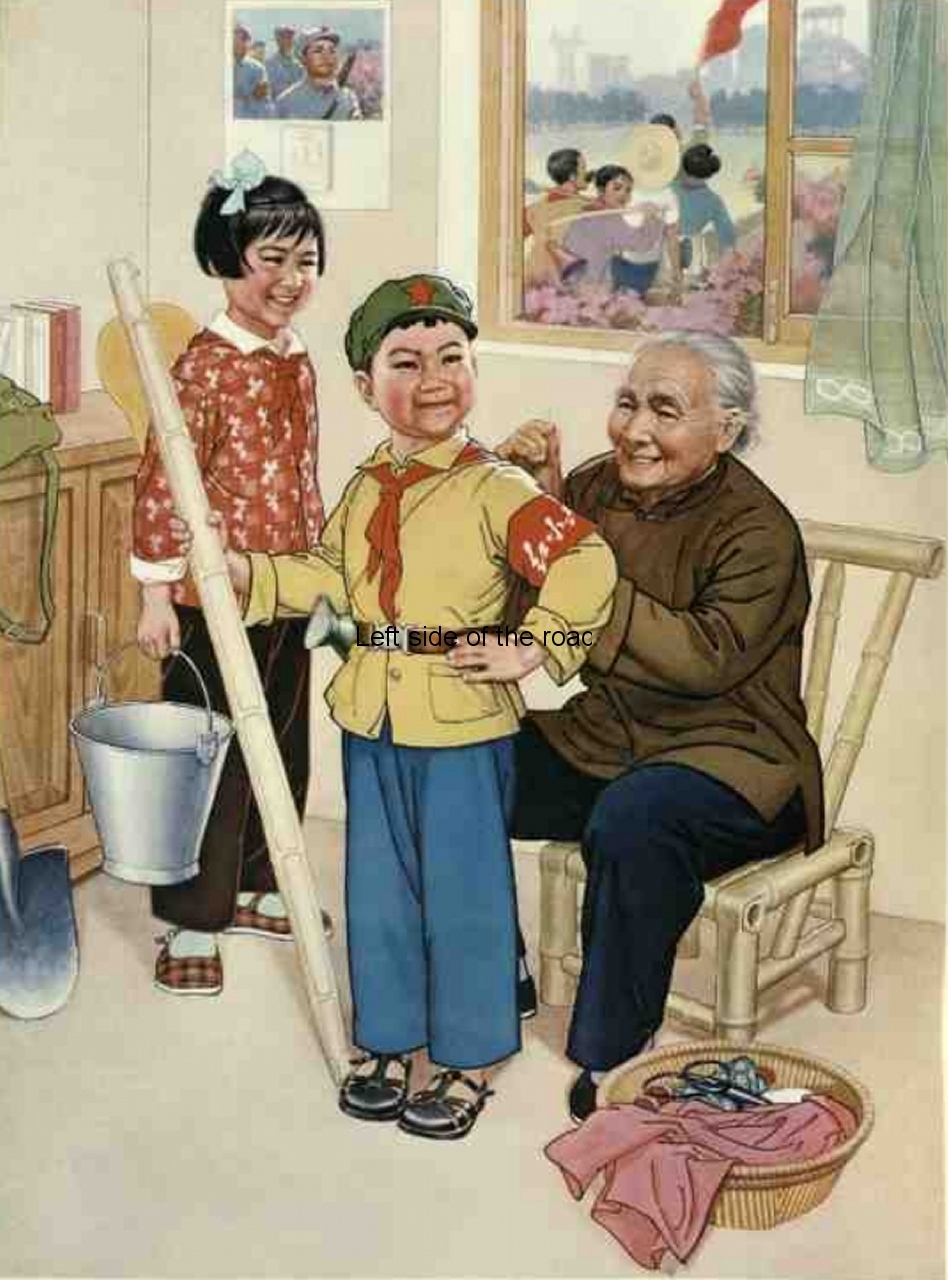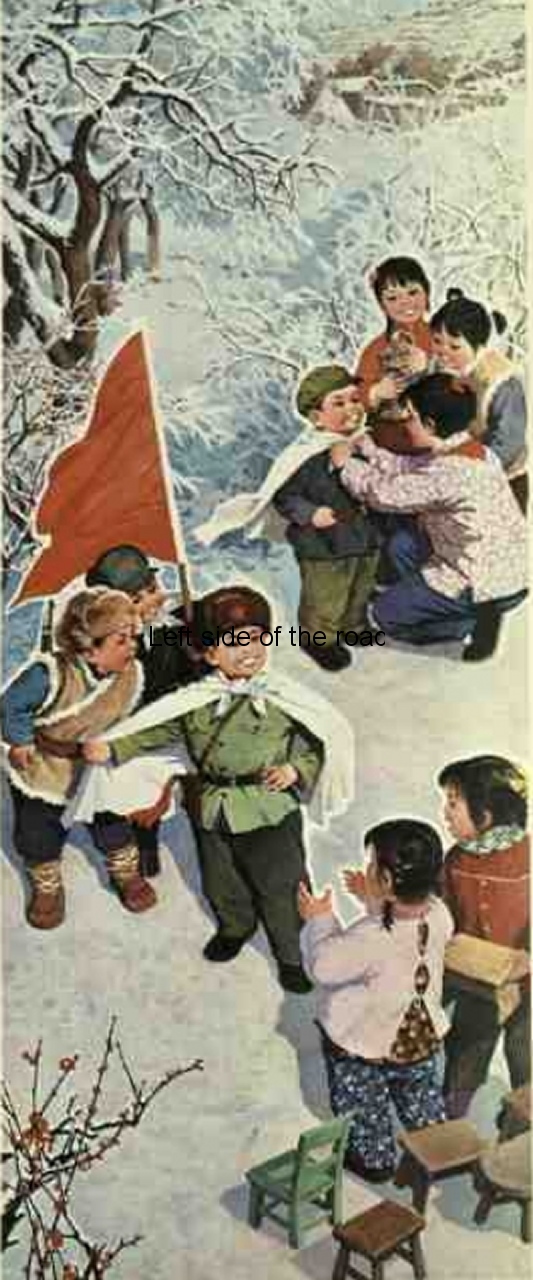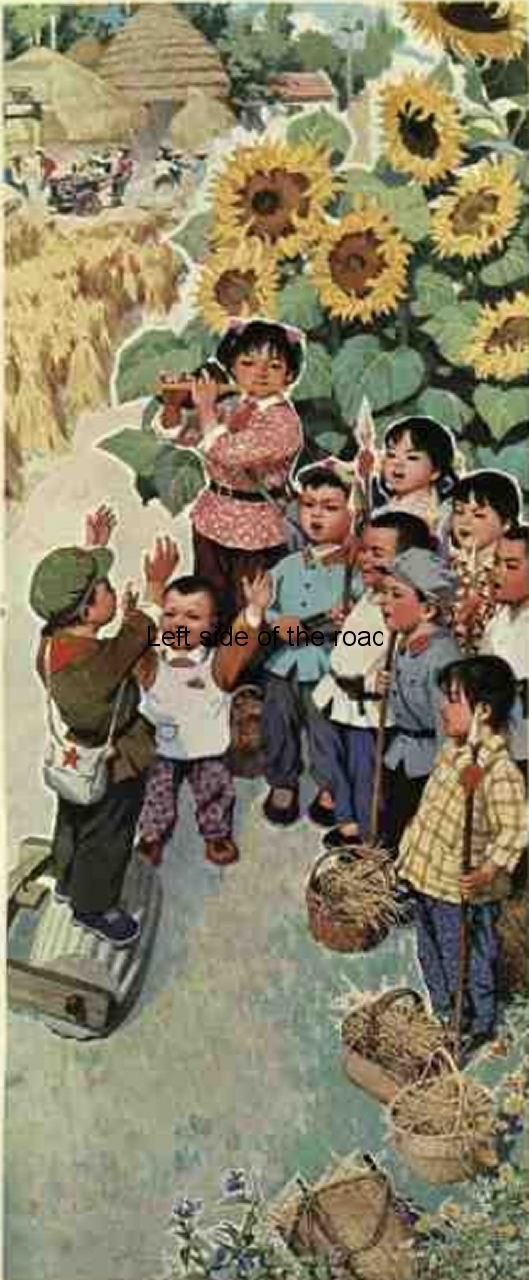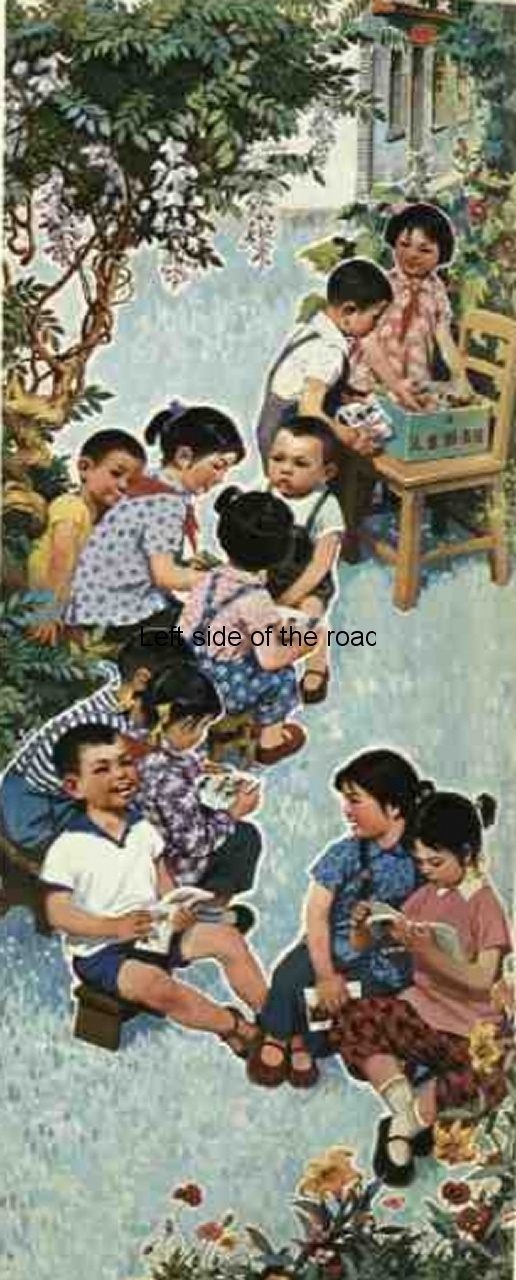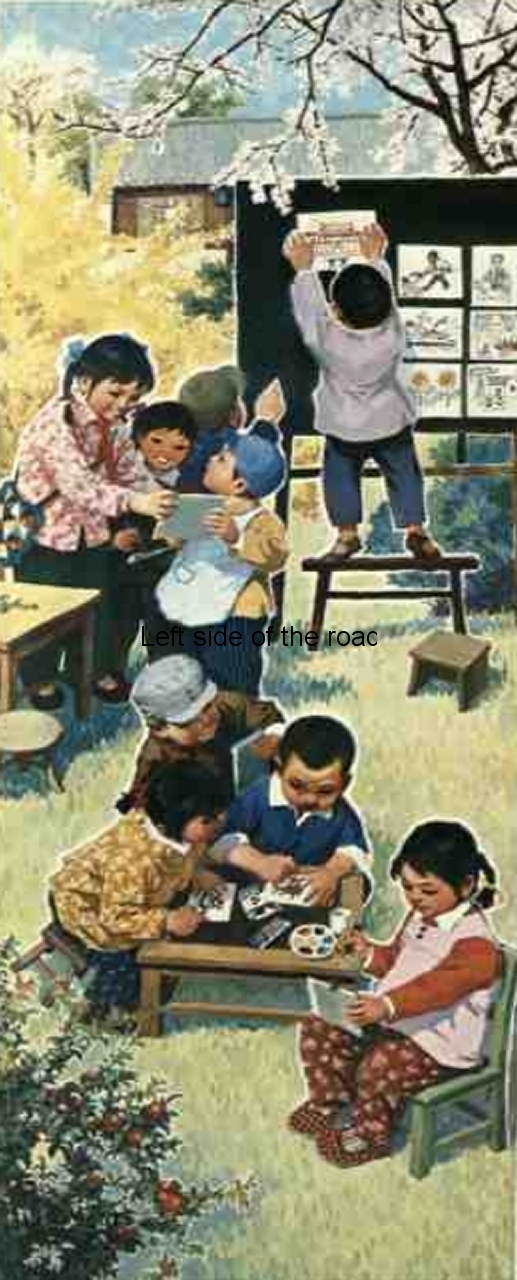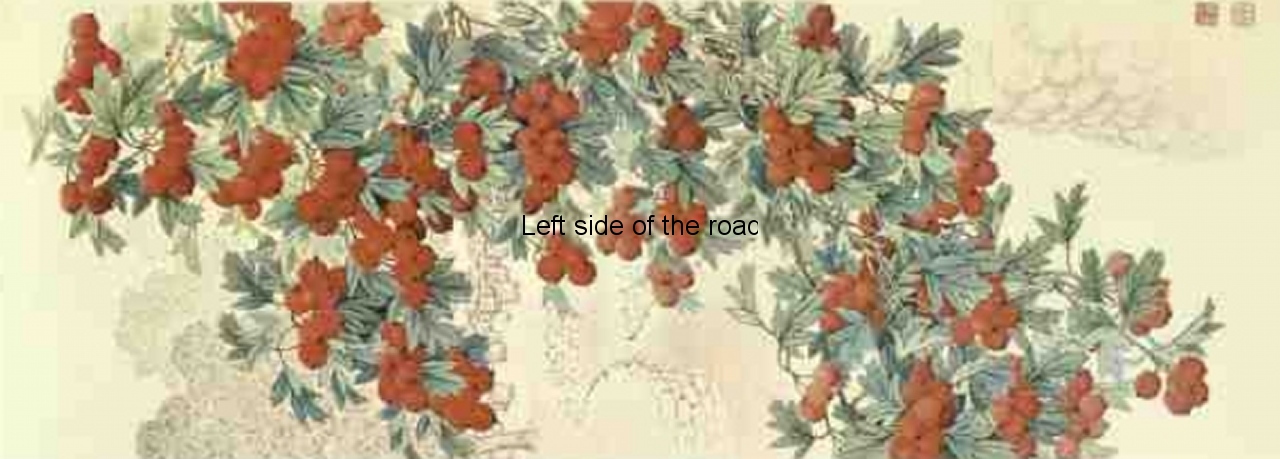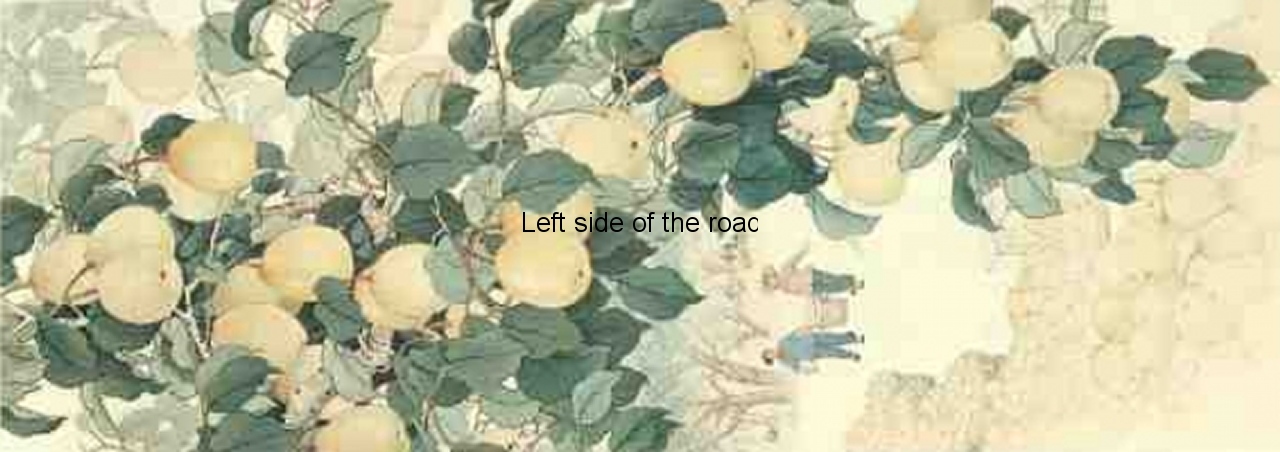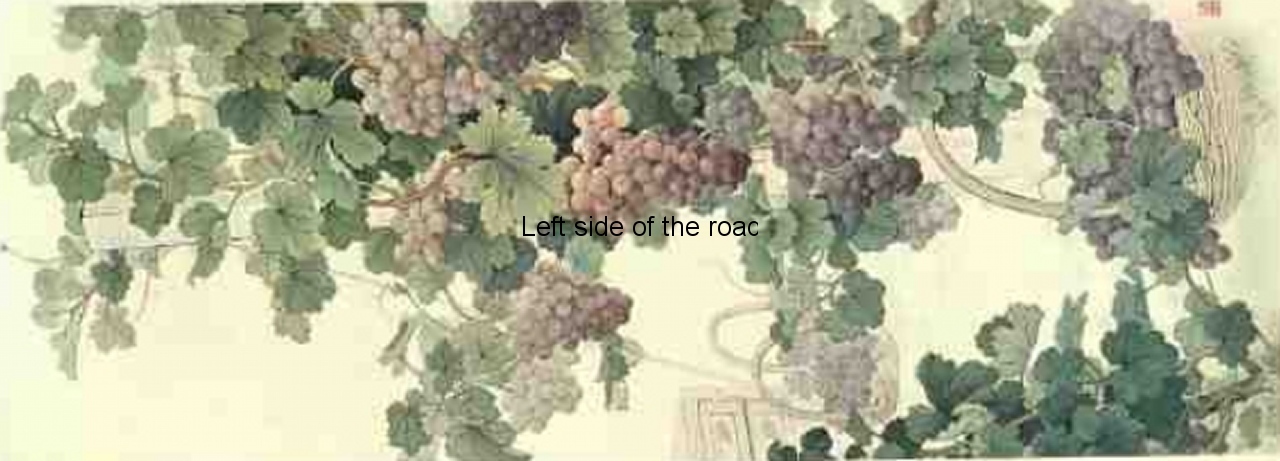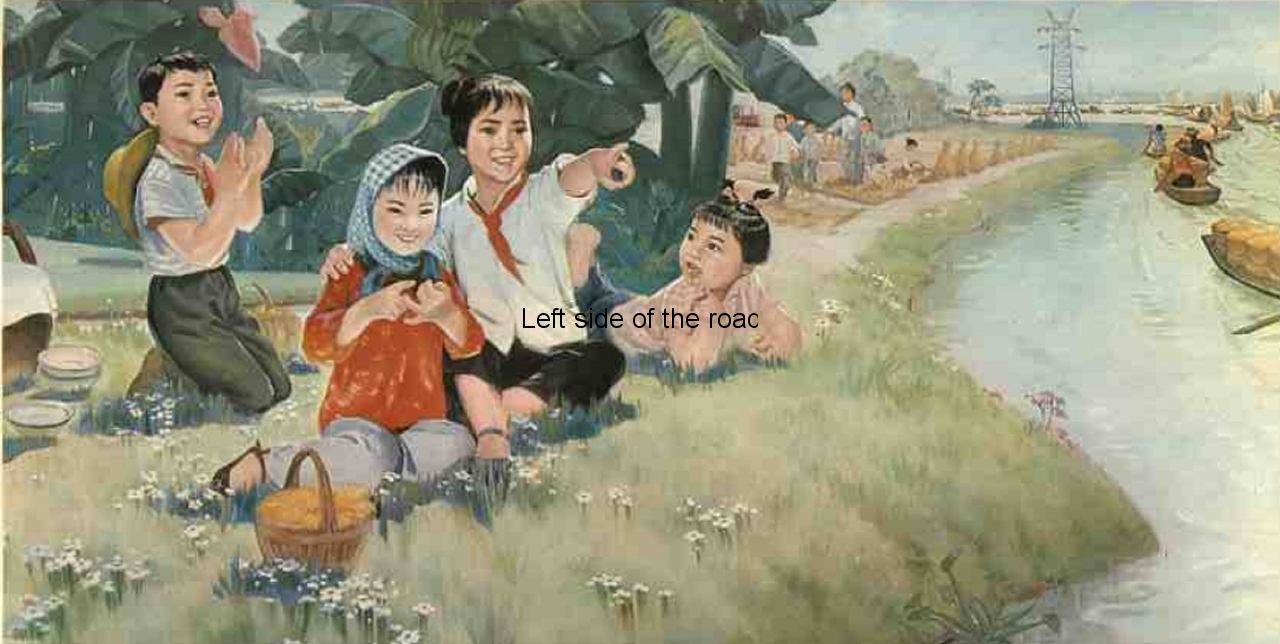
Unite for Greater Victory
More on China …..
International relations
The Socialist People’s Republic of China, under the leadership of Chairman Mao Tse-tung (Mao Zedong), was a staunch supporter of the many national liberation movements throughout the world. This all changed very soon after the death of the Chairman as the ‘capitalist-roaders’, under the leadership of Teng Hsiao-ping (Deng Xiaoping), moved the direction of the country towards one of a nationalistic, capitalist power and eventually a new imperialist force on the world stage.
However, in the years up to 1976 it was not easy for China to support the revolutionary and liberation movements int he way it would have liked. The split with the Union of Soviet Socialist Republics (USSR) in the mid-1960s – following the International Polemic – meant that China had to contend with an increasingly hostile force on its borders.
At the same time hostility from the capitalist/imperialist powers, especially the United States, meant that the People’s Republic had to steer a course through extremely dangerous waters. It wasn’t until 1971 that China was able to take its rightful place as ‘China’ in the United Nations Security Council, a battle for which China owed a great deal to the Socialist Republic of Albania, the Party of Labour of Albania and its leader Enver Hoxha.
Much was published in support of revolutionary movements throughout the world in the pages of the weekly magazine Peking Review, but material was also published in pamphlet format, some examples of which can be found below.
Friction Aids Japan, Documents of instances of friction, 1939-1940, Bulletin No 14, New China Information Committee, Chungking, 1940, 70 pages.
Documents concerning Premier Chou En-lai’s visit to India and Burma. Published as a supplement to People’s China, July 16th 1954, 7 pages.
Important documents concerning the question of Taiwan, FLP, Peking, 1955, 194 pages.
A victory for the Five Principals of Peaceful Coexistence – important documents on the Settlement of the Sino-Burmese Boundary Question through friendly negotiation and on the development of friendly relations between China and Burma, FLP, Peking, 1960, 57 pages.
Support the patriotic and just struggle of the Turkish People, FLP, Peking, 1960, 28 pages.
The Sino-Indian Boundary Question, FLP, Peking, 1962, 134 pages.
Map 1
Map 2
Map 3
Map 4
Map 5
Reference Map 1
Reference Map 2a
Reference Map 2b
Reference Map 3
Reference Map 4
Reference Map 5
Reference Map 6 – notes
Reference Map 6a
Reference Map 6b
Who will win in South Viet Nam? Nguyen Chi Thanh, FLP, Peking, 1963, 11 pages. This is a translation of an article written by Nguyen Chi Thanh, member of the Central Political Bureau of the Workers’ Party of Viet Nam. The original article appeared in the July 1963 issue of Hoc Tap (Study), the theoretical political journal of the Central Committee of the Workers’ Party of Viet Nam.
Peace or Violence, Vietnam Workers’ Party, FLP, Peking, 1963, 33 pages.
Break Nuclear Monopoly – Eliminate Nuclear Weapons, FLP, Peking, 1965, 29 pages.
People of Vietnam will triumph, US Aggressors will be defeated, No 1, FLP, Peking, 1965, 56 pages.
People of Vietnam will triumph, US Aggressors will be defeated, No 3, FLP, Peking, 1966, 64 pages.
Advance along the road opened up by the October Socialist Revolution, in commemoration of the 50th Anniversary of the Great October Socialist Revolution, FLP, Peking, 1967, 27 pages.
The Chinese People firmly support the Arab People’s struggle against aggression, FLP, Peking, 1967, 53 pages.
Opposing the Sanguinary Atrocities Perpetrated by the Portuguese Imperialists in Macao, Macao Daily News, 1st September 1967, 110 pages.
People of Indonesia Unite and Fight to Overthrow The Fascist Regime, FLP, Peking, 1968, 56 pages. This pamphlet contains the editorial of Hongqi (Red Flag) magazine, No 11, 1967 – ‘People of Indonesia unite and fight to overthrow the Fascist regime’ and excerpts from the Statement of the Political Bureau of the Central Committee of the Indonesian Communist Party on August 17th 1966 and the Self-Criticism it endorsed in September. The two Indonesian documents were published respectively in the No. 1 and No 3 issues of Indonesian Tribune. The Hongqi editorial is a detailed commentary on the two documents.
Down with the New Tsars! Soviet Revisionists’ Anti-China atrocities on the Heilung and Wusuli Rivers, 1969, FLP, Peking, 1969, 76 pages.
Irresistible Historical Trend, FLP, Peking, 1971, 47 pages. Declarations, announcements and commentaries surrounding the People’s Republic of China being officially recognised as the true and only representative of the Chinese people in International fora such as the United Nations.
A New Page in the Annals of Sino-Japanese Relations, FLP, Peking, 1972, 26 pages. A celebration of a time when relations between Japan and the Socialist People’s Republic of China were developing on a basis of mutual respect and friendship, 1972.
Unite the Many, Defeat the Few, China’s revolutionary line in foreign affairs, Jack A Smith, a Guardian (USA) pamphlet, 1972, 38 pages. ‘The People’s Republic of China has become an important voice in international affairs in recent years. But it’s not just another voice or even another important voice. Because people’s China is the world’s most populous country, because it’s part of the undeveloped third world and because it is a revolutionary country. Peking’s entry into the world political arena is an event of historic magnitude.’
A view from the United States newspaper The Guardian, 1972
Speech by Chiao Kuan-hua of the PRC at the Plenary Meeting of the 27th Session of the UN General Assembly, FLP, Peking, 1972, 32 pages.
Expose the US and Japanese reactionaries’ plot to resurrect the dead past, FLP, Peking, 1972, 65 pages.
Welcome the Signing of the Paris Agreement on Viet Nam, FLP, Peking, 1973, 37 pages.
‘The Chinese people heartily rejoice at the victory of the Vietnamese people as they would at their own. The tenacious revolutionary spirit and dauntless heroism you displayed in your protracted war of resistance have won you the admiration and praise of the people of the whole world.’ Chairman Mao
Speech by Chiao Kuan-hua, Chairman of the Delegation of the PRC, at the Plenary Meeting of the 28th Session of the UN General Assembly, 1973, FLP, Peking, 1973, 32 pages.
Speech by the Chairman of the delegation of the People’s Republic of China, Teng Hsiao-Ping, at the special session of the UN General Assembly, FLP, Peking, 1974, 48 pages. (In both Chinese and English.)
Fighting Cambodia, Reports of the Chinese journalists delegation to Cambodia, FLP, Peking, 1975, 60 pages.
‘To win the independence and liberation of their motherland, the Cambodian people courageously took up arms and waged a protracted war against U.S. Imperialism and its lackey, the Lon Nol traitorous clique. In five years and one month of arduous fighting, they totally annihilated the enemy forces, scoring a historic victory. An independent, peaceful, neutral and flourishing new Cambodia has arisen.’
Great Victory of the Cambodian People, Warmly congratulating the Patriotic Cambodian Armed Forces and People on the Liberation of Phnom Phen and All Cambodia, FLP, Peking, 1975, 36 pages.
Chinese-Korean Friendship – deep-rooted and flourishing, The Party and Government Delegation of the Democratic People’s Republic of Korea visits China, 1975, FLP, Peking, 1975, 67 pages.
Speech by Chiao Kuan-hua, Chairman of the Delegation of the PRC, at the Plenary Meeting of the 30th Session of the UN General Assembly, 1975, FLP, Peking, 1975, 40 pages.
The Vietnamese People’s Great Victory, warm congratulations to the South Vietnamese people on the liberation of Saigon and all South Viet Nam, FLP, Peking, 1975, 52 pages.
A Brief History of the United States, Shih Chan, Chinese Translation Group, Berkeley, California, 1976, 43 pages. English translation of a group of pamphlets produced in China in 1972.
Chairman Mao’s Theory of the Differentiation of the Three Worlds is a Major Contribution to Marxism-Leninism, Editorial Department of Renmin Ribao (People’s Daily), November 1 1977, FLP, Peking, 1977, 79 pages. A very early attempt to strip Marxism-Leninism-Maoism of its revolutionary core.
Open letter of the Revolutionary Communist Party of Chile to the Communist Party of China, Norman Bethune Institute, Toronto, 1978, 49 pages. Digital reprint from 2004. An early attack upon the counter-revolutionary coup in China after the death of Chairman Mao.
On Vietnam’s Expulsion of Chinese Residents, FLP, Peking, 1978, 222 pages. The revisionist and capitalist-roaders excuse for their war of aggression against the people of Vietnam.
China’s Road to the Korean War, Chen Jian, Columbia University Press, New York, 1994, 339 pages. [A view from the ‘west’.]
More on China …..


